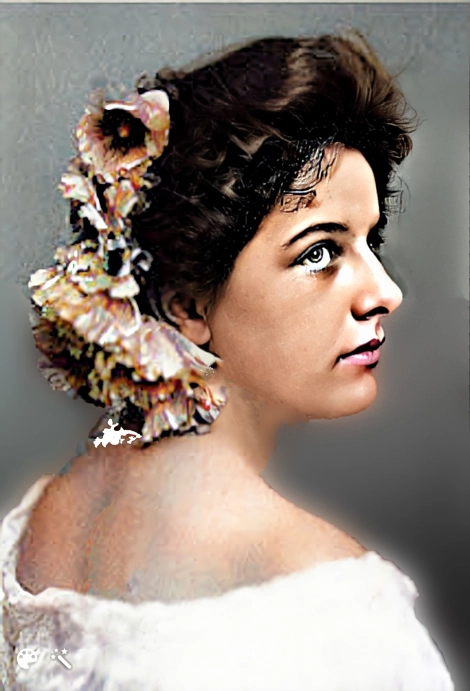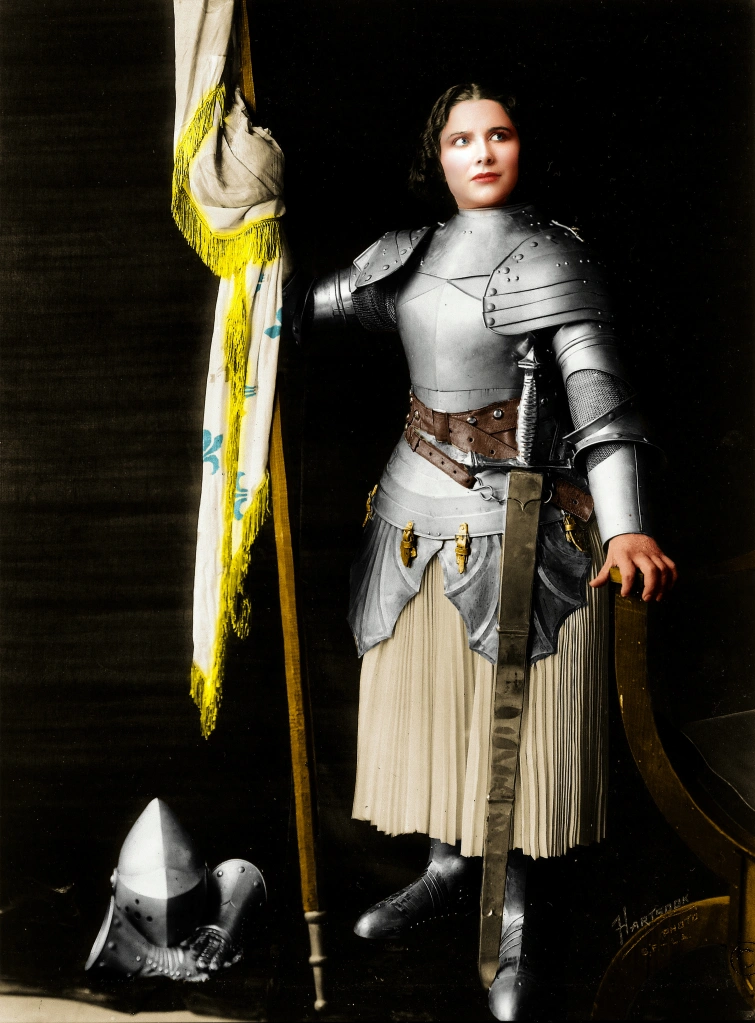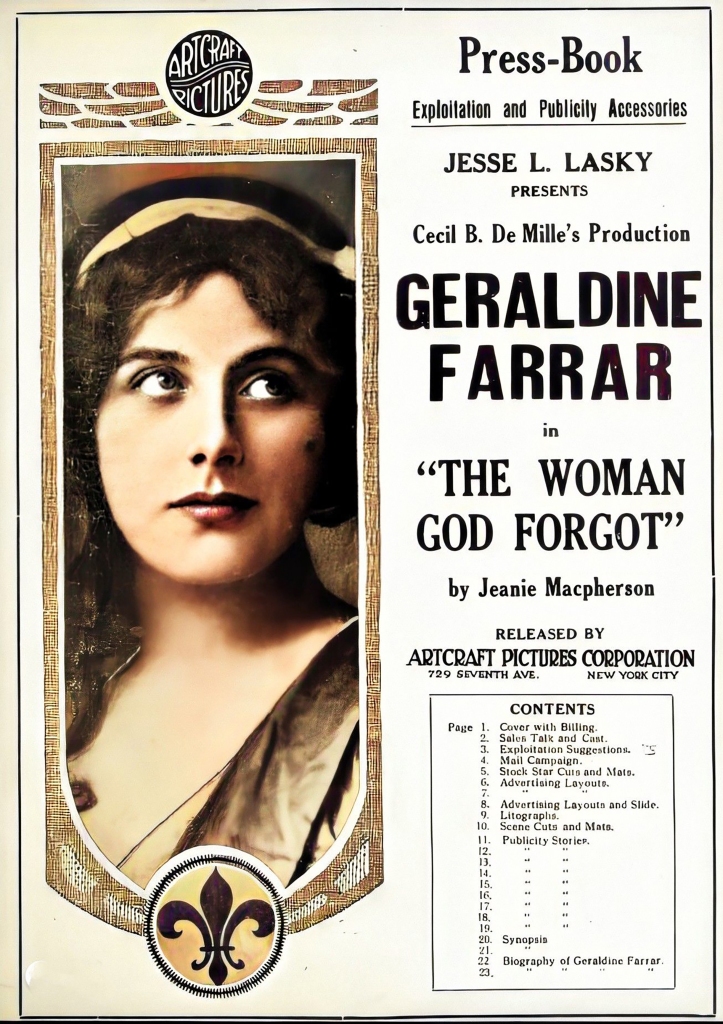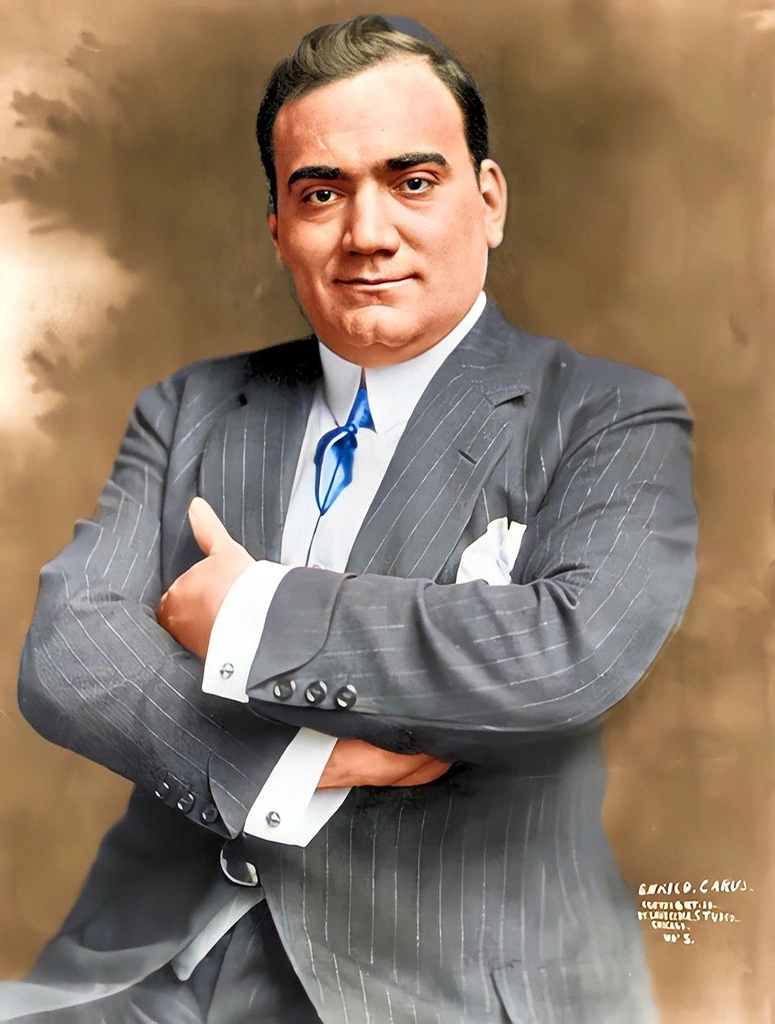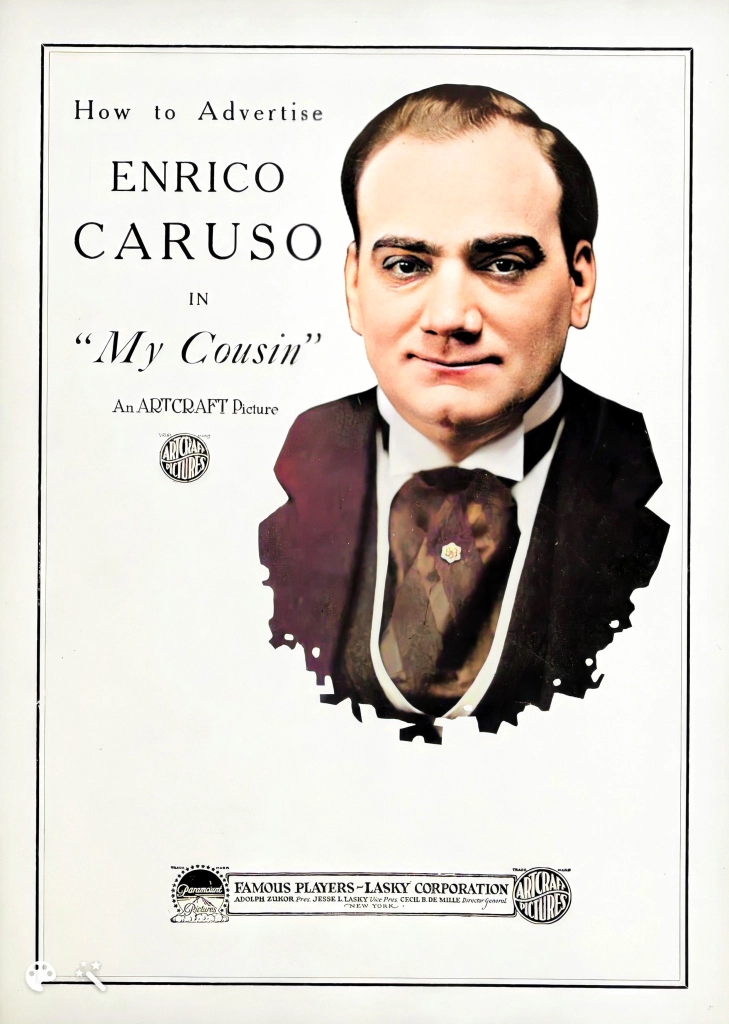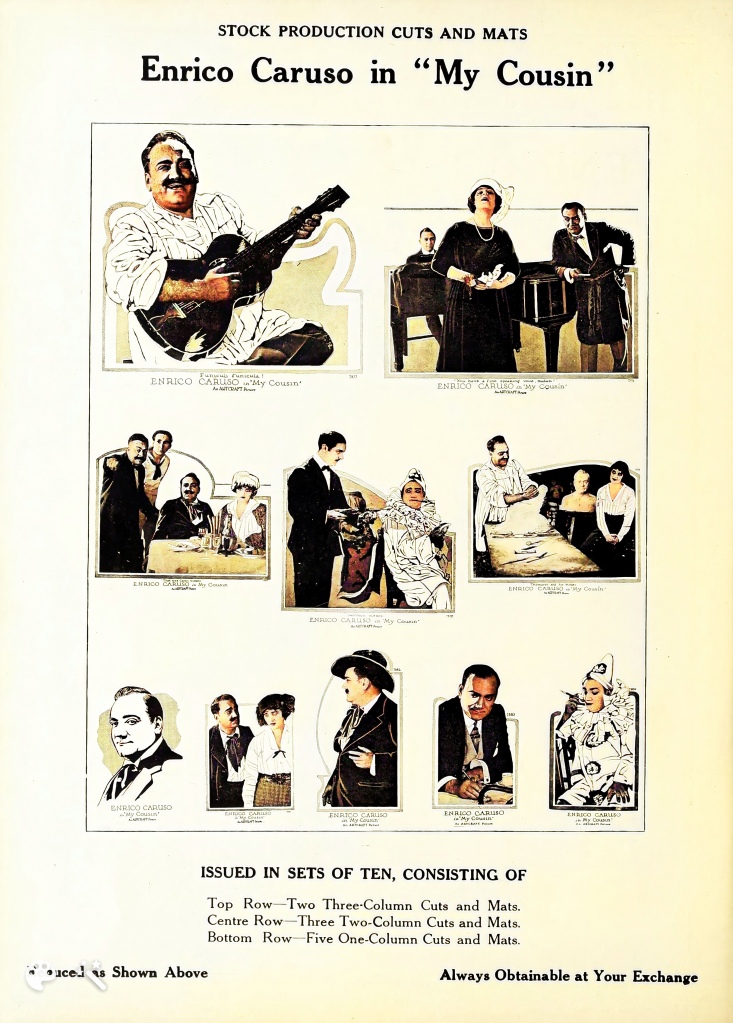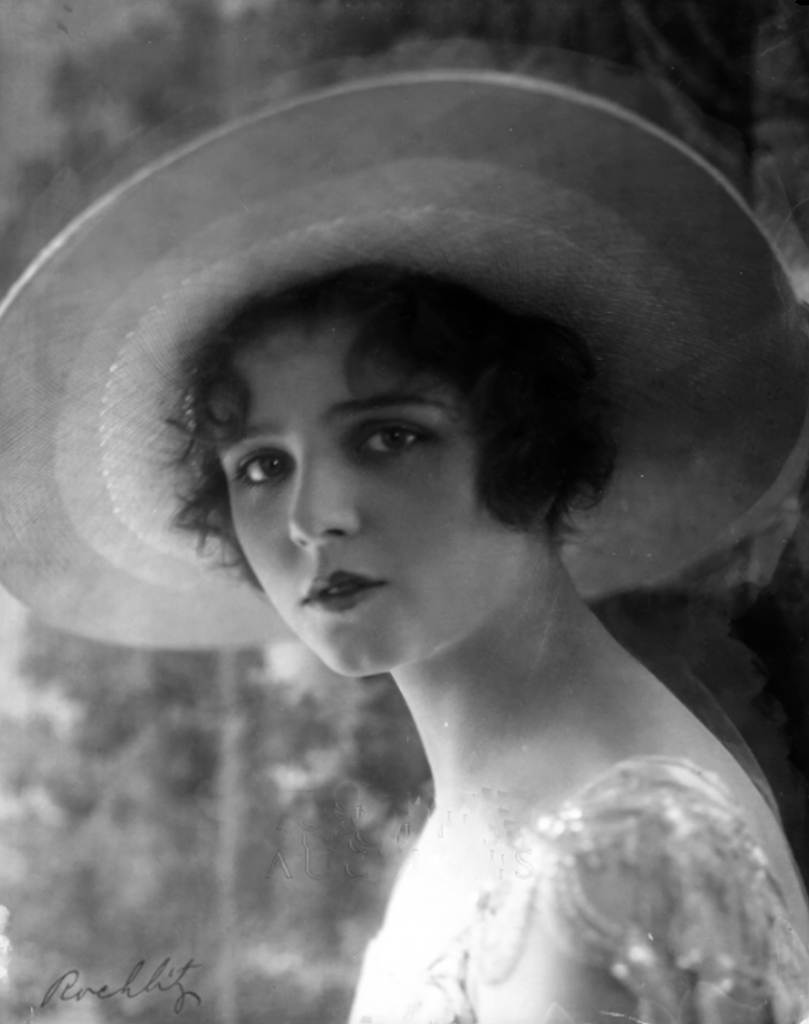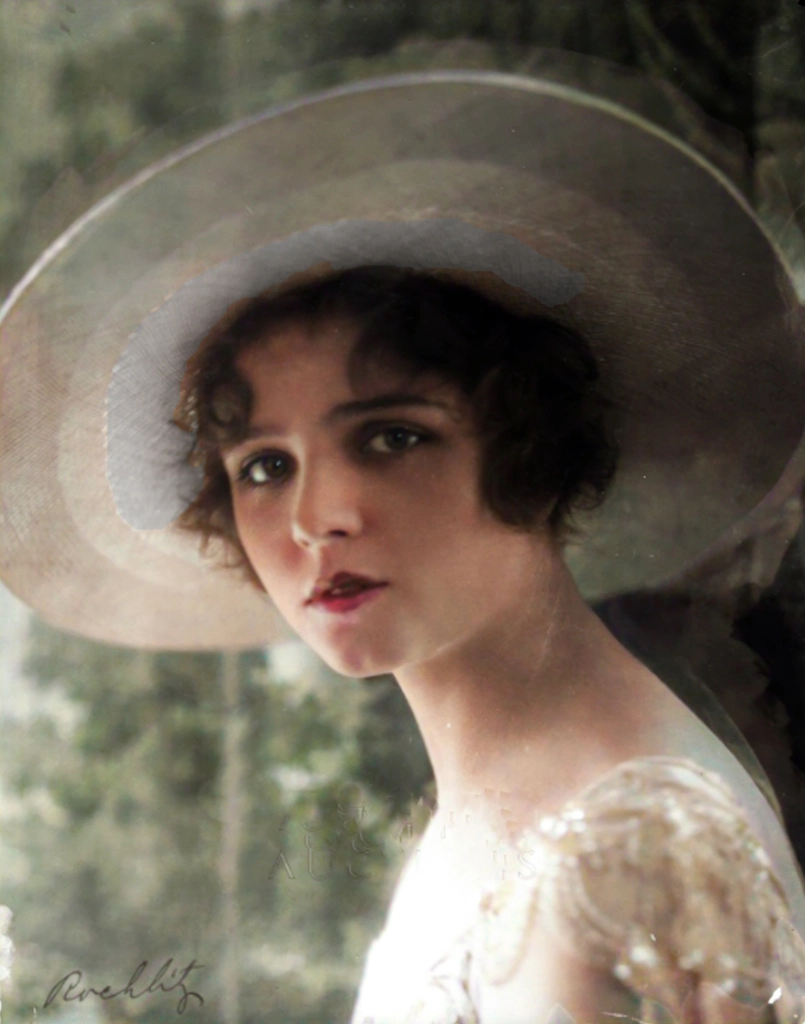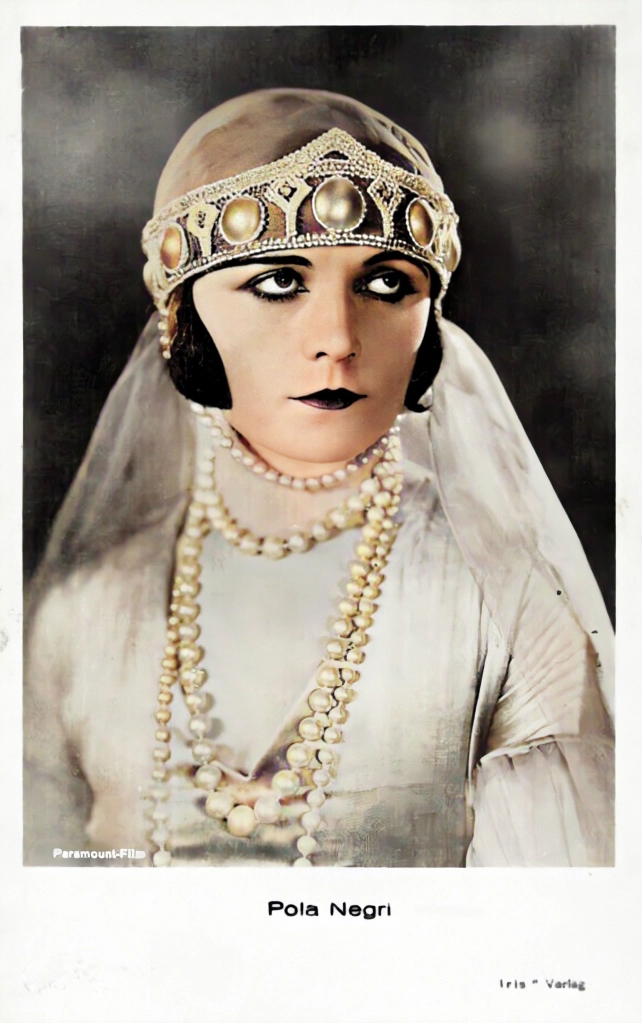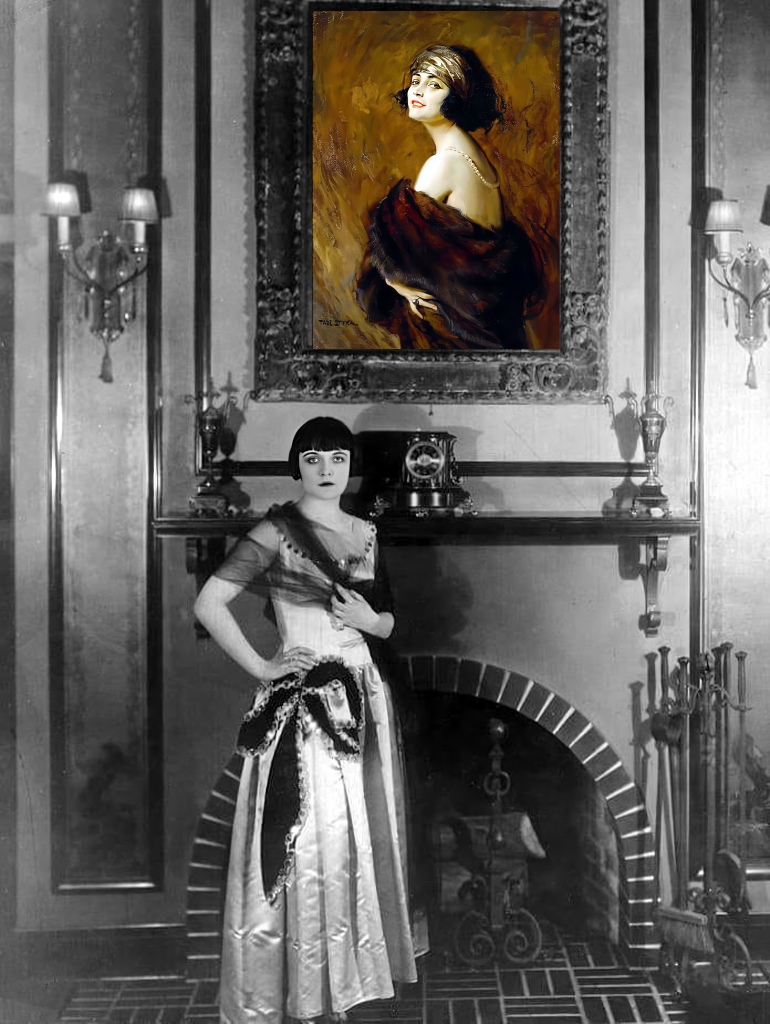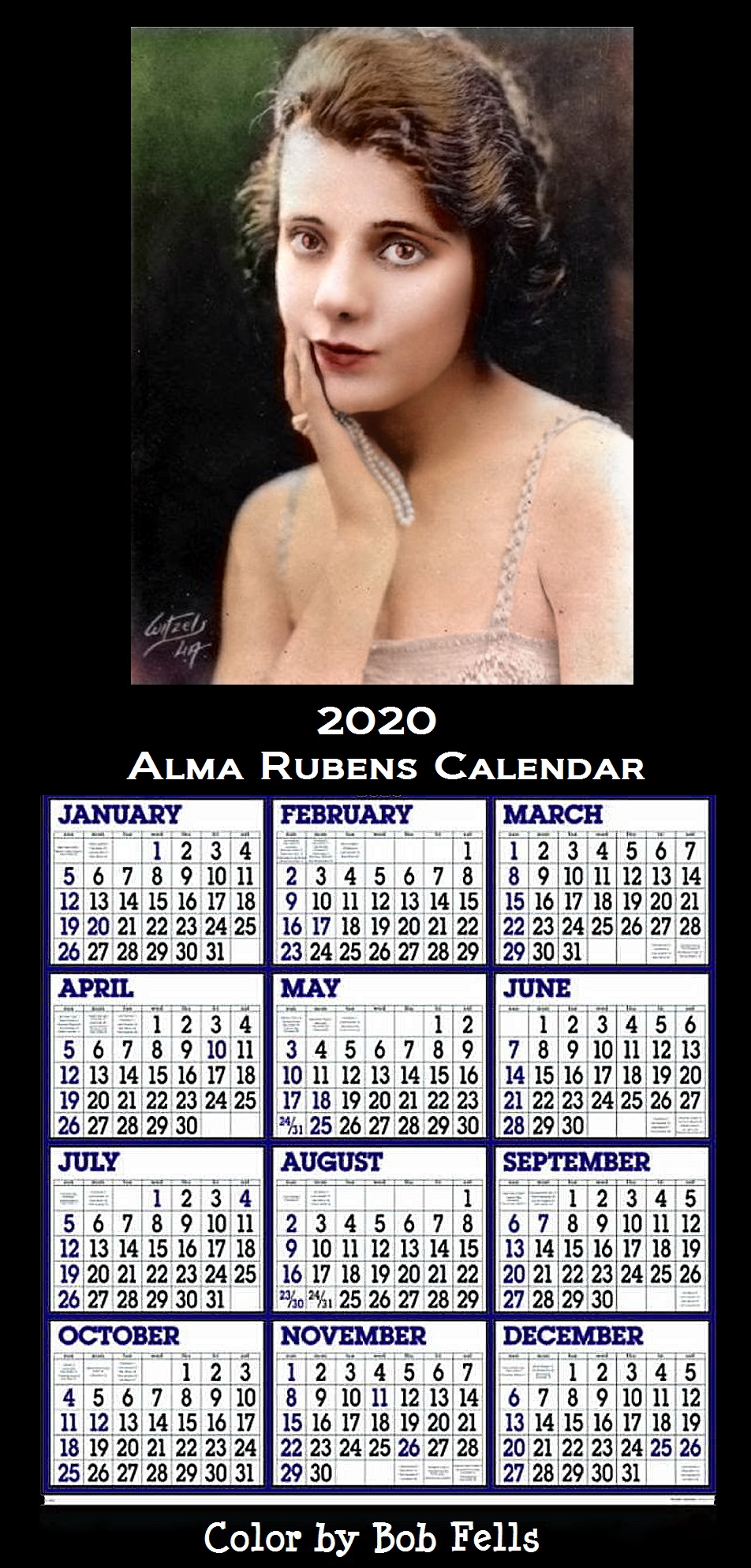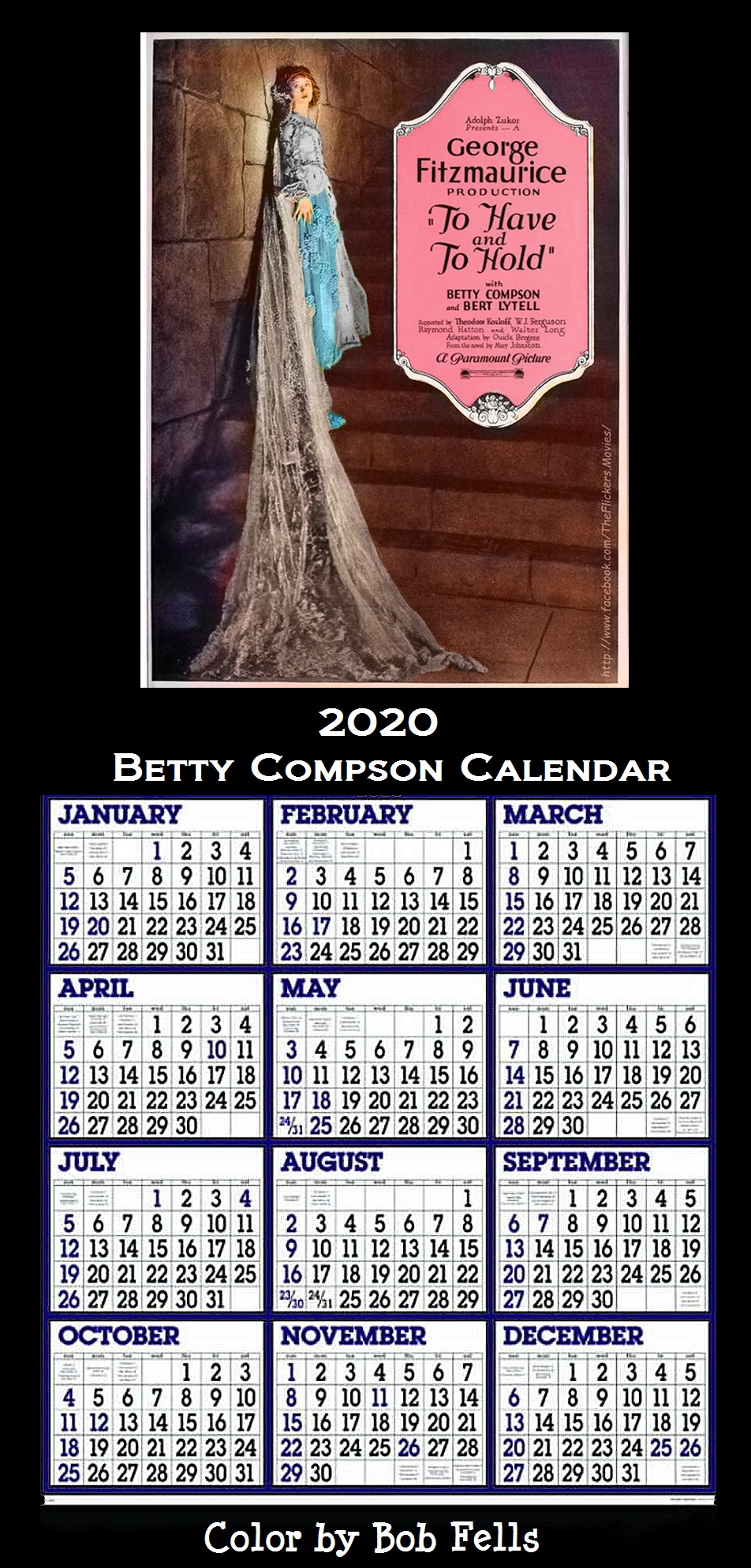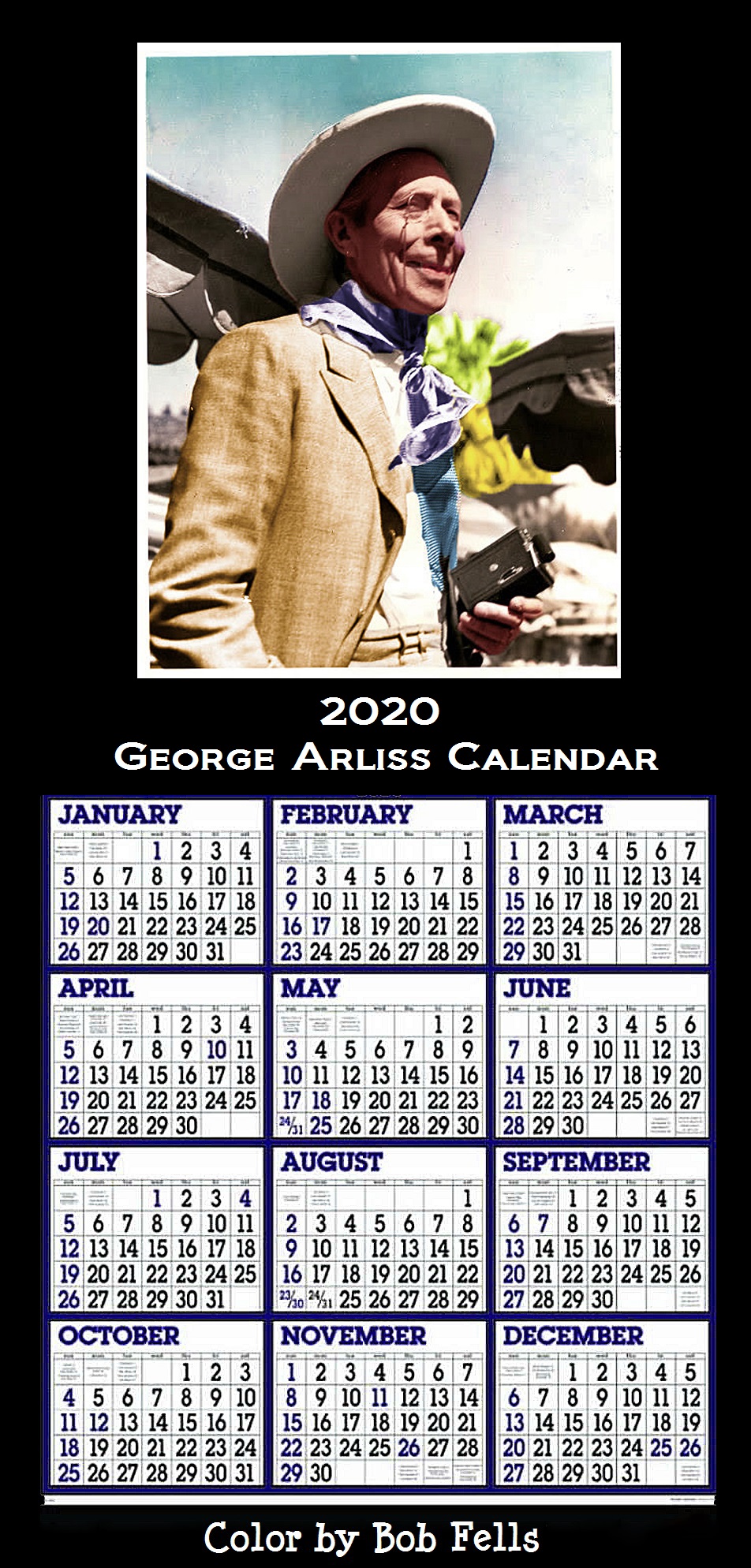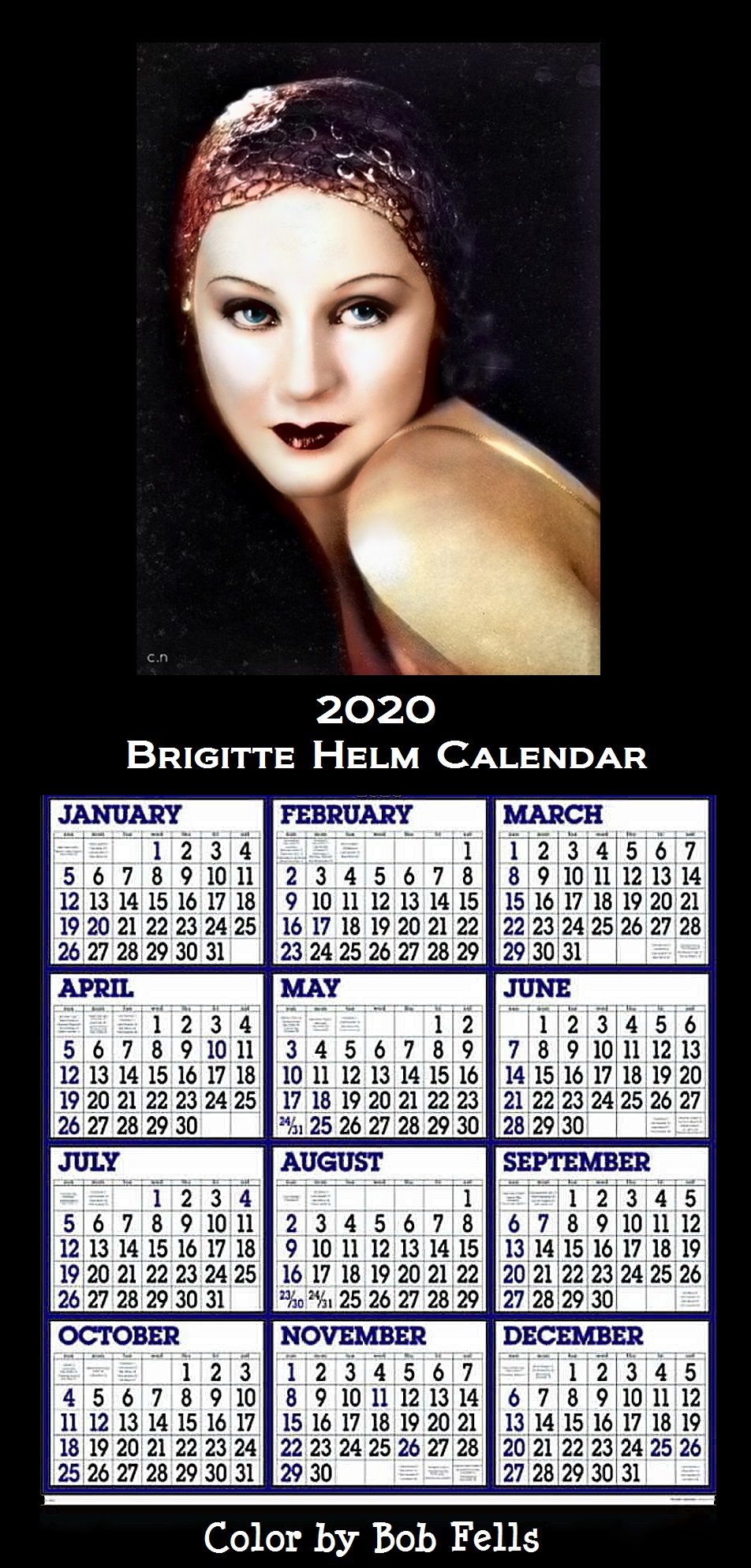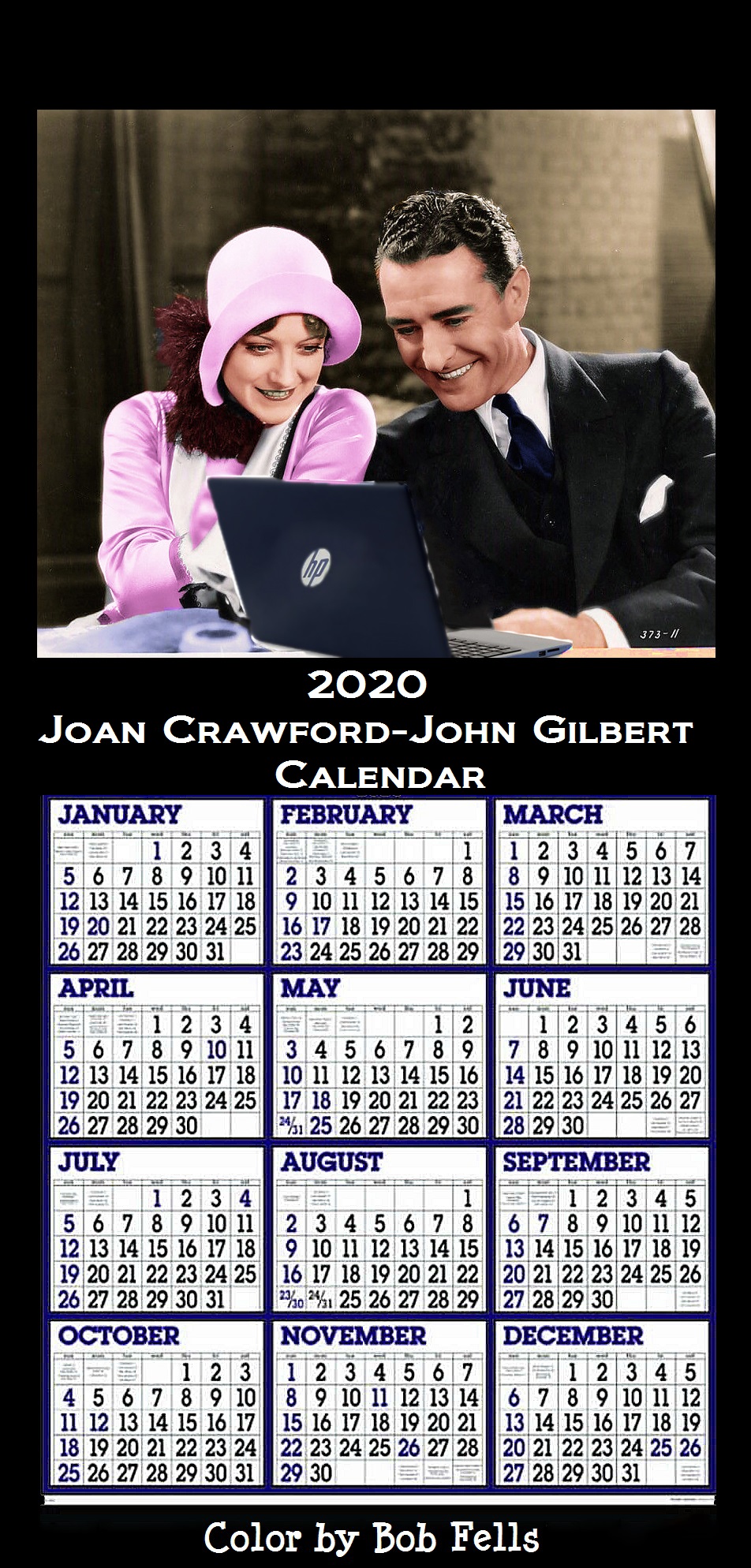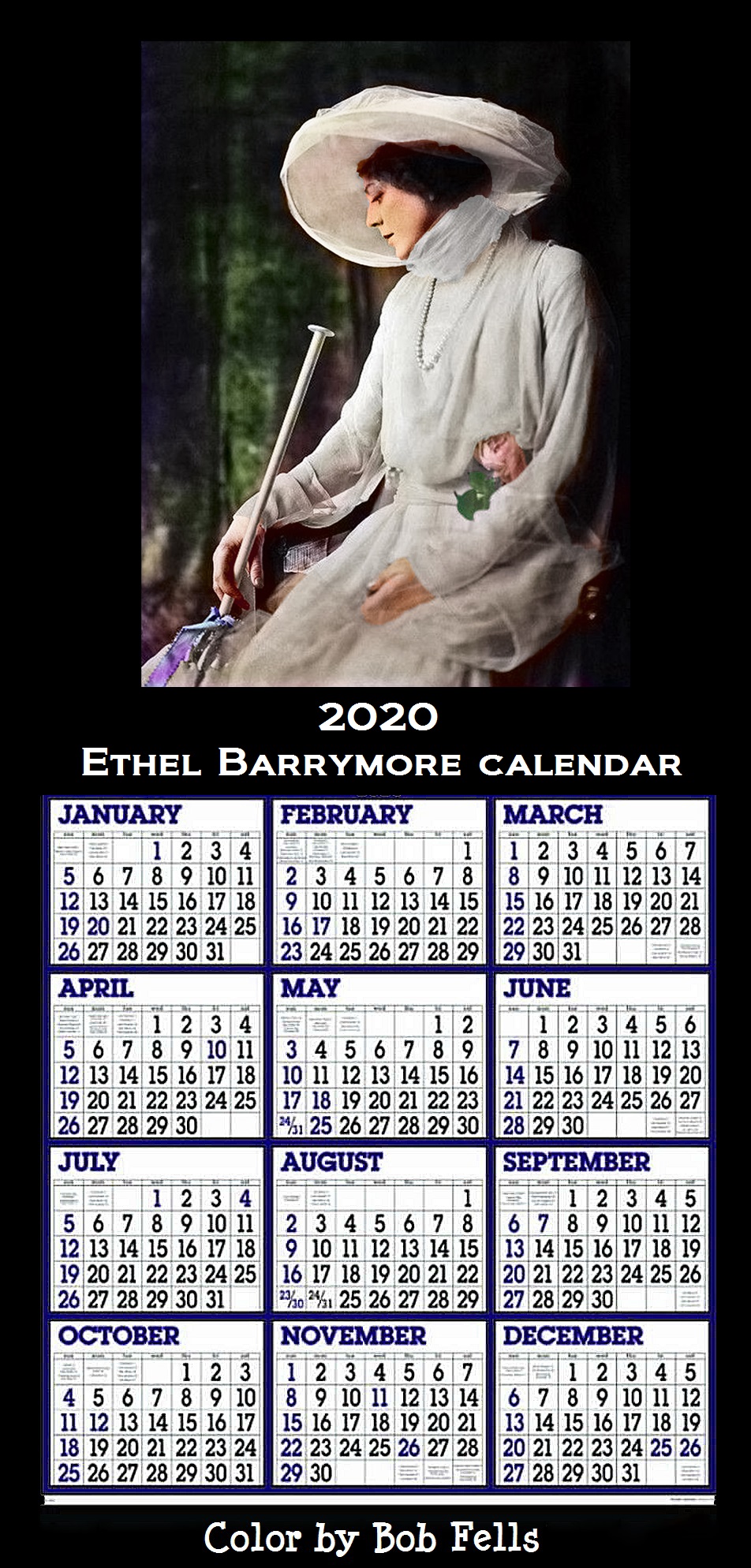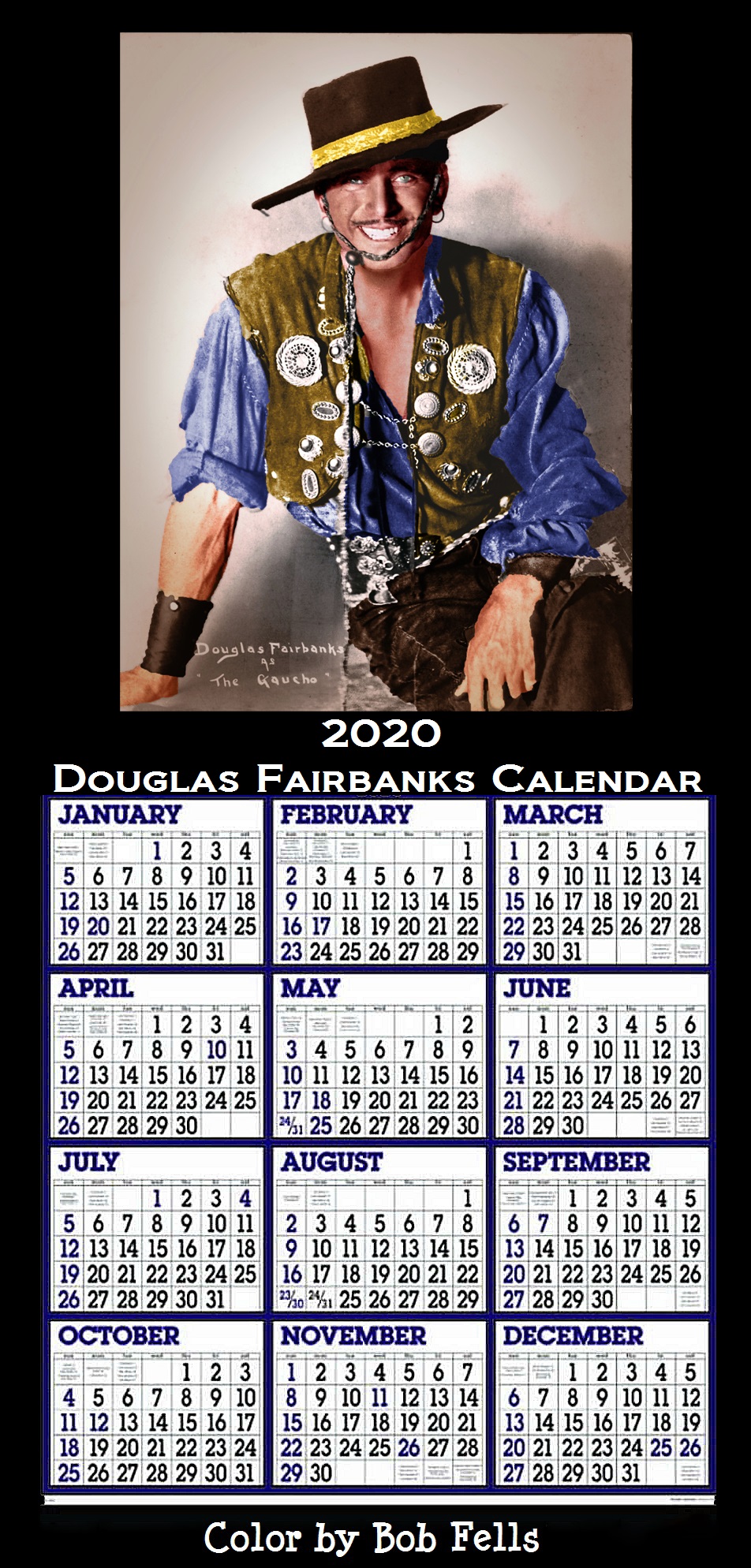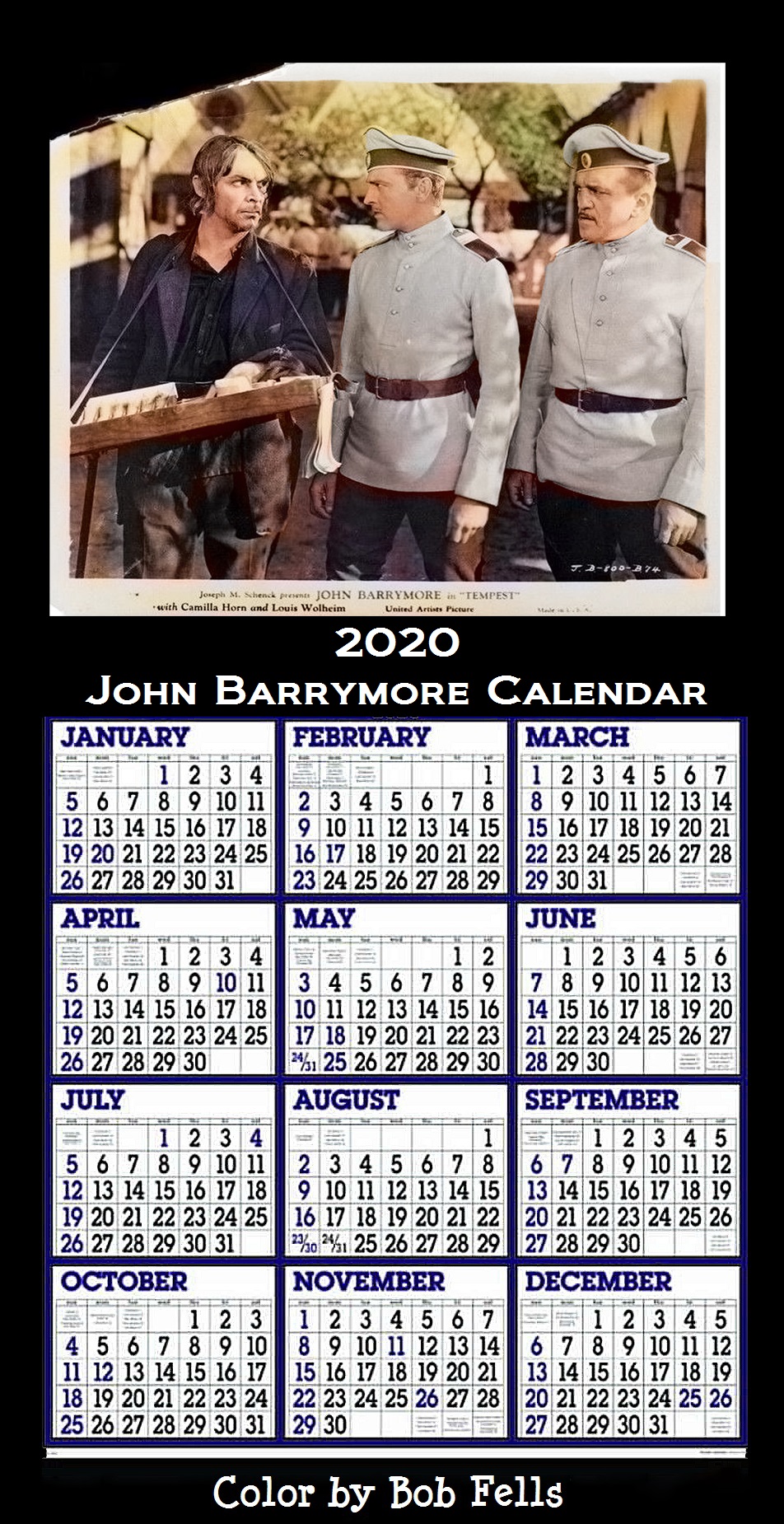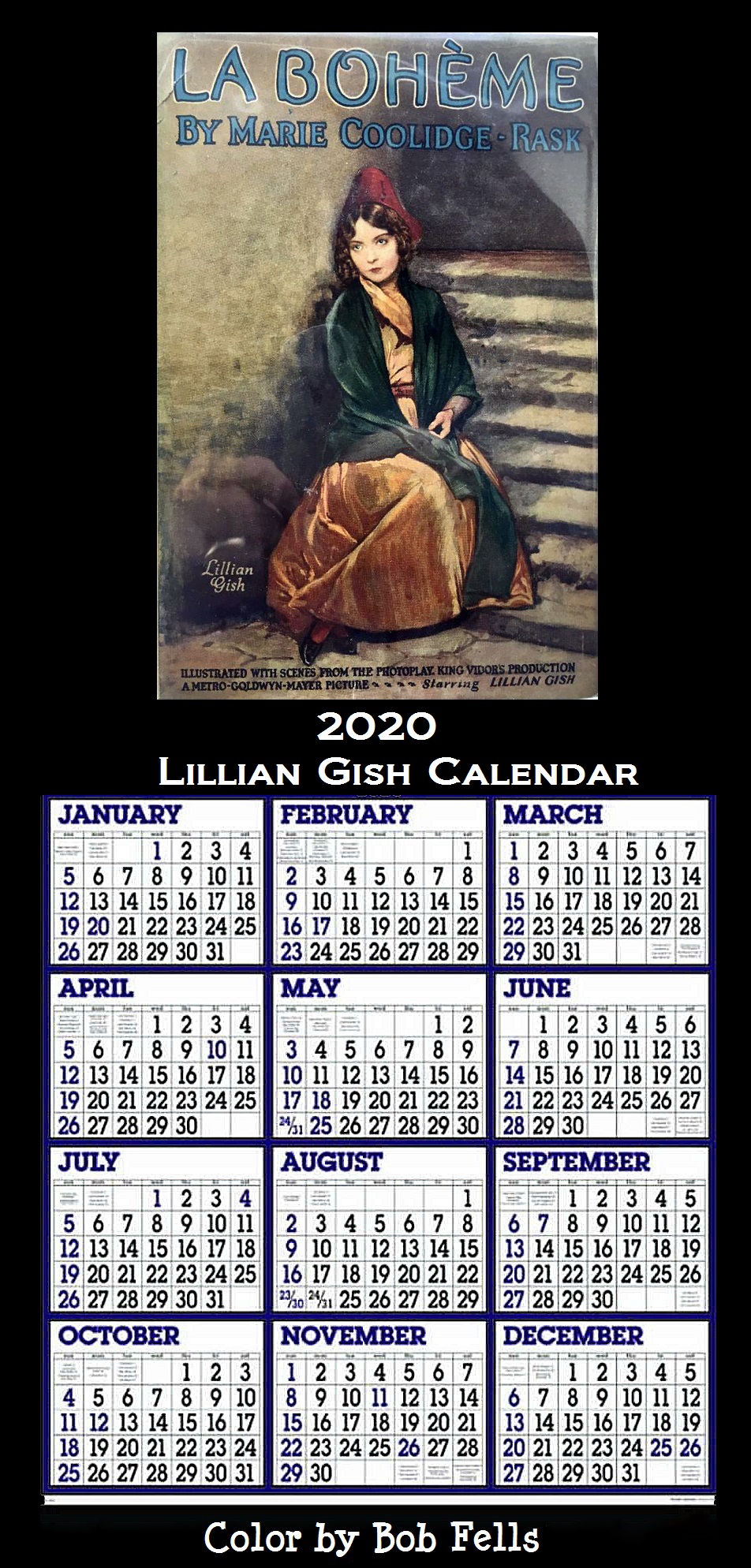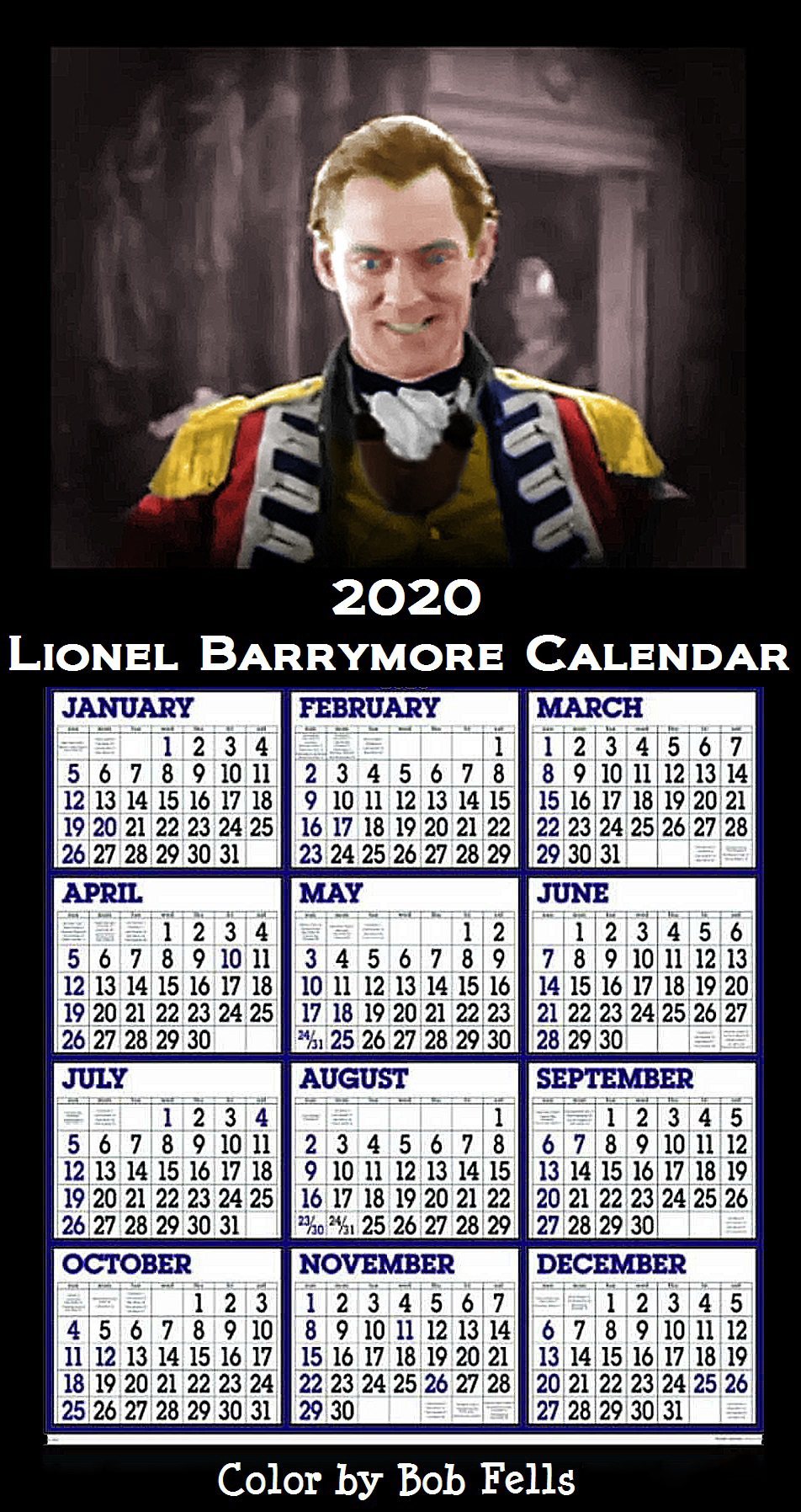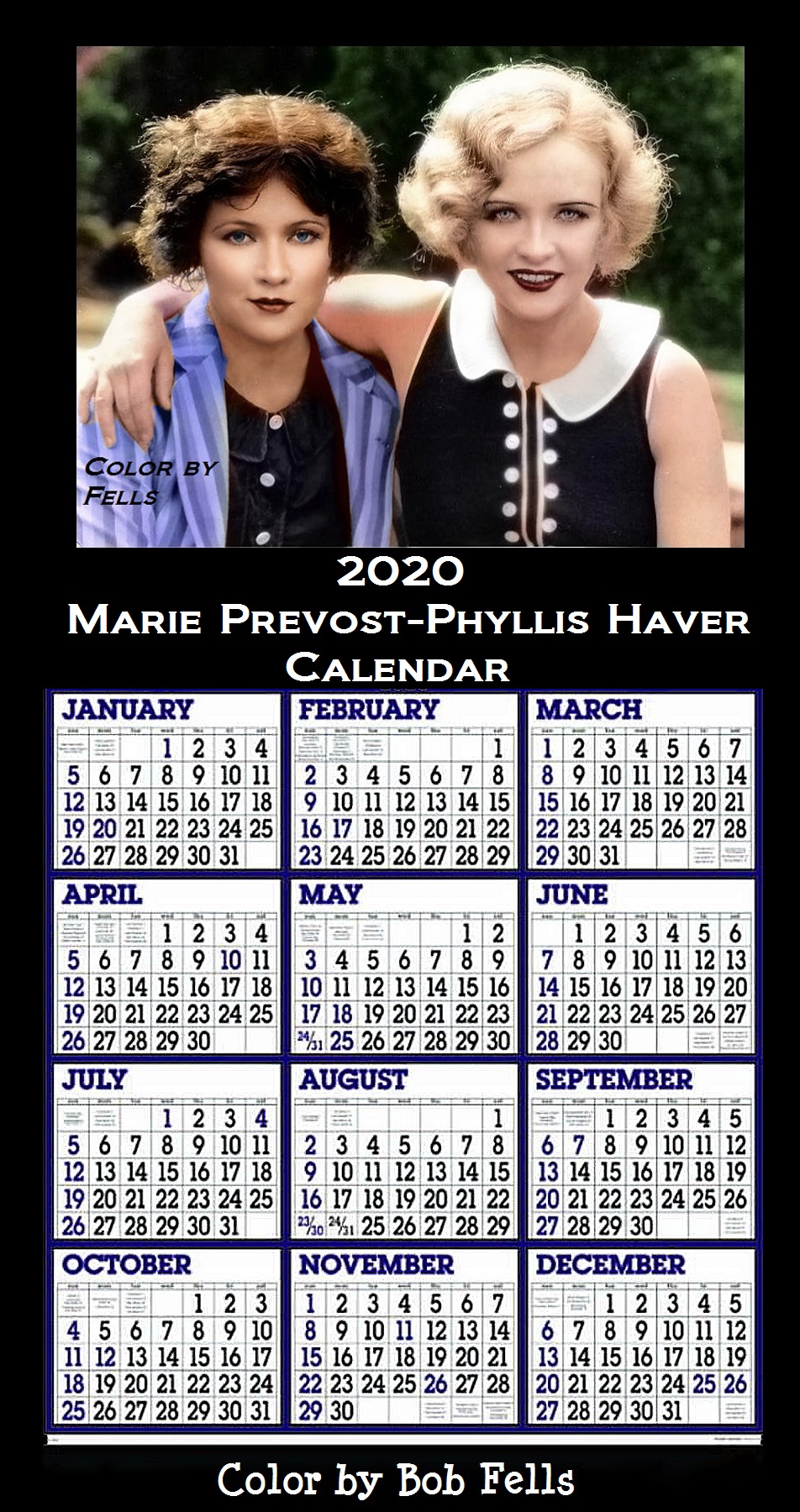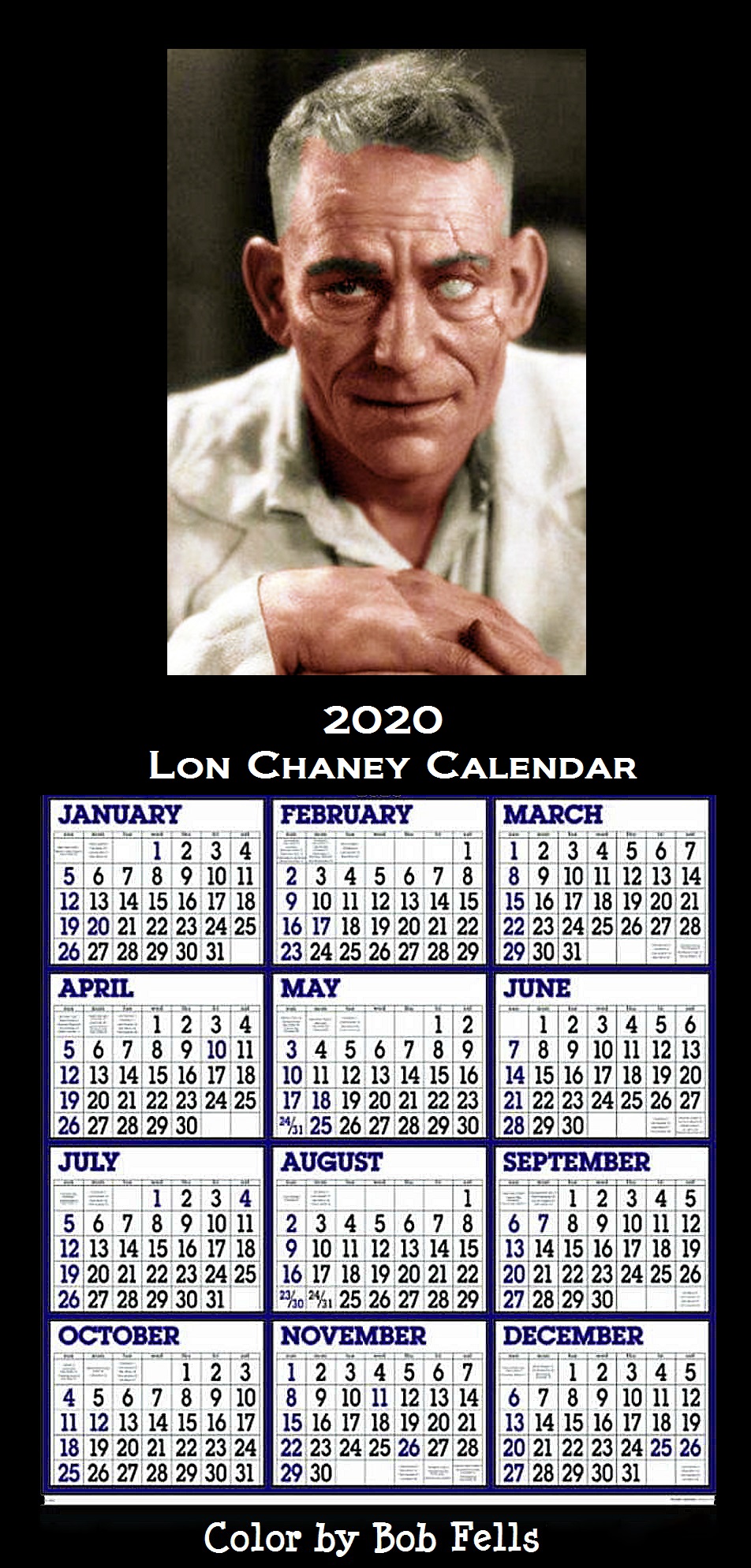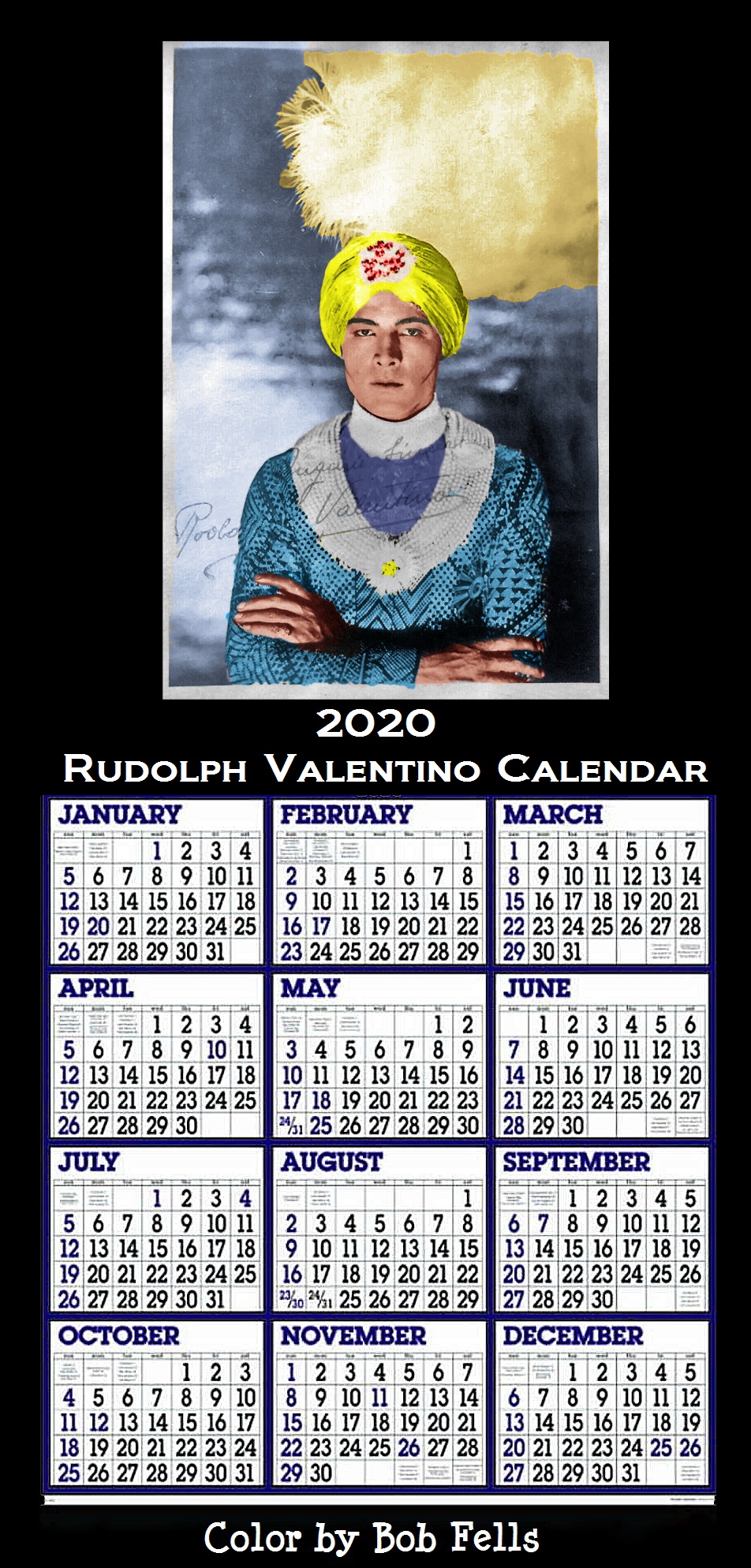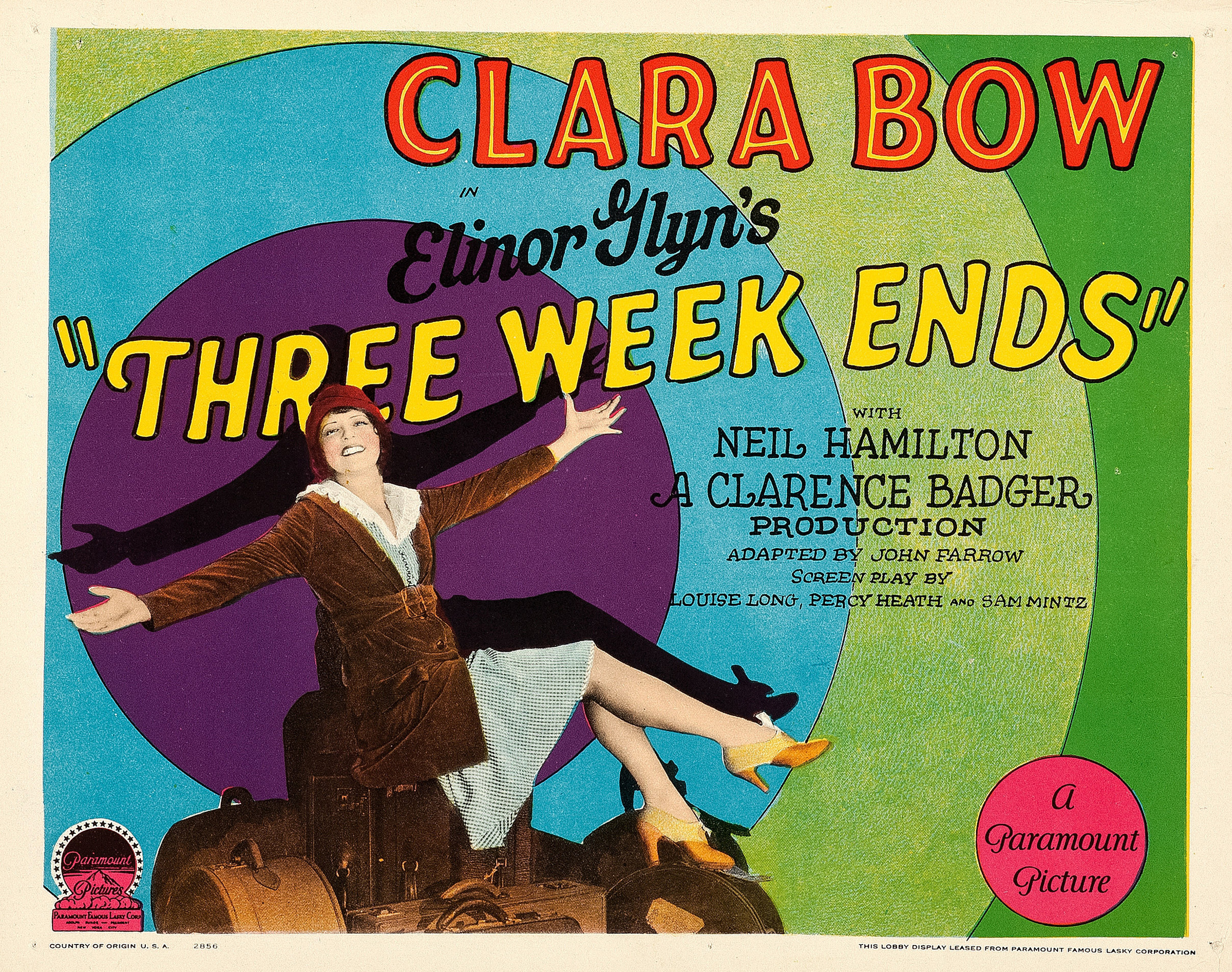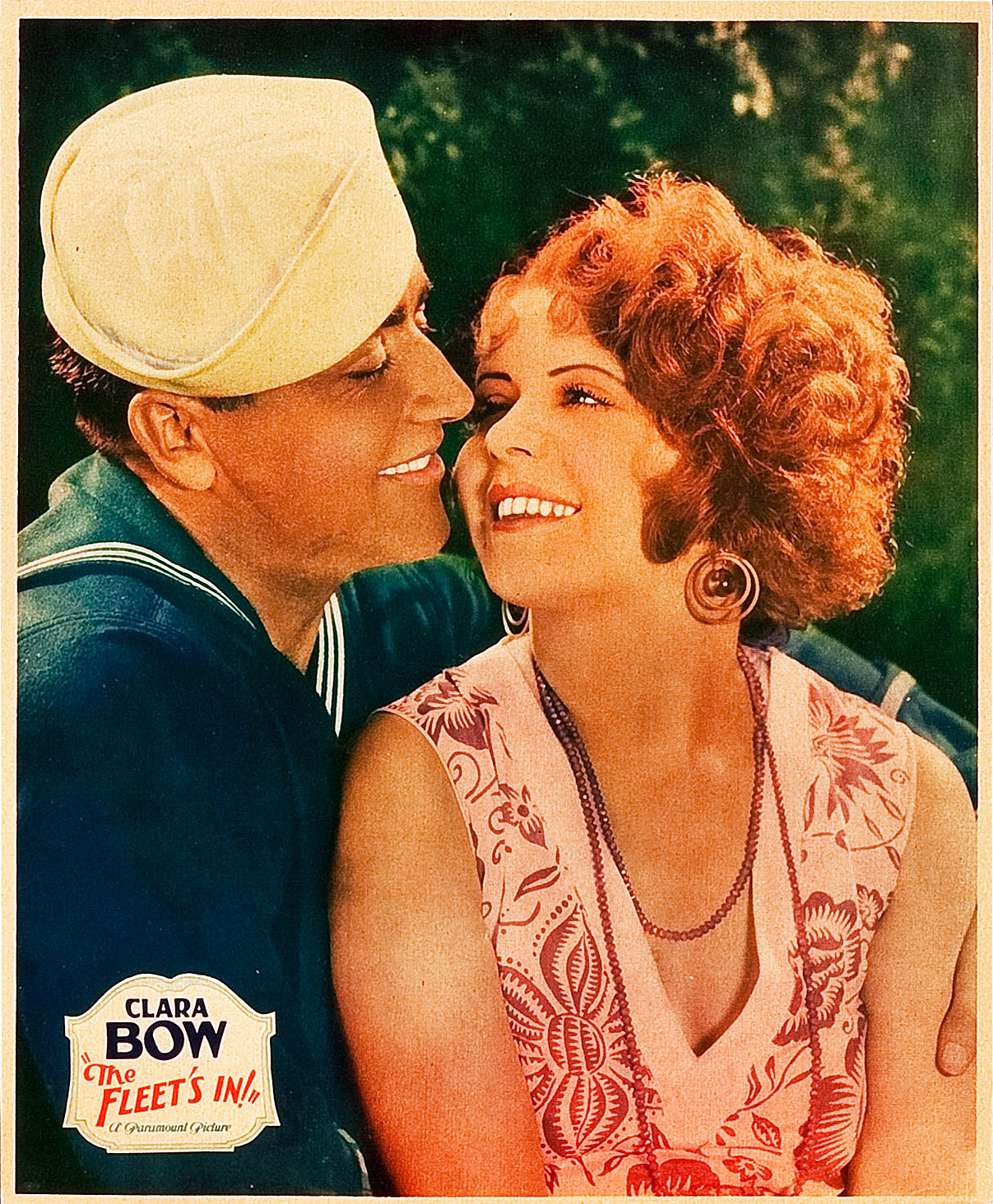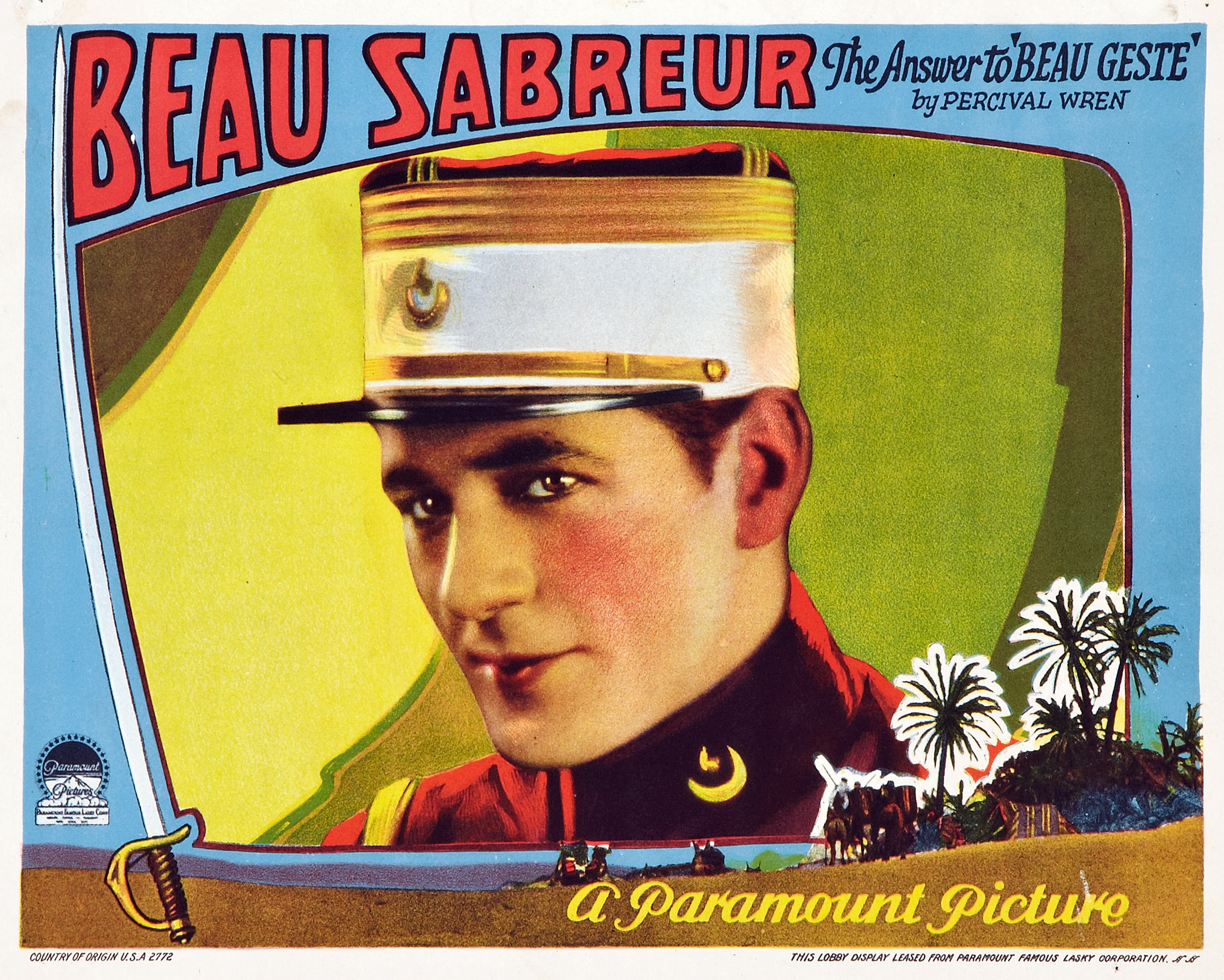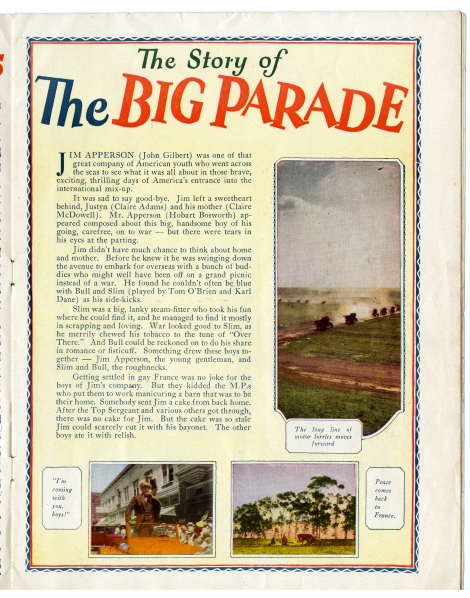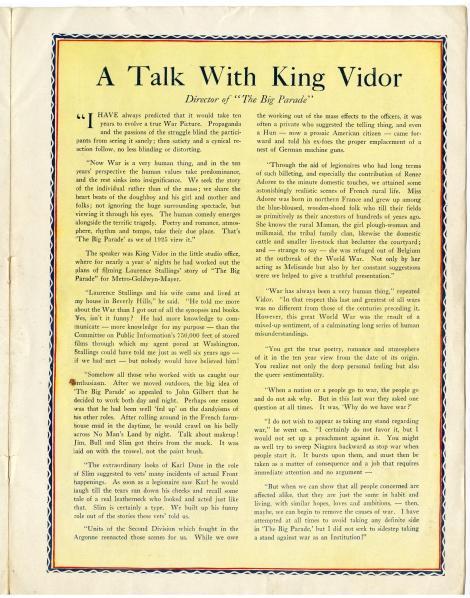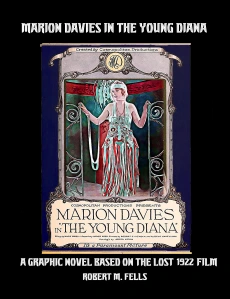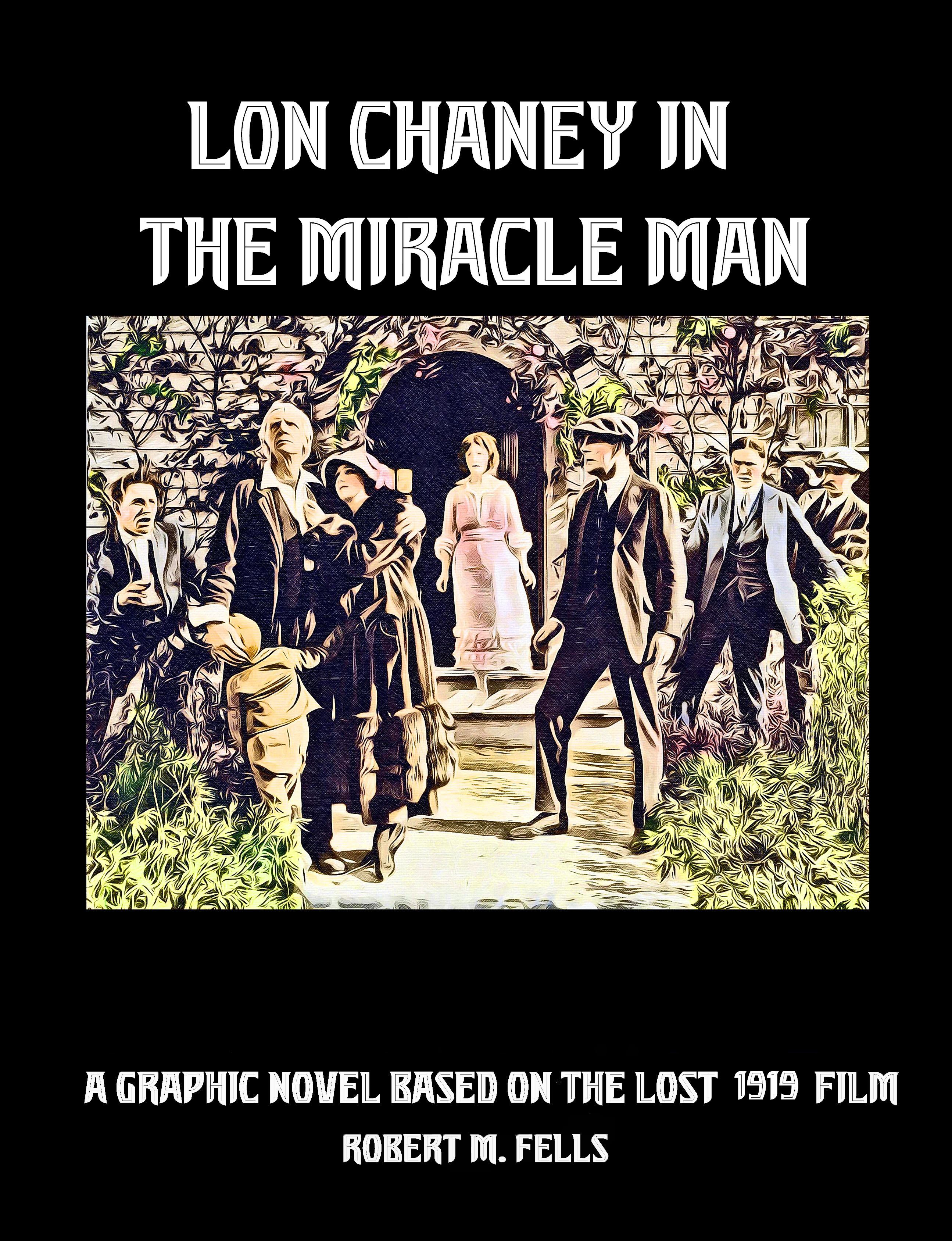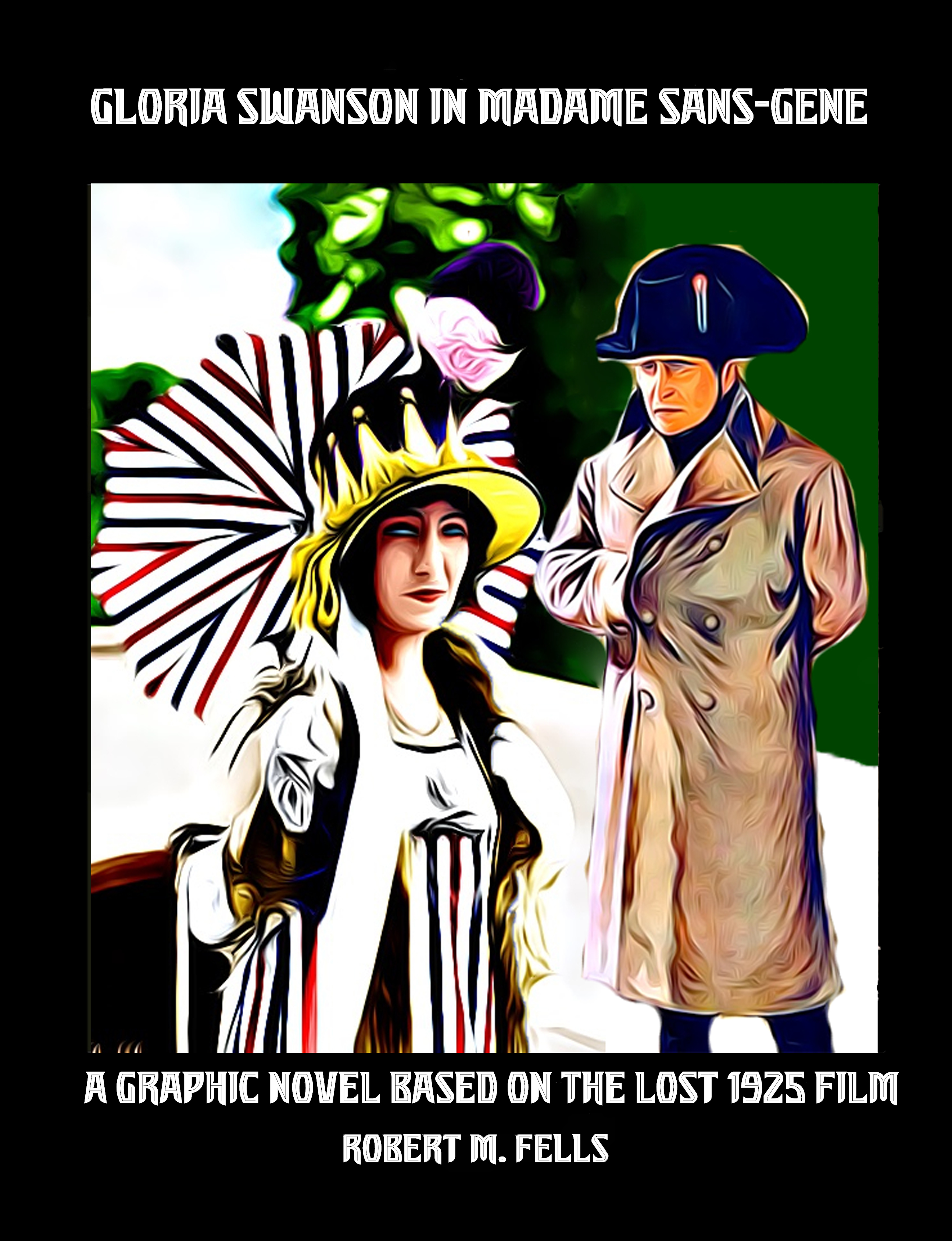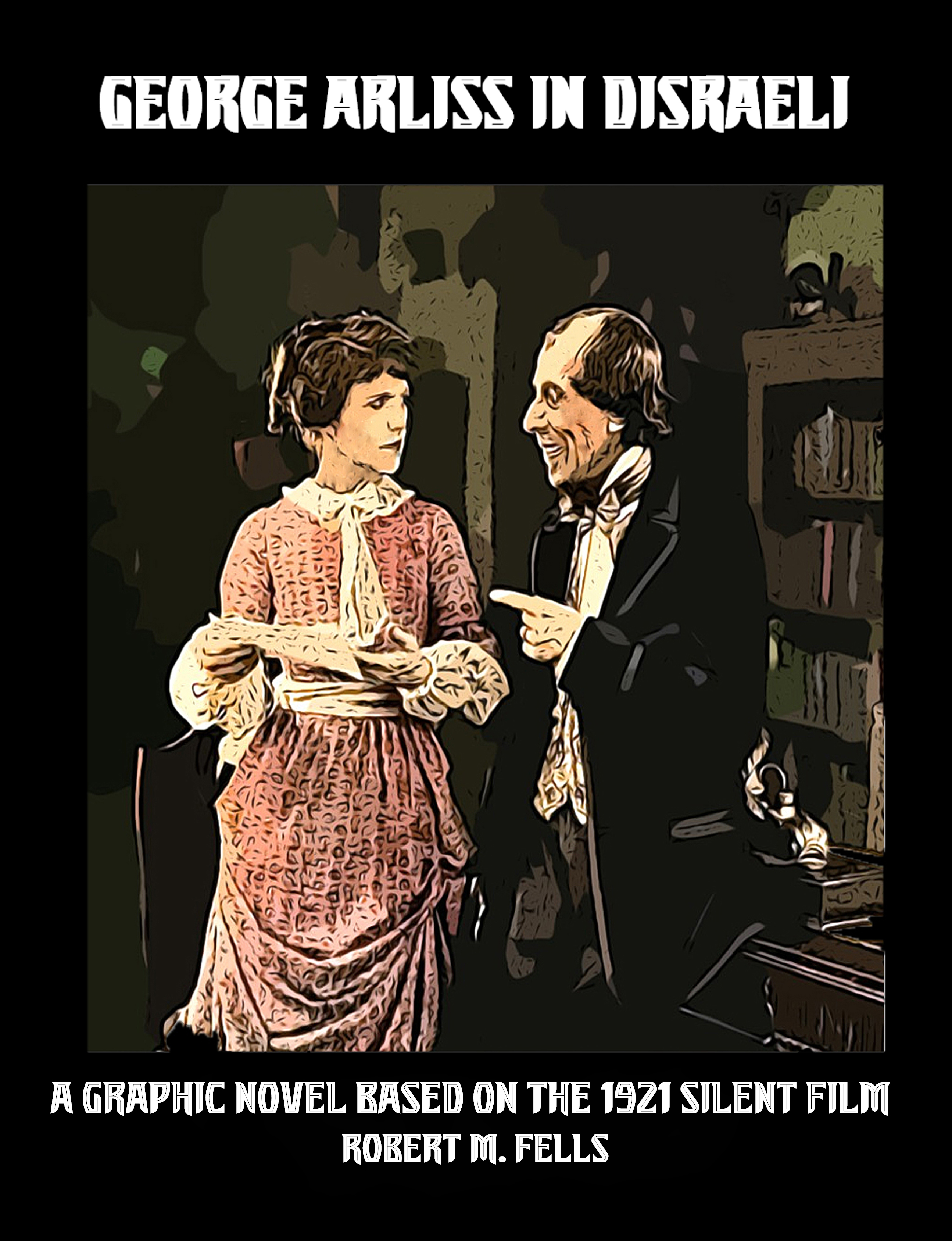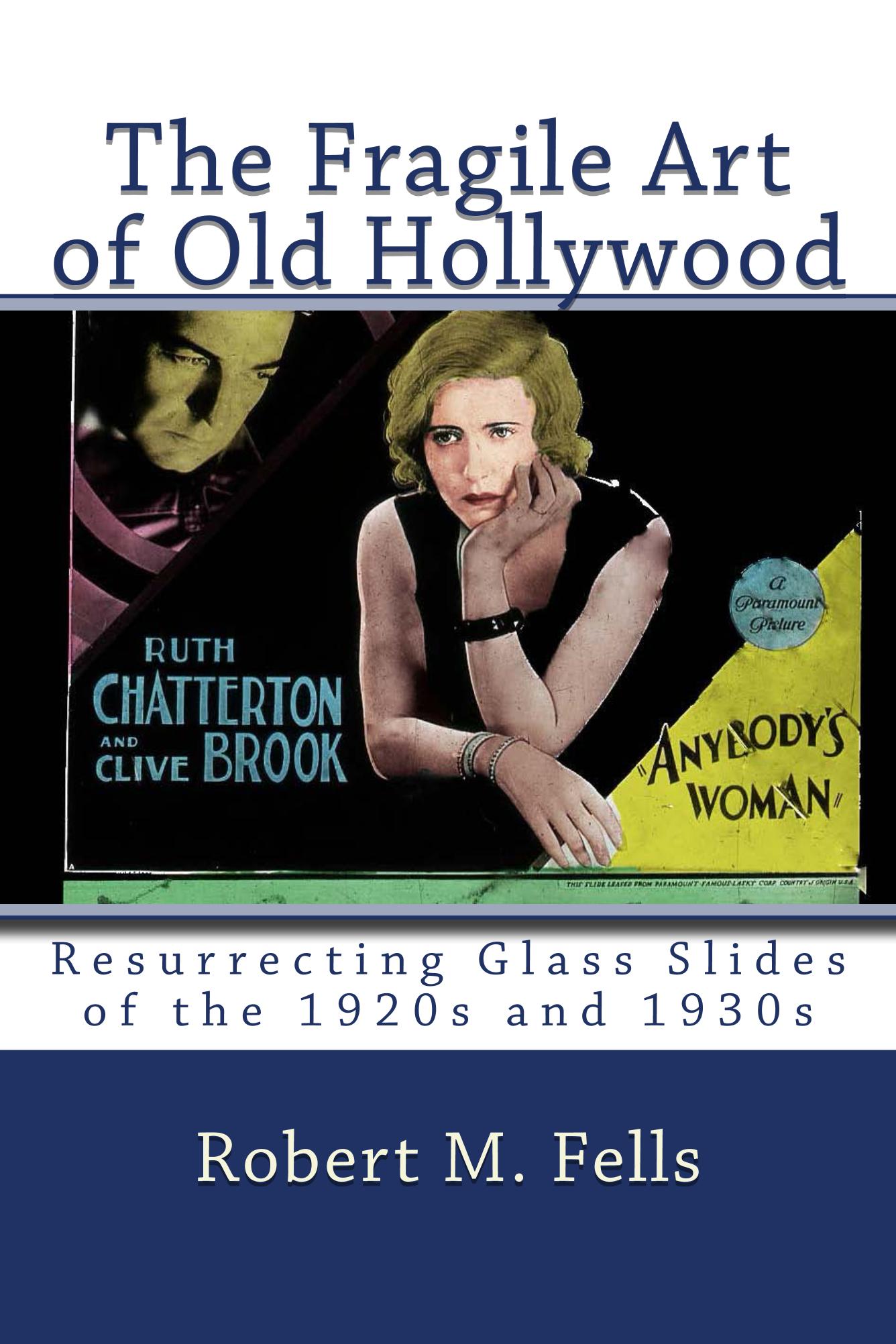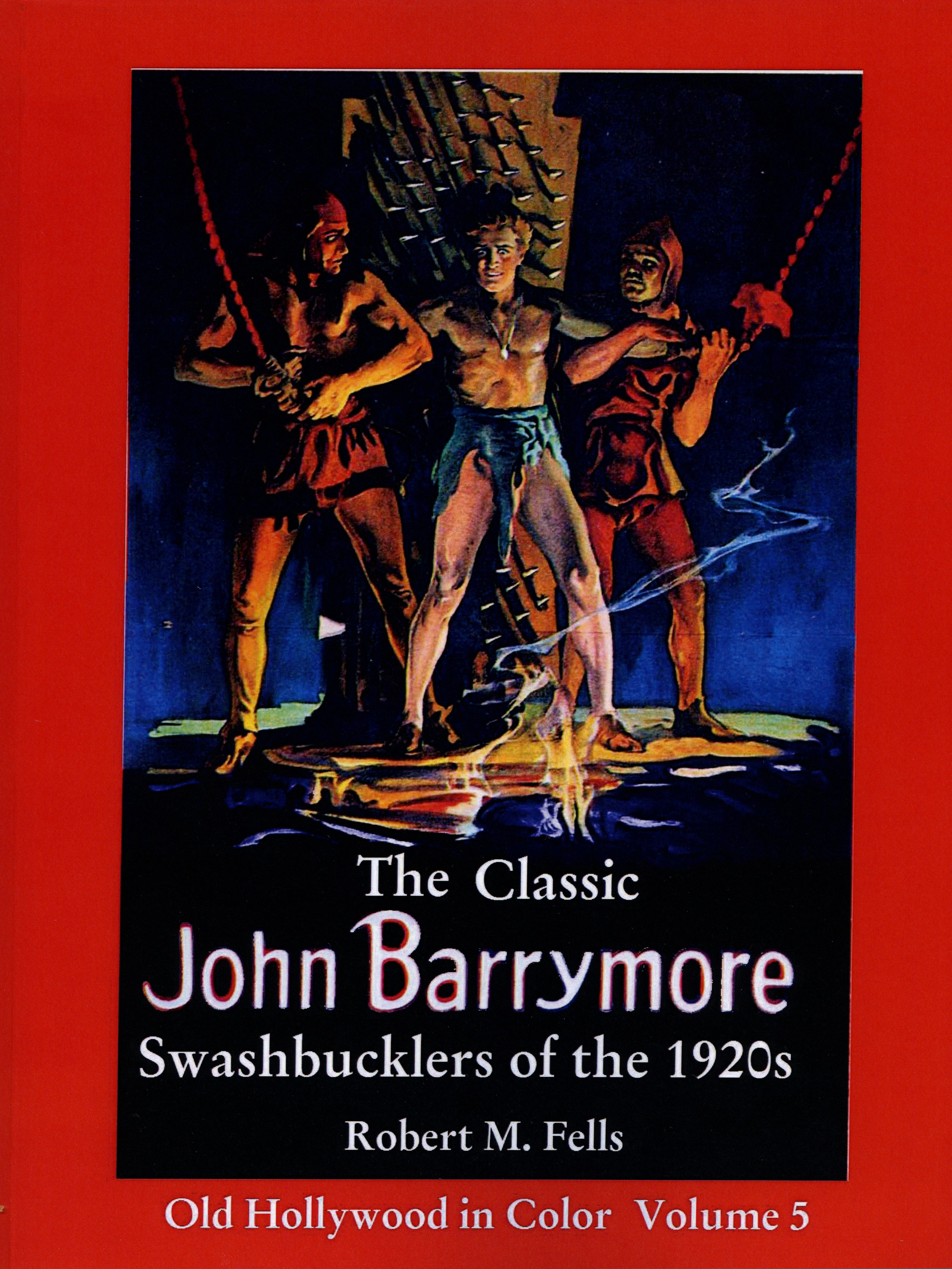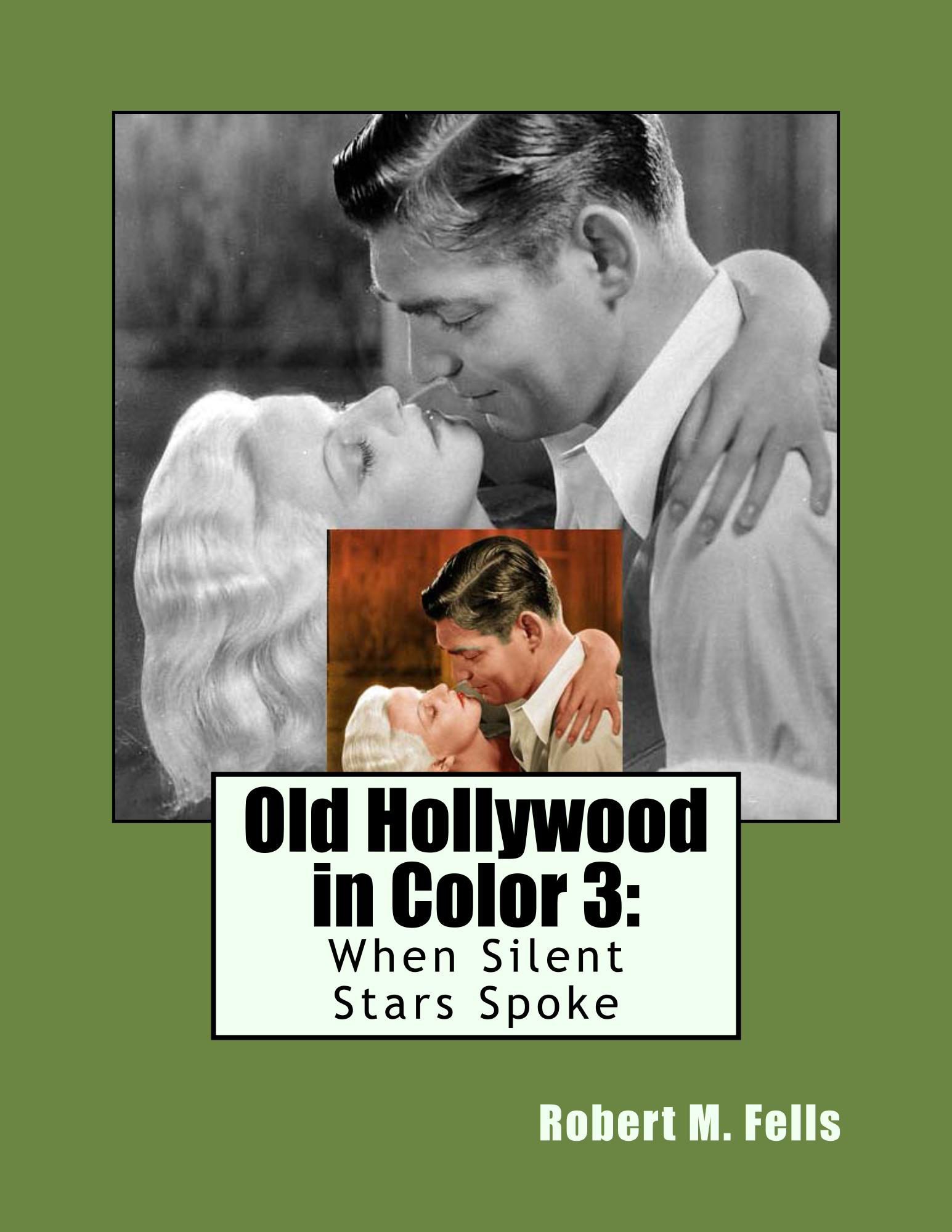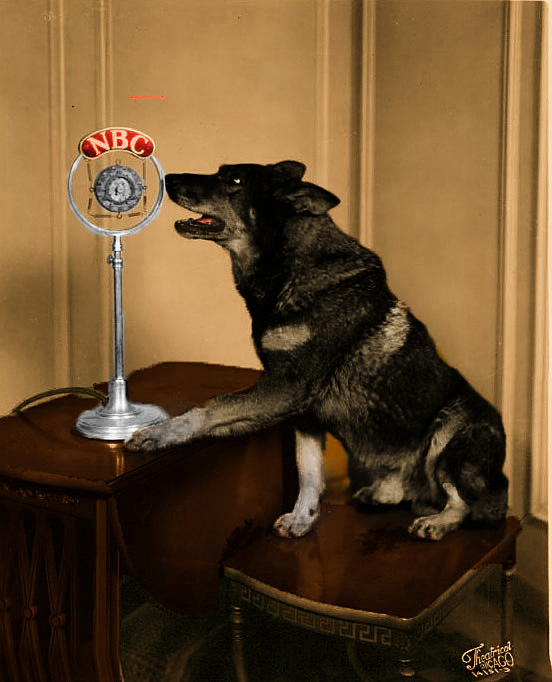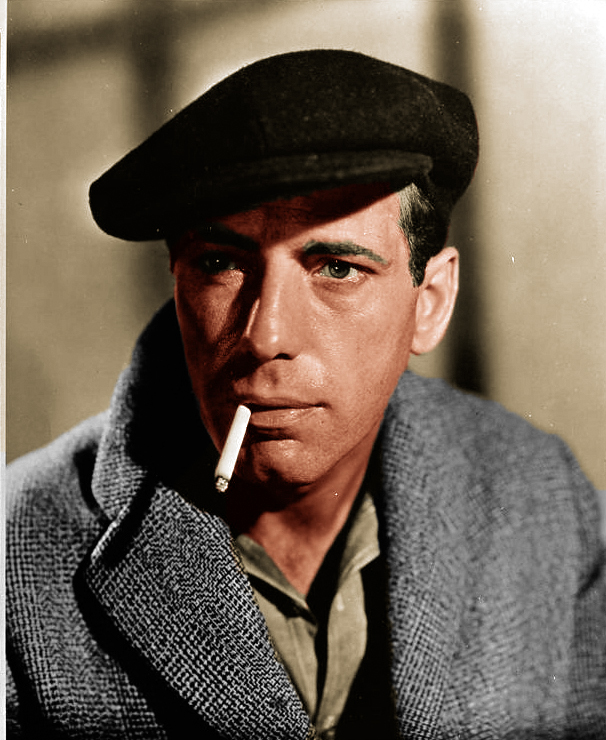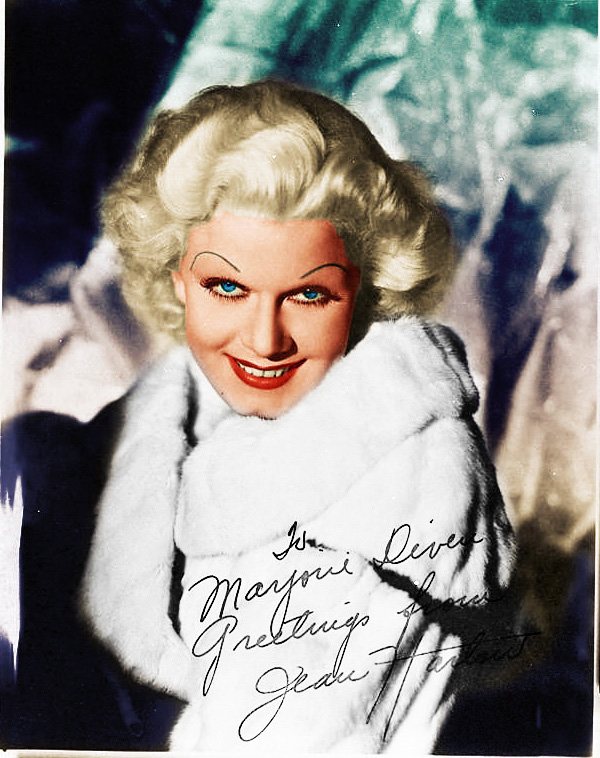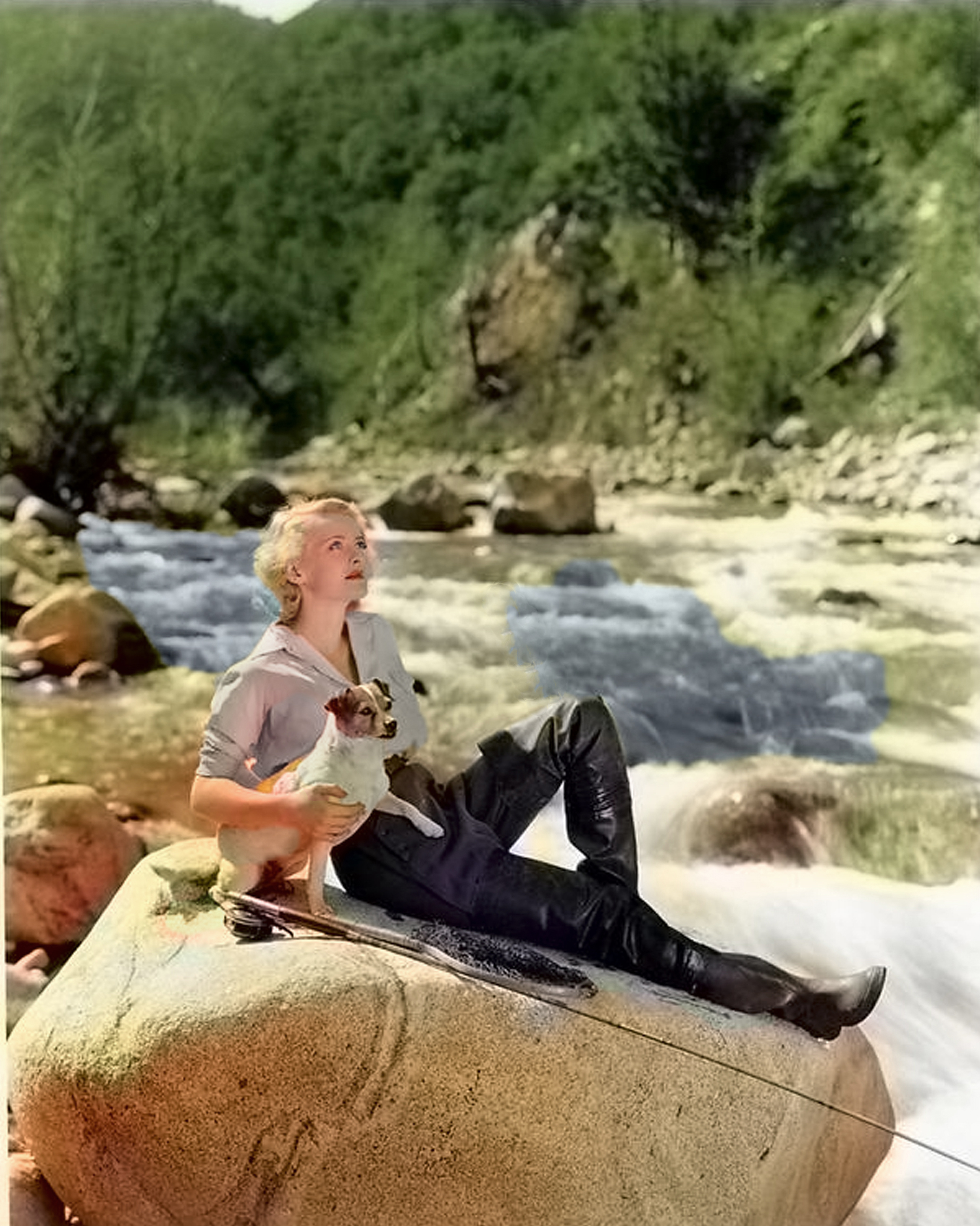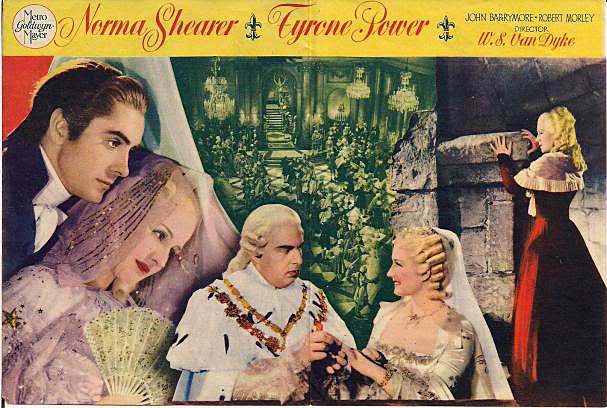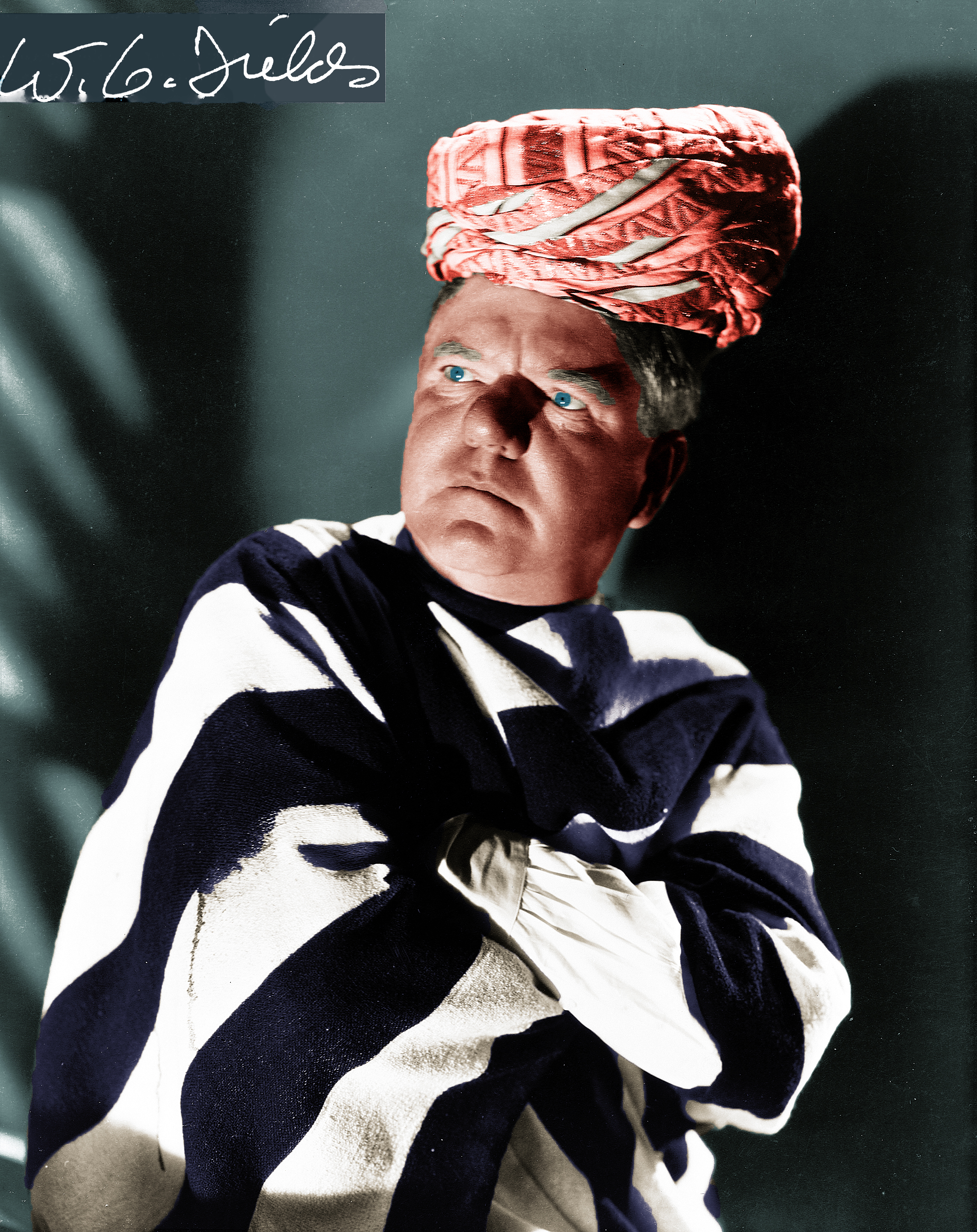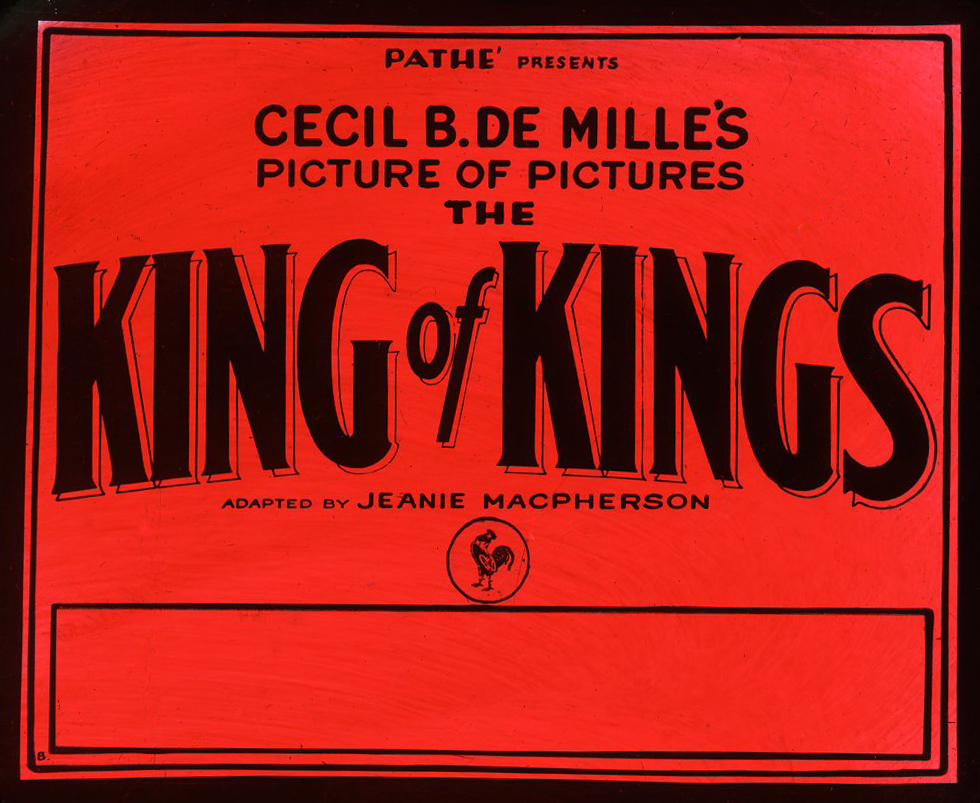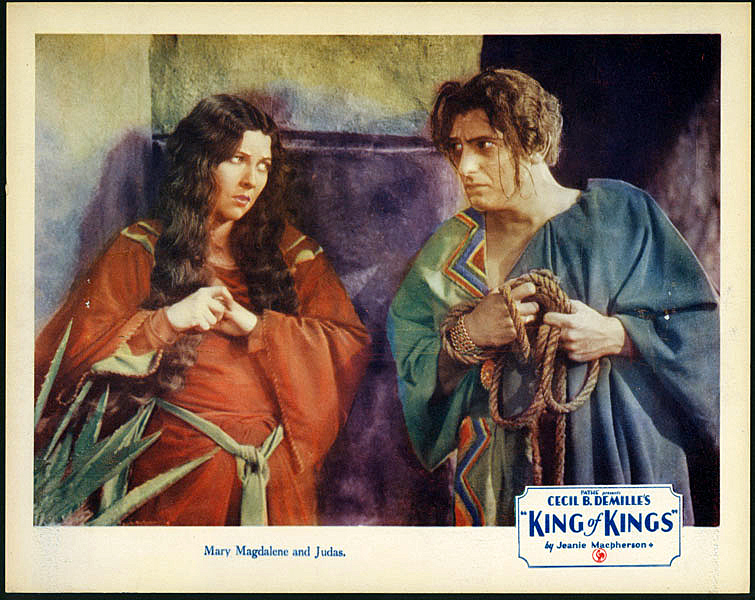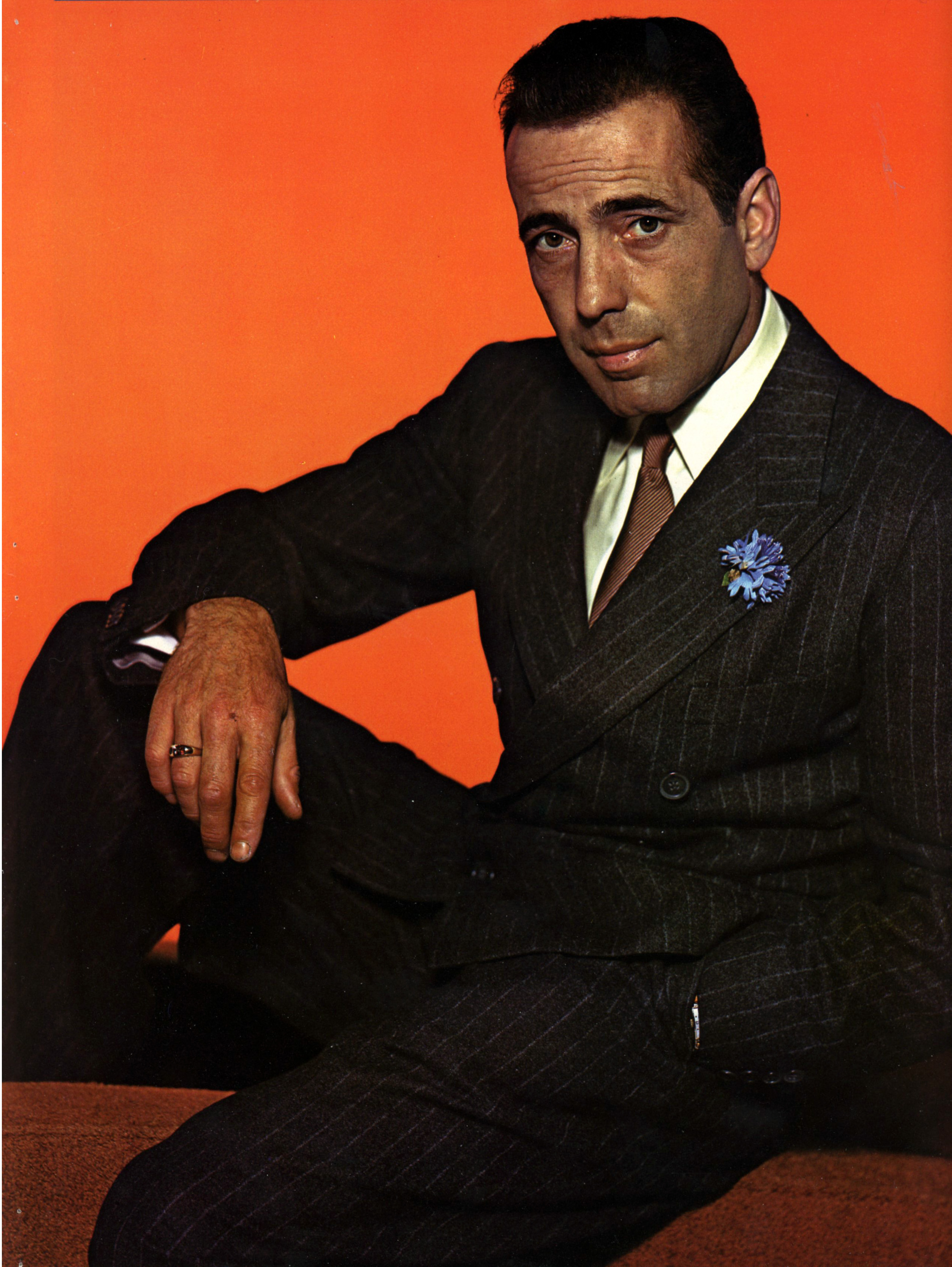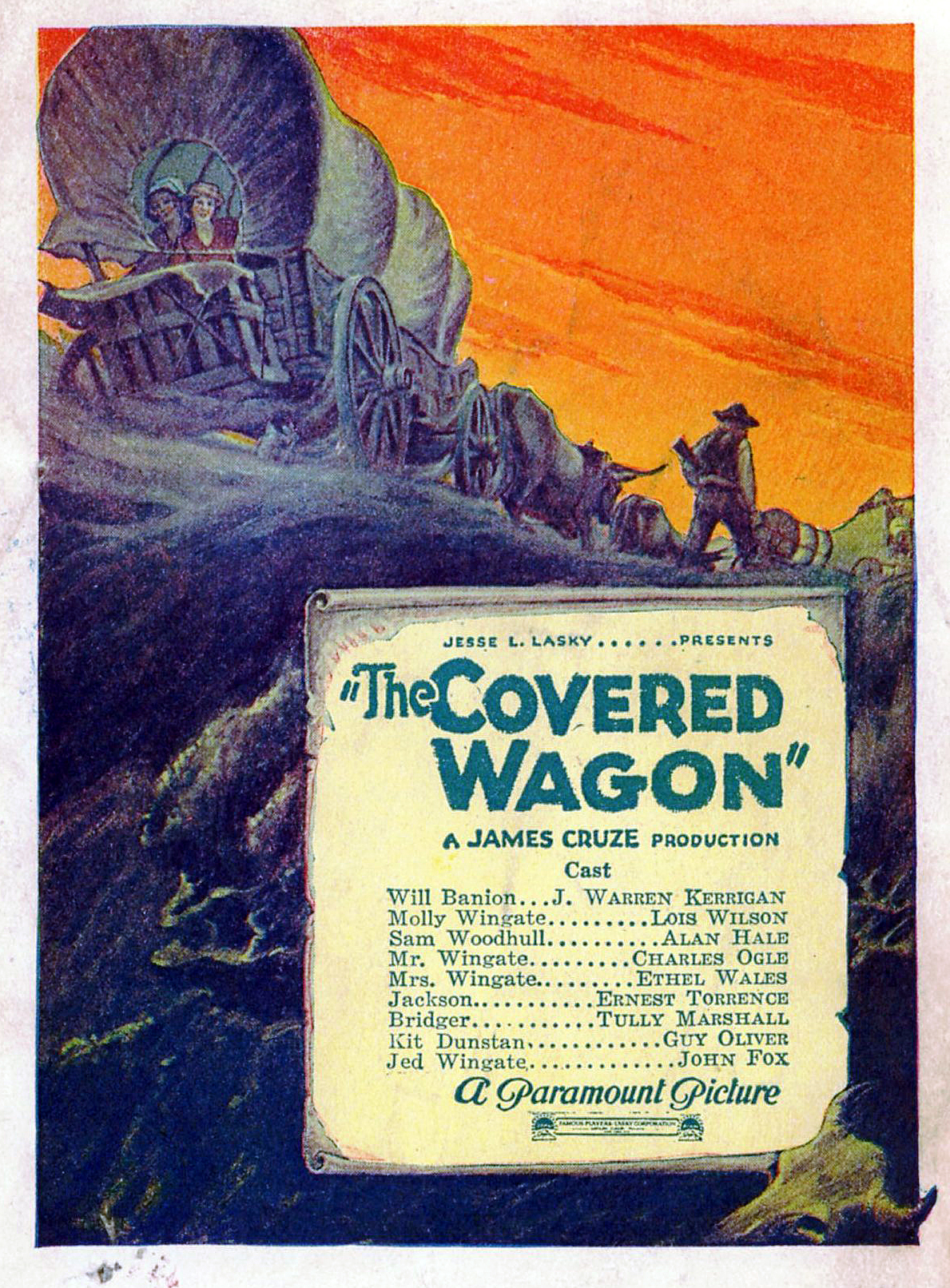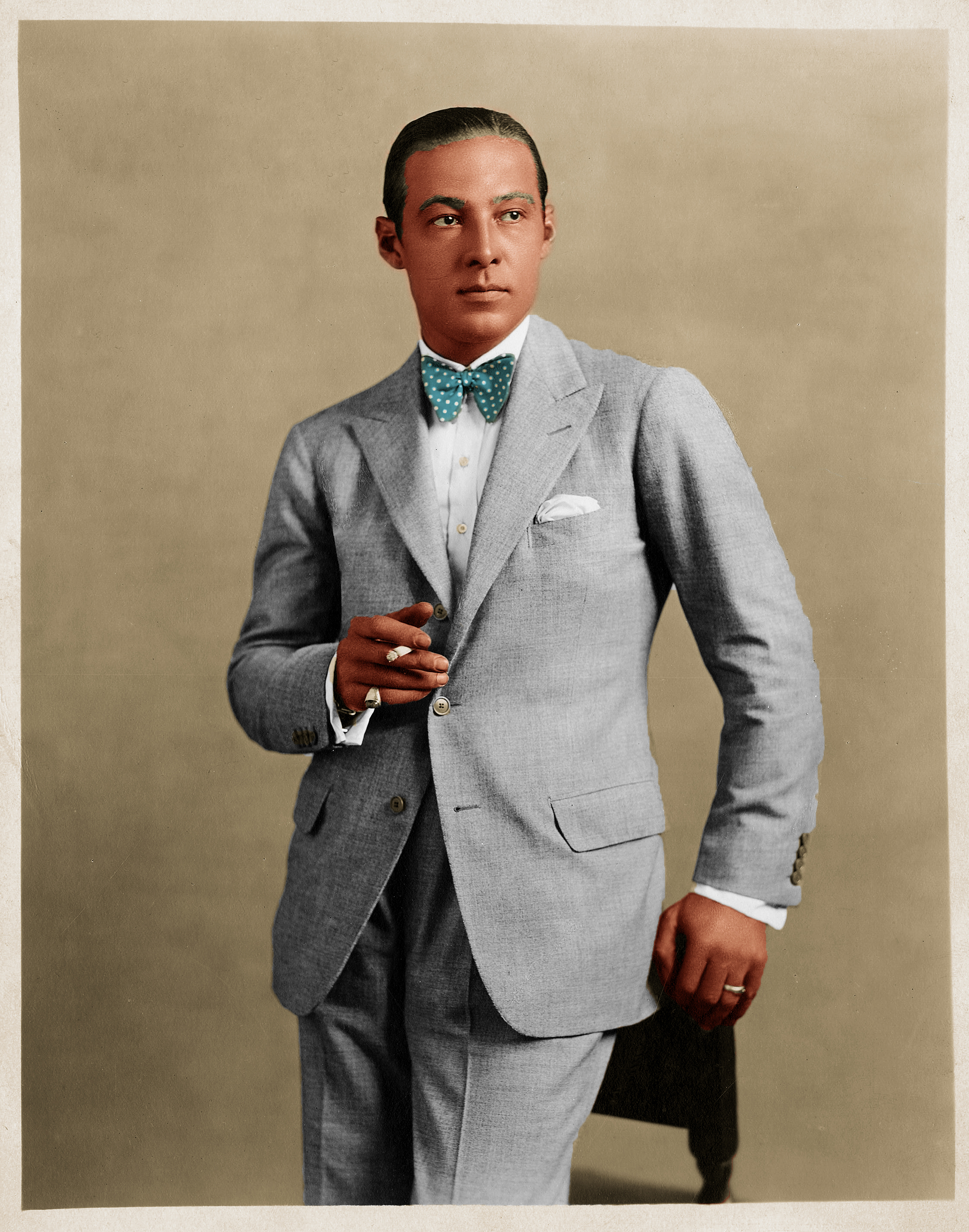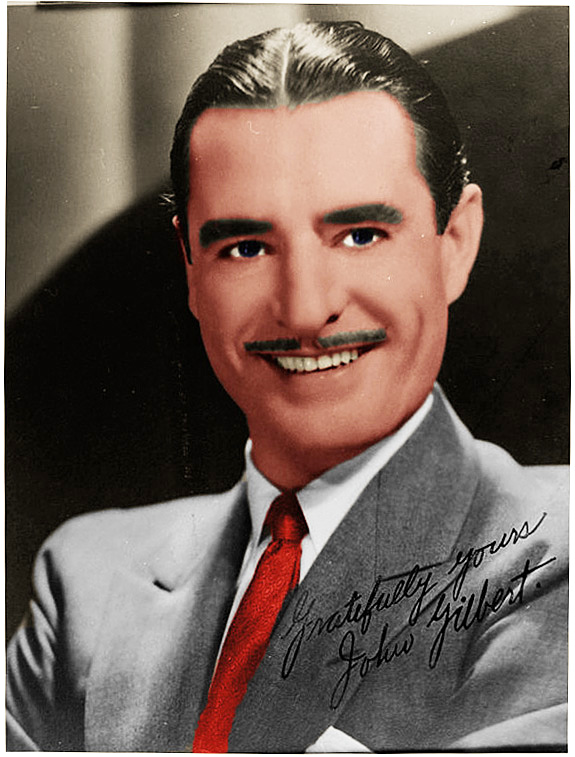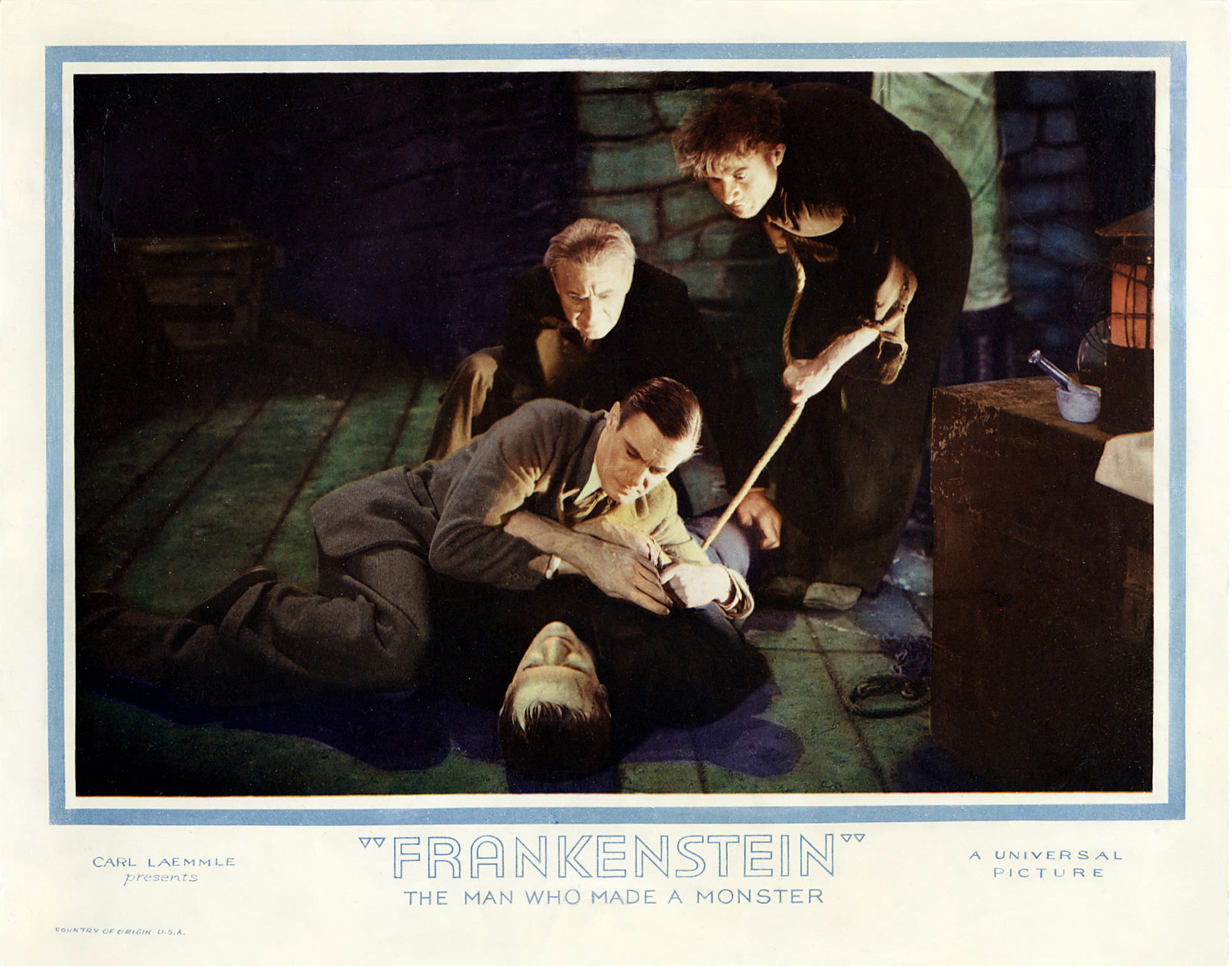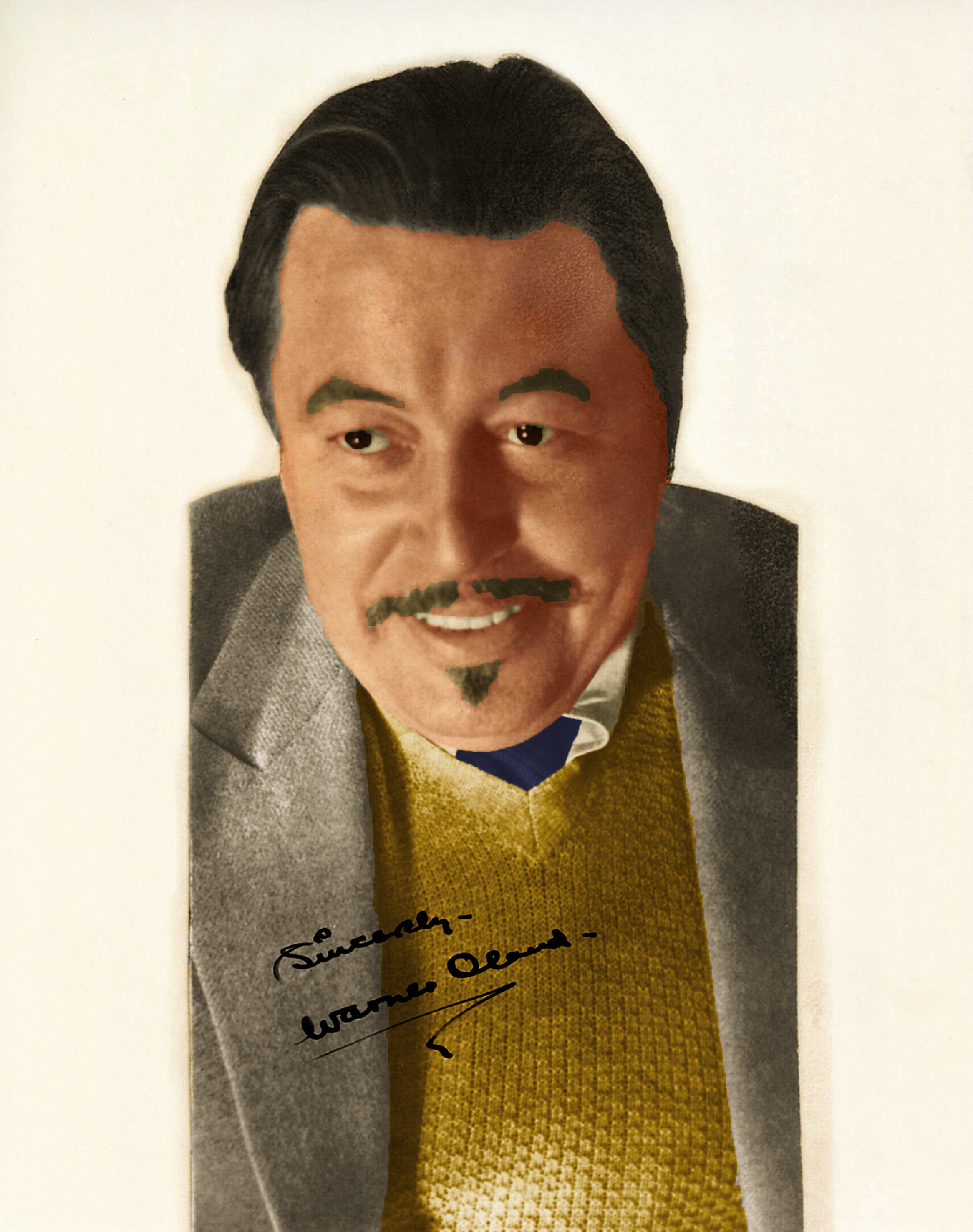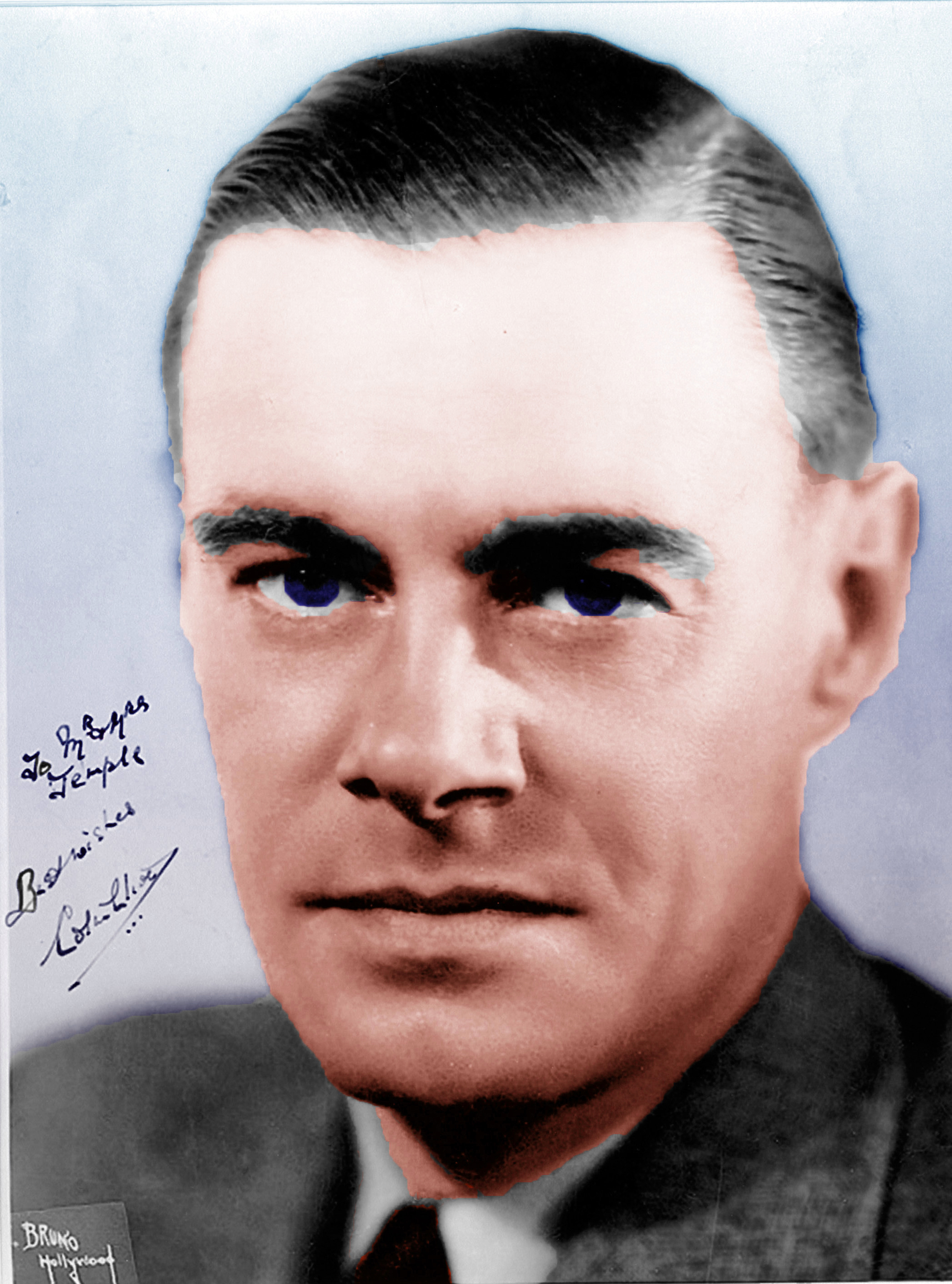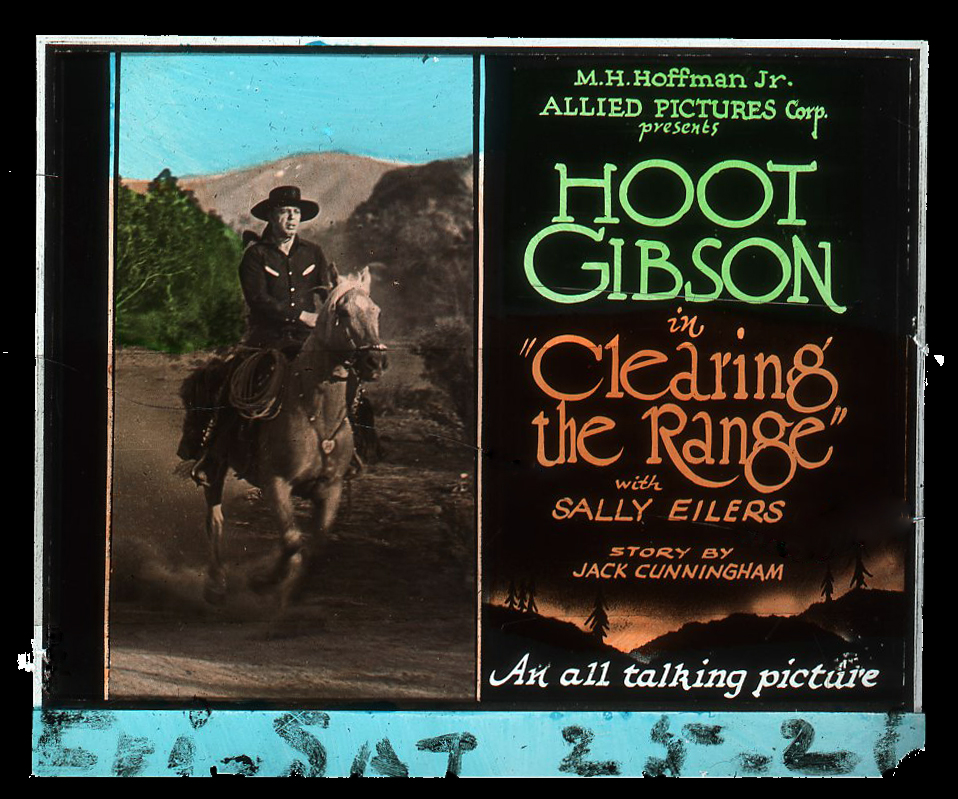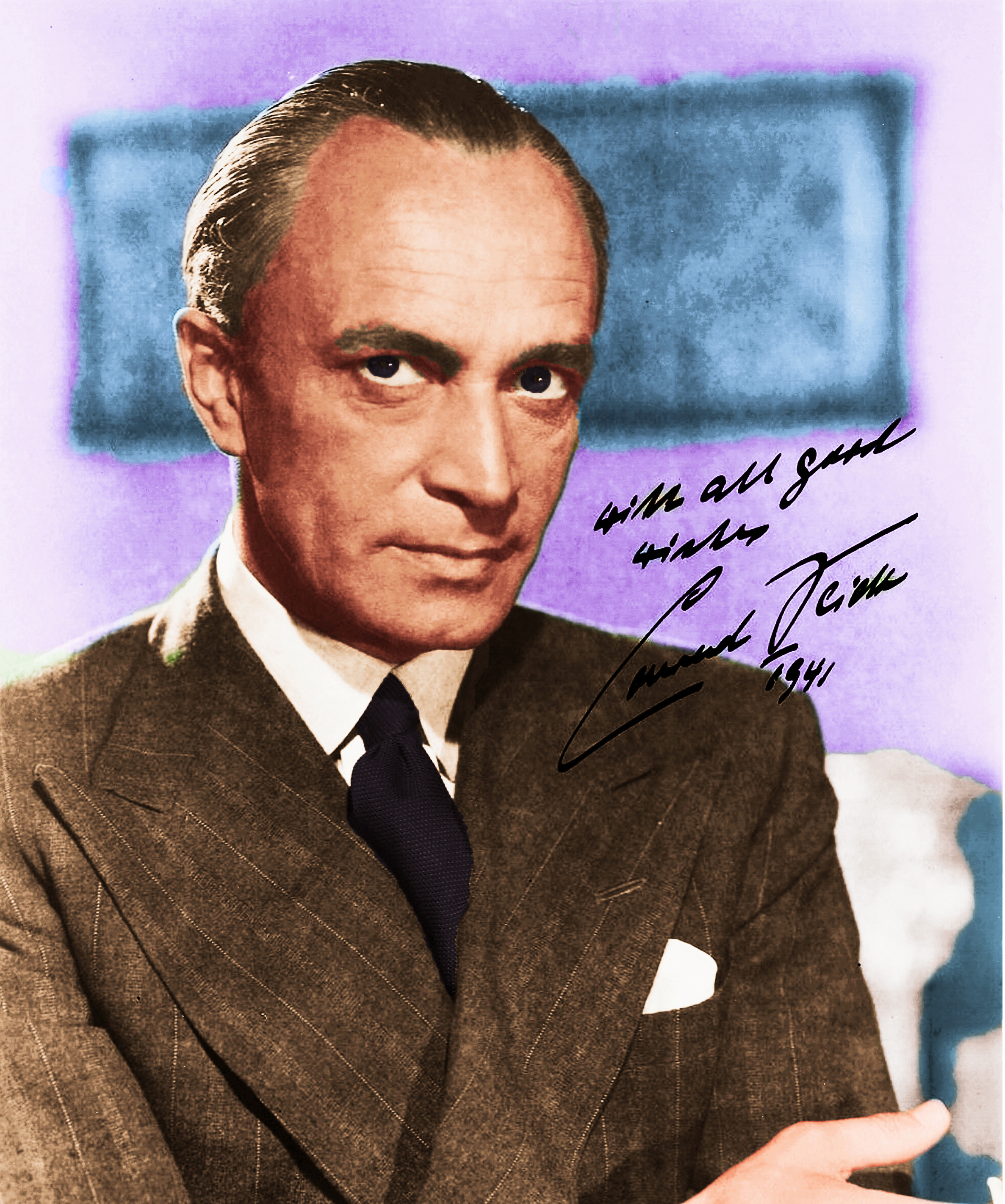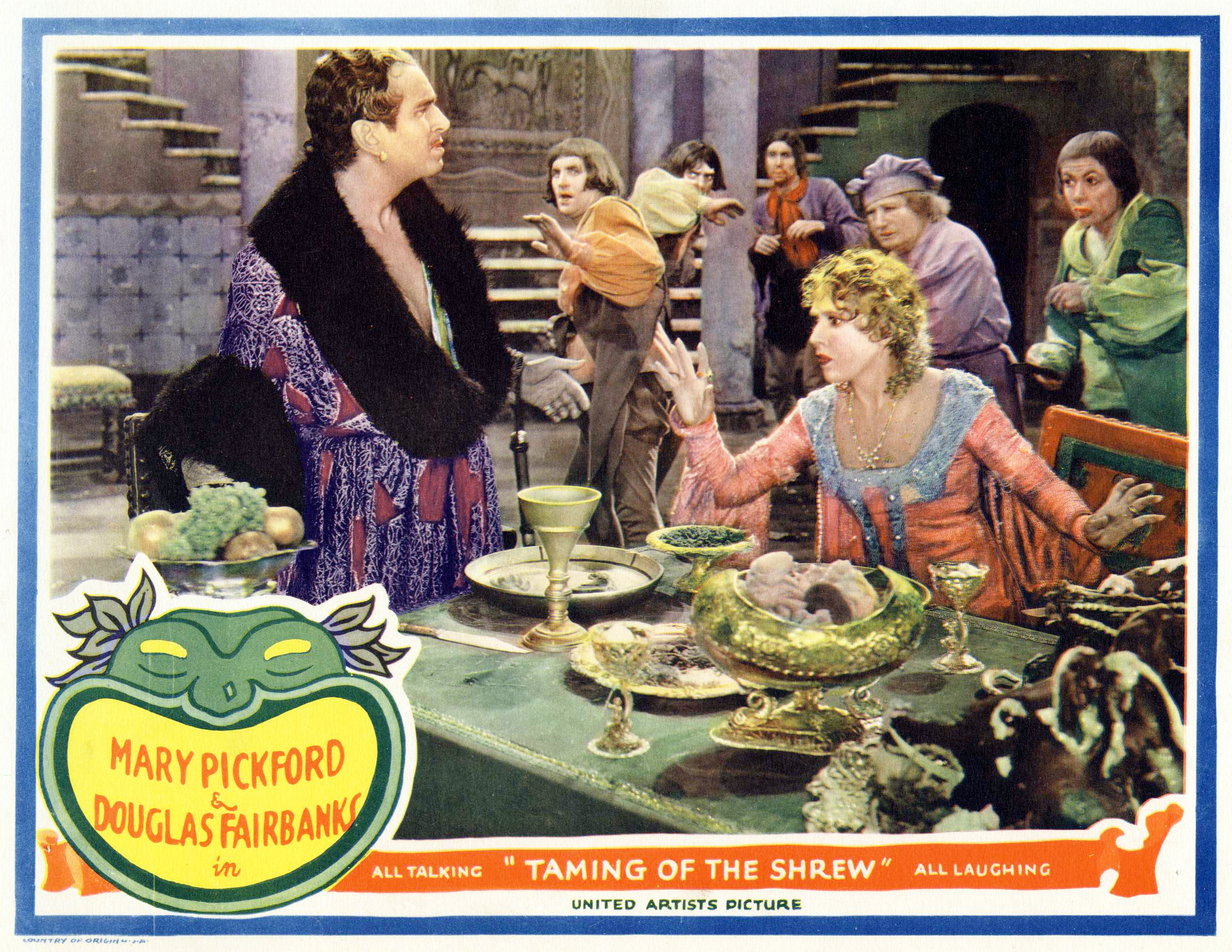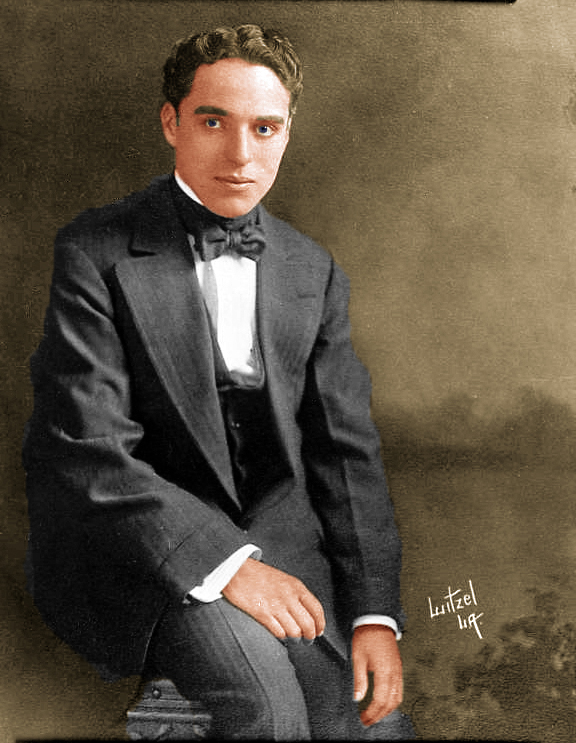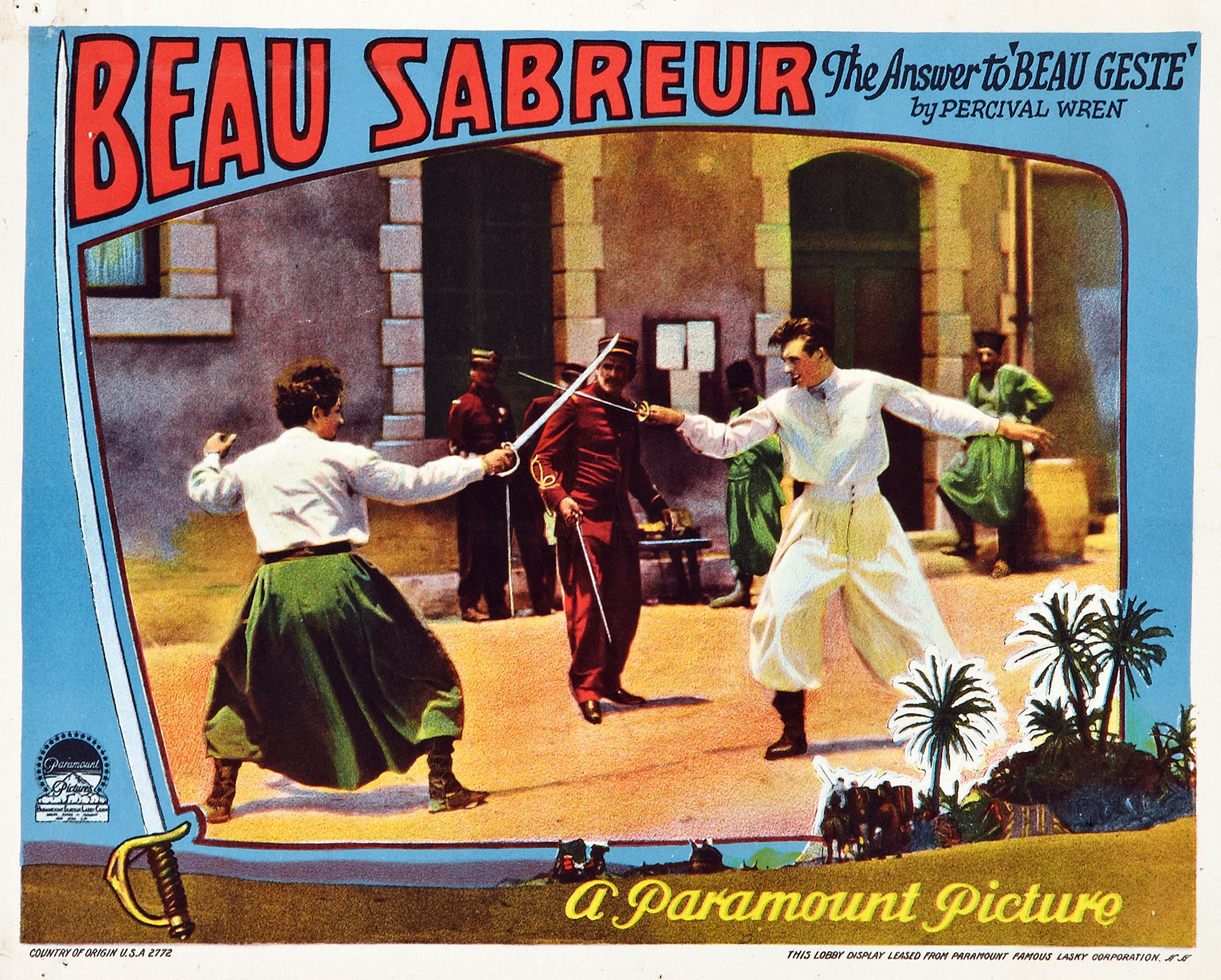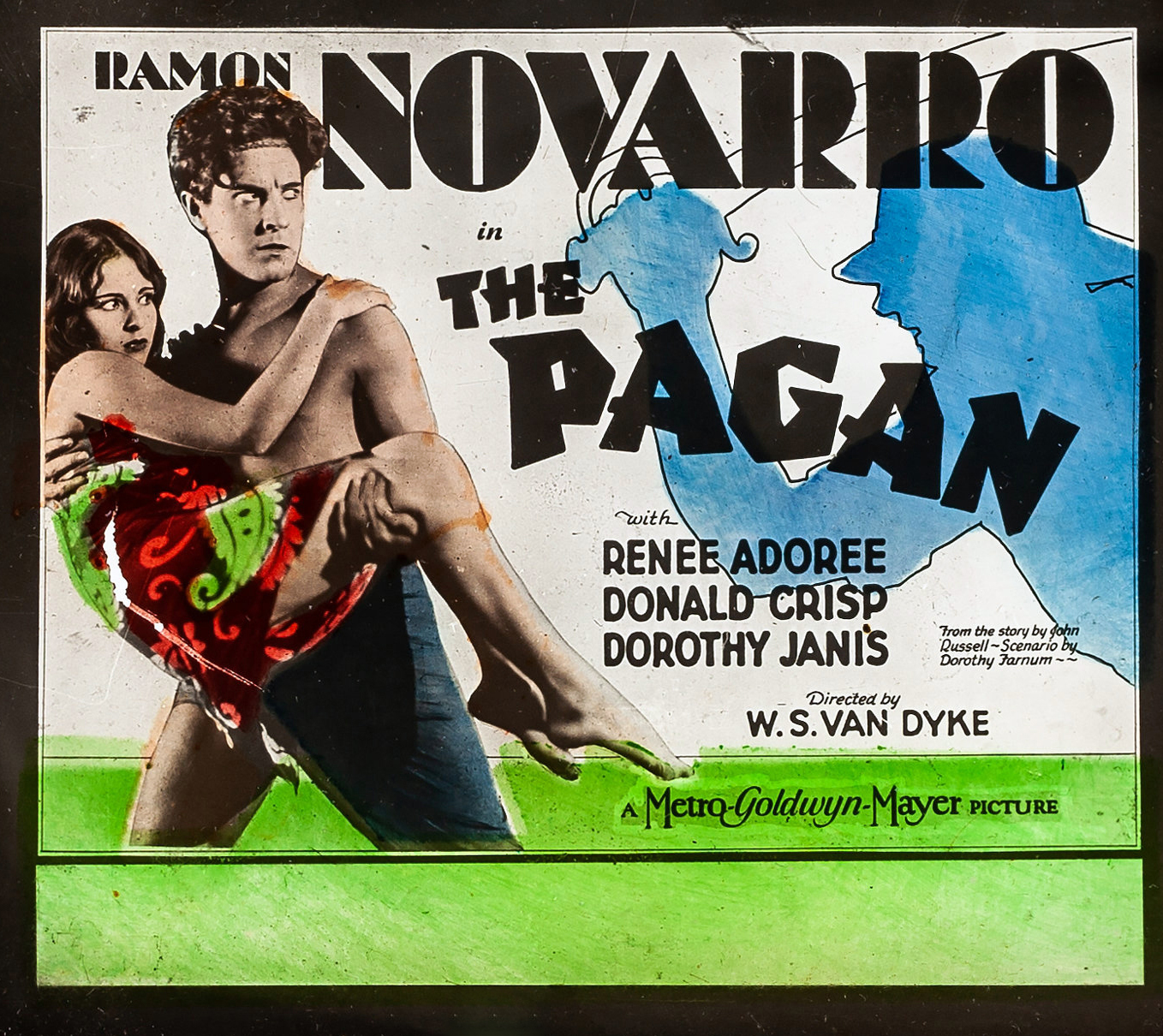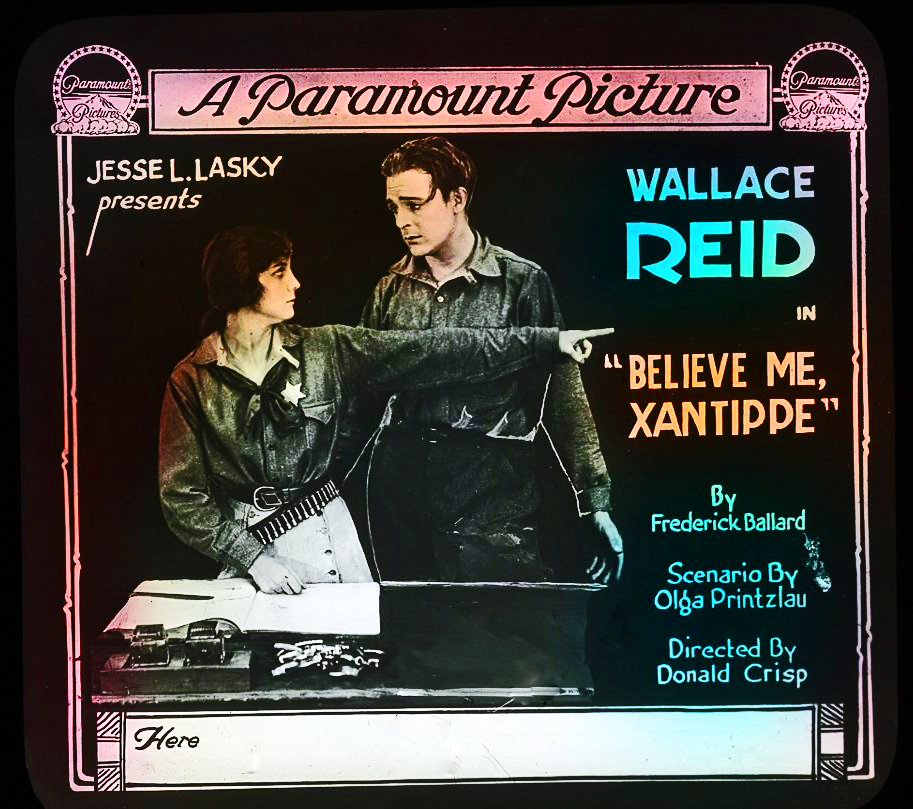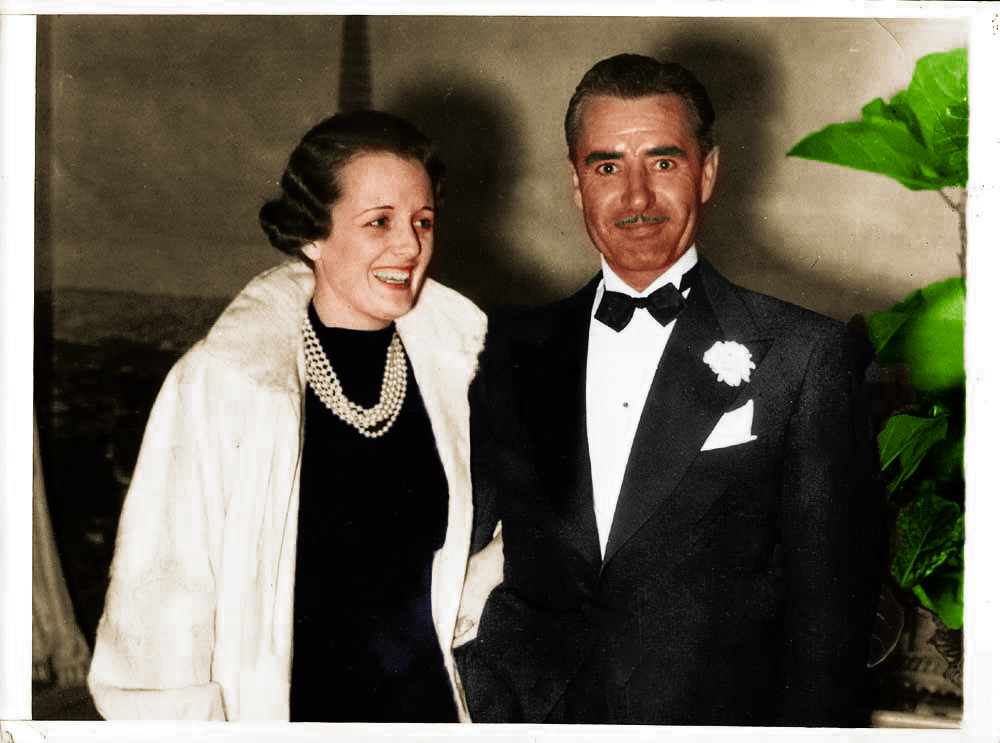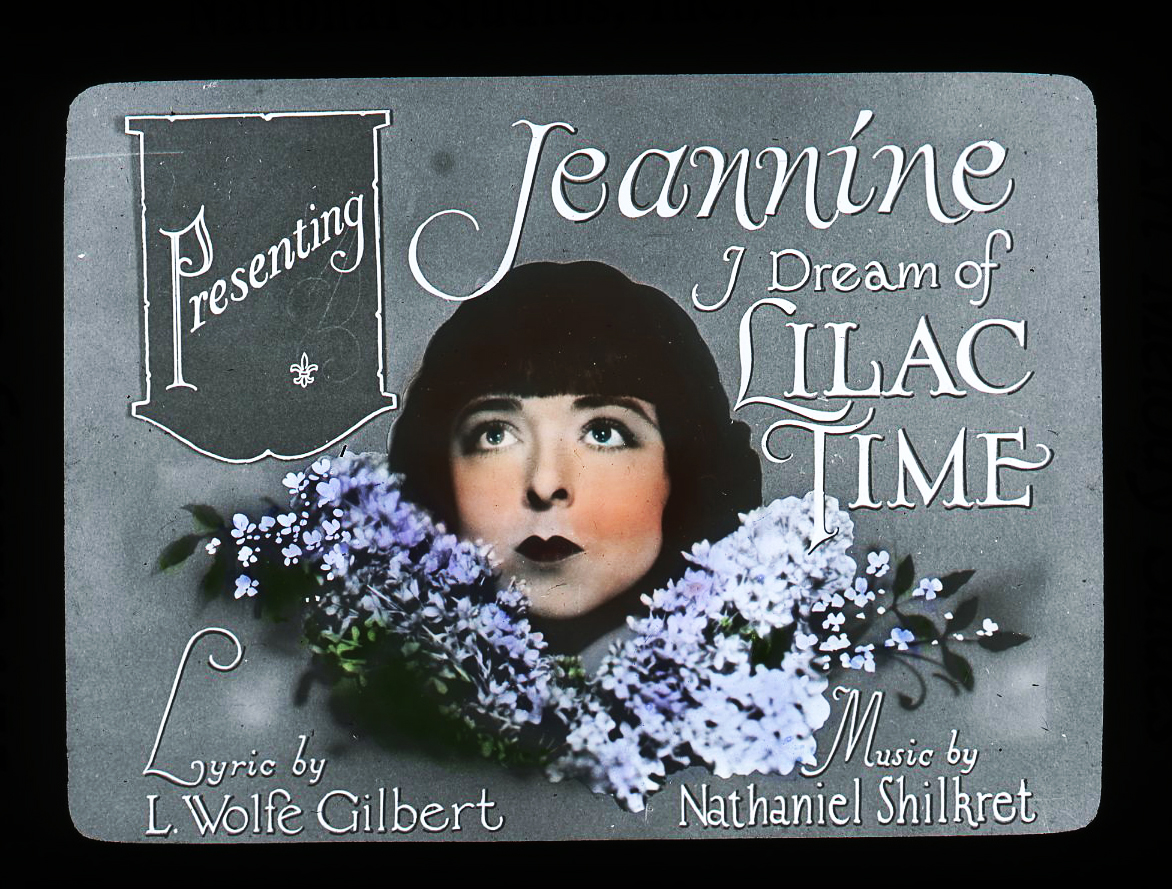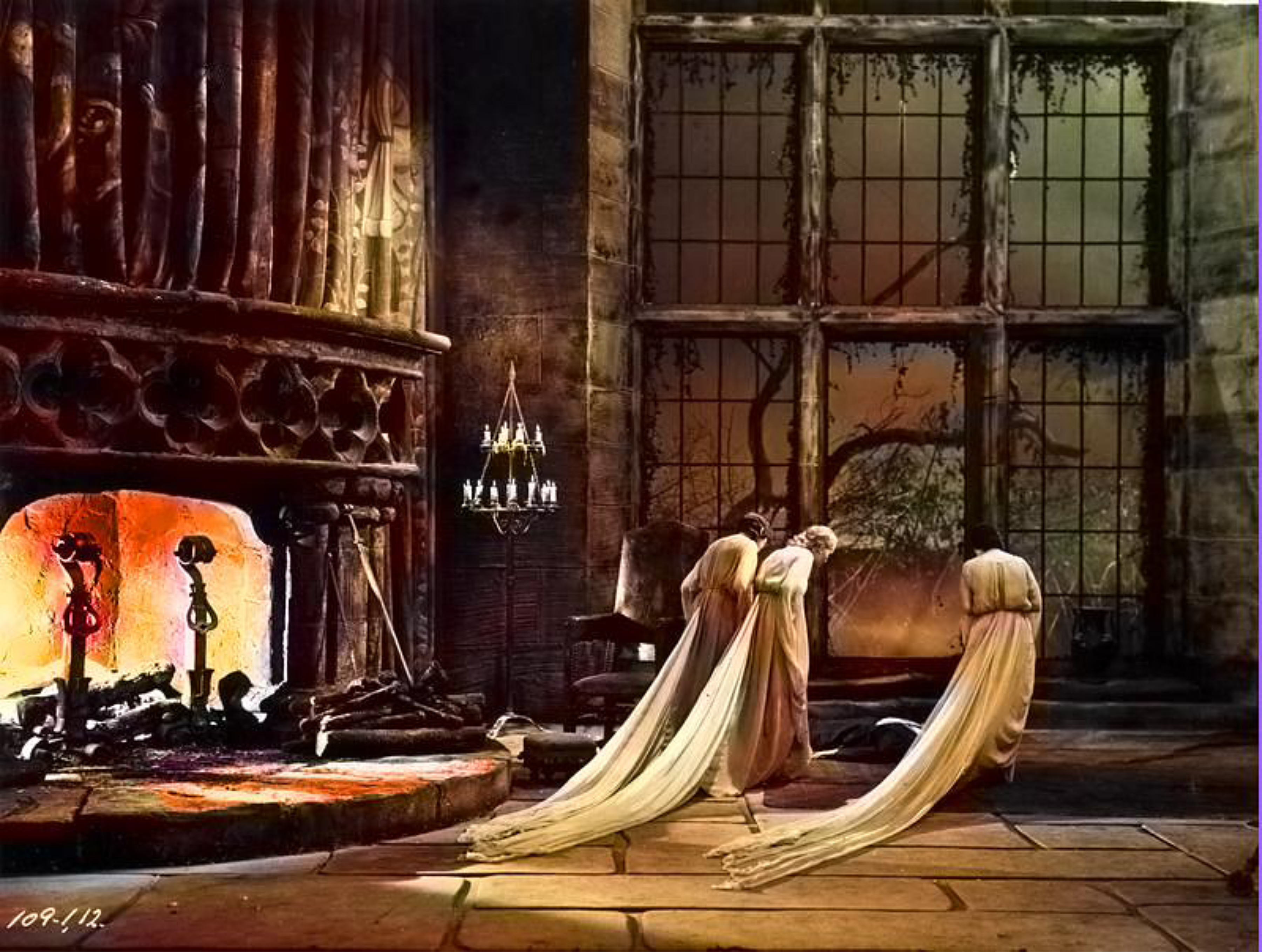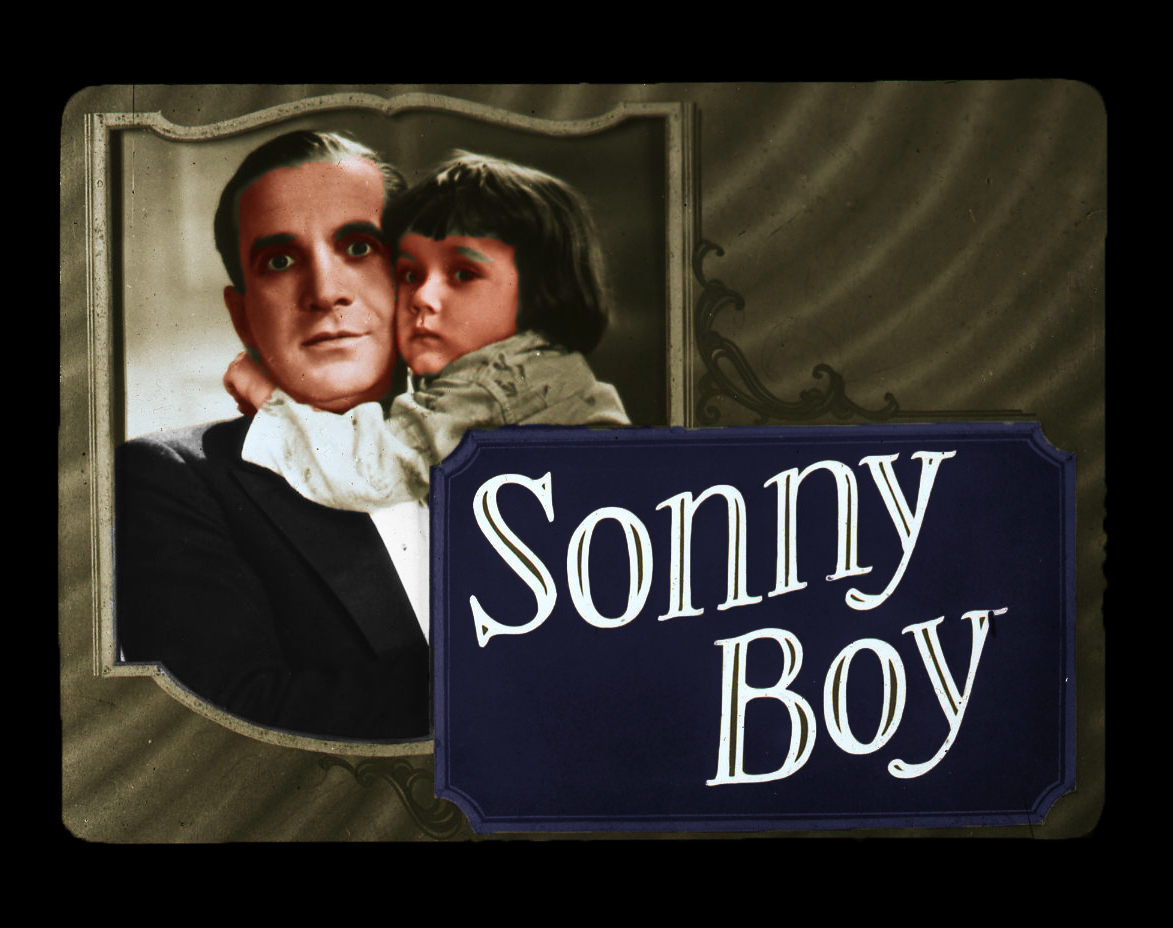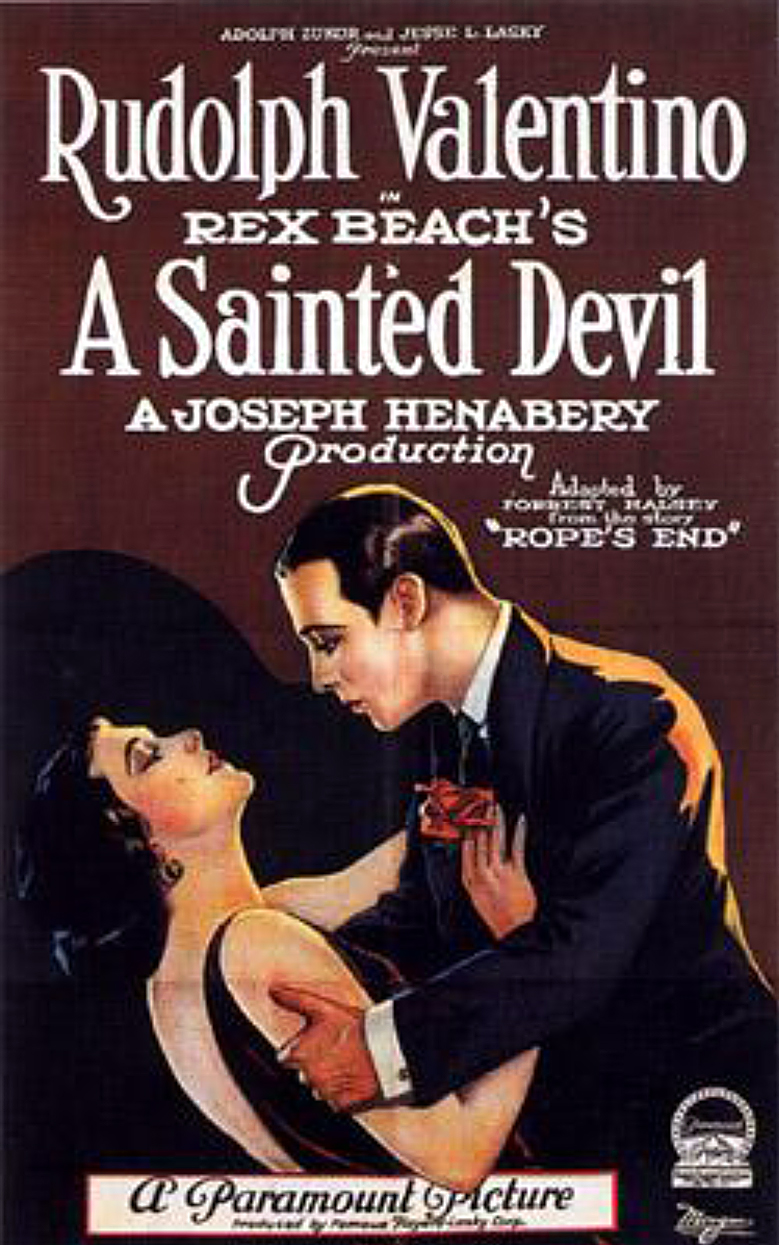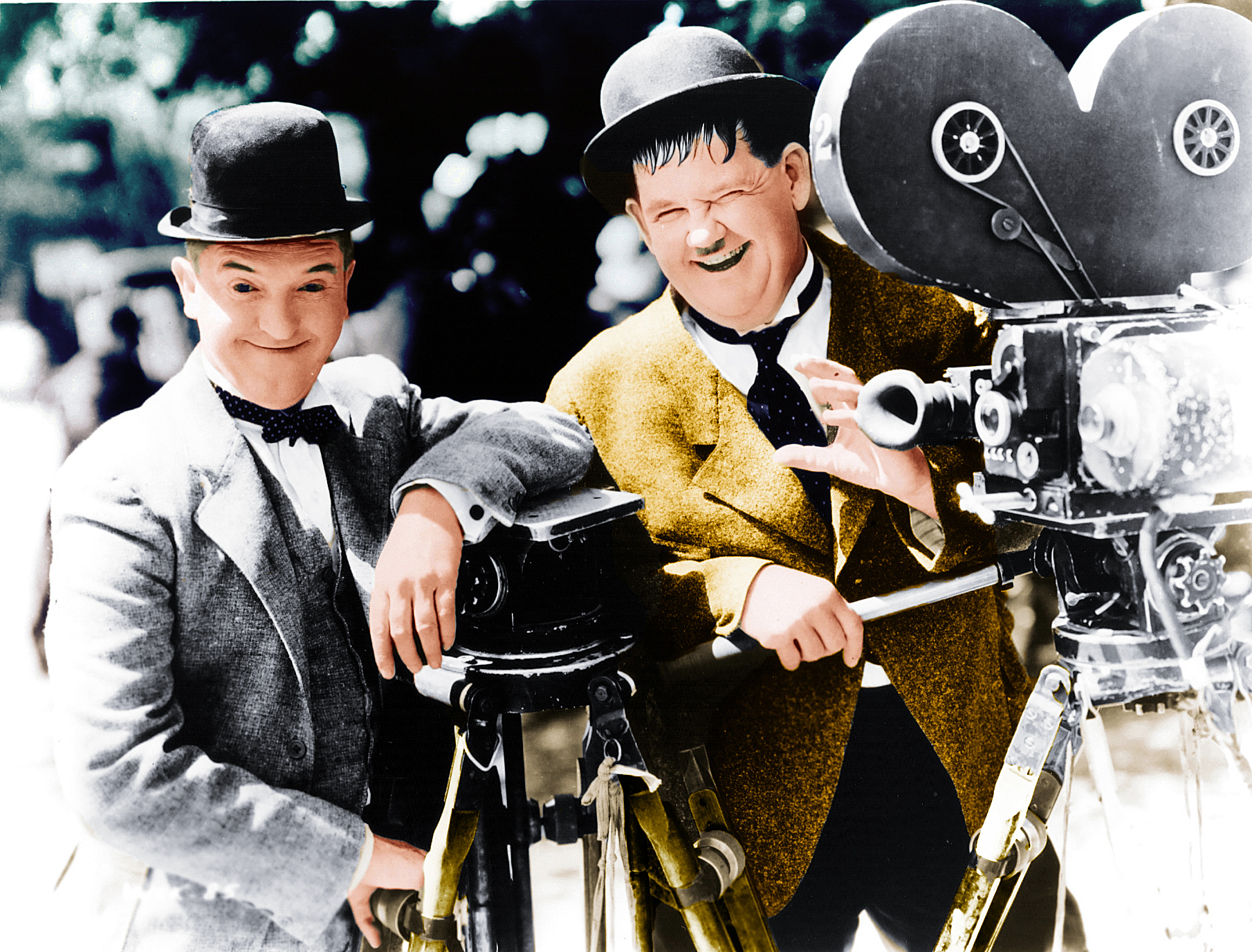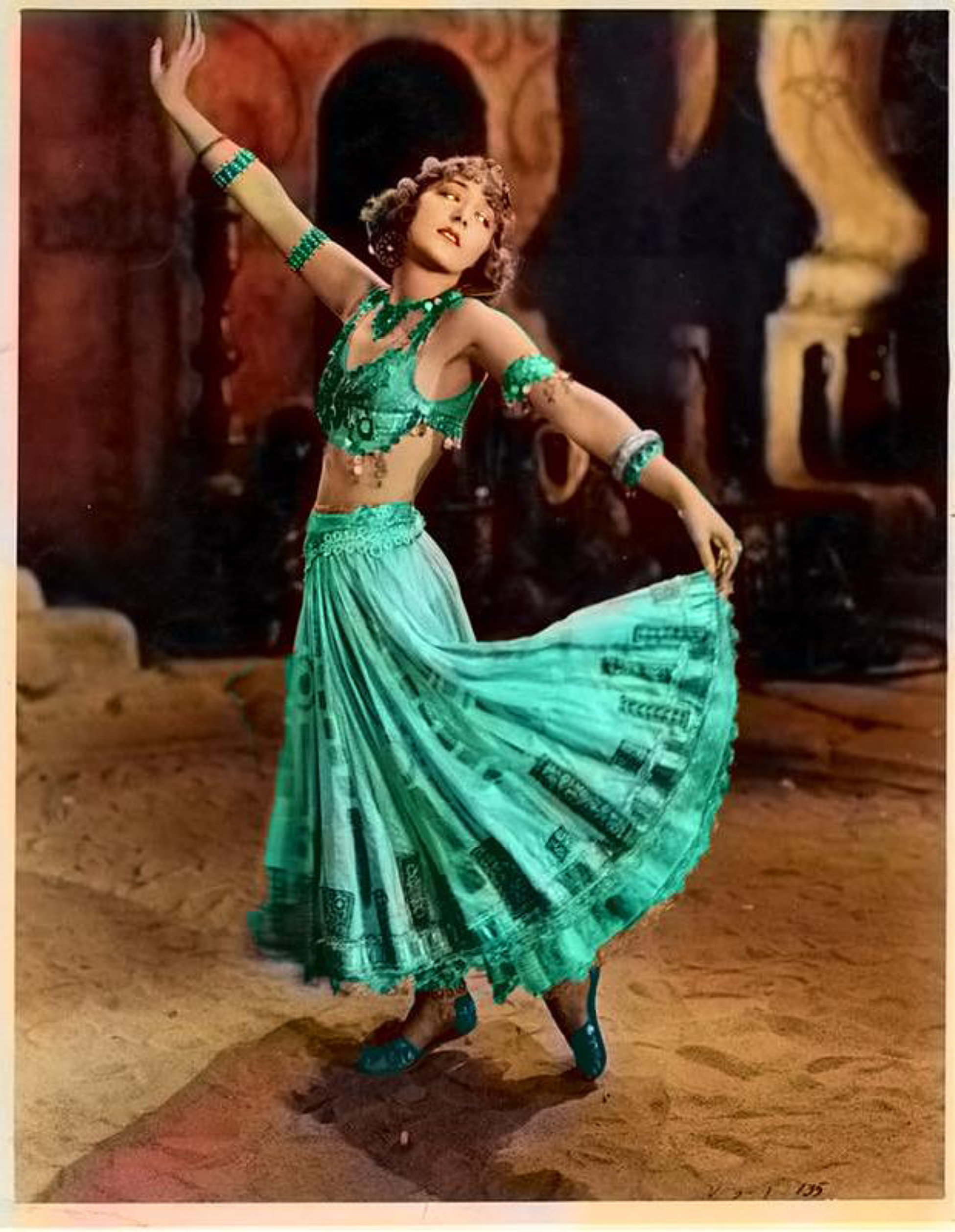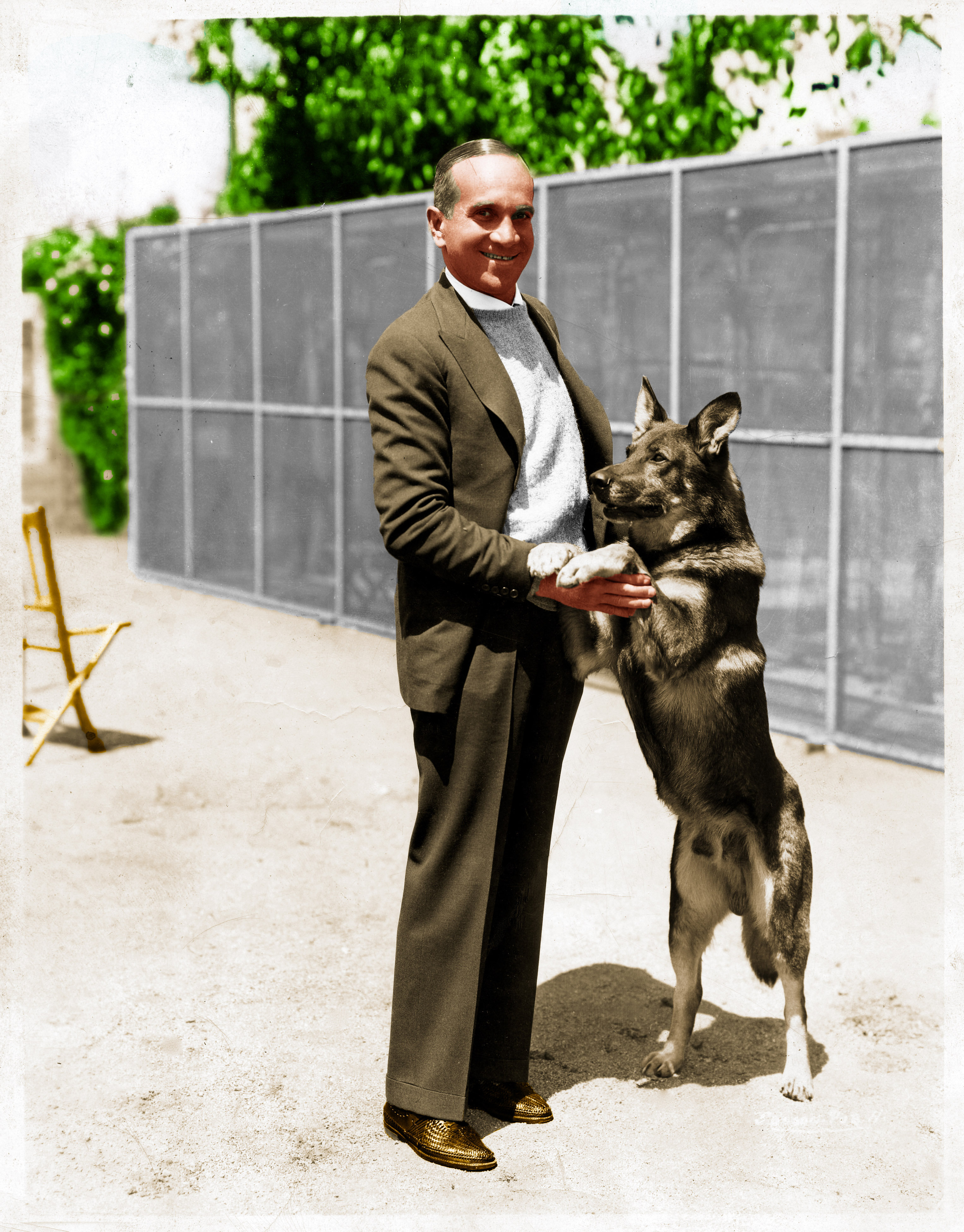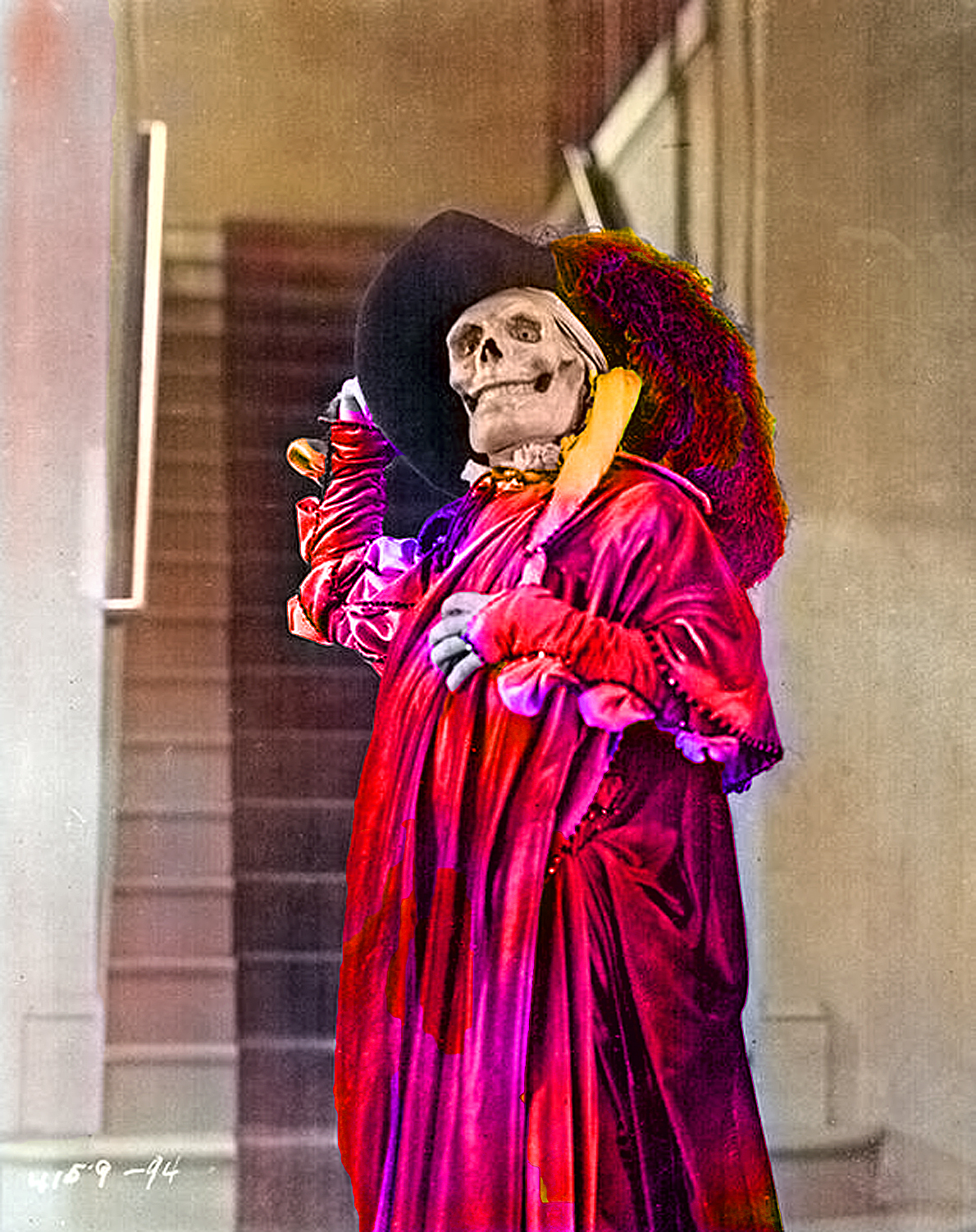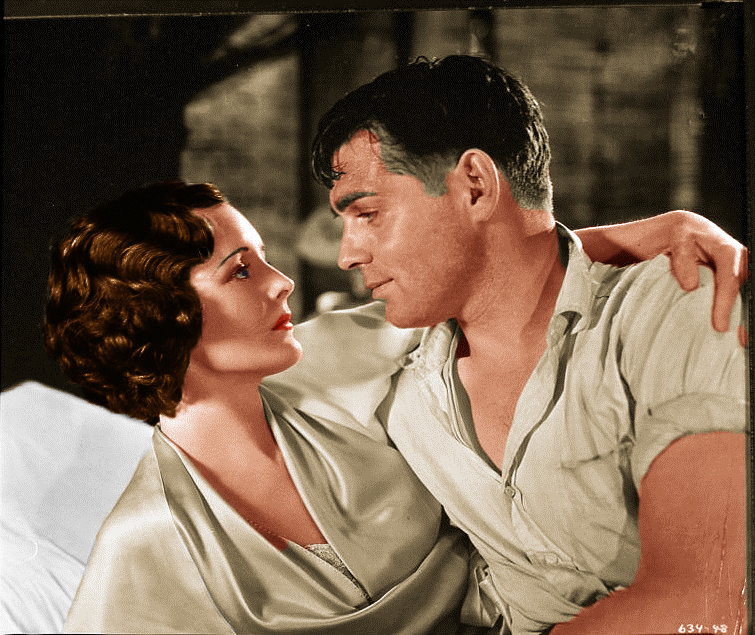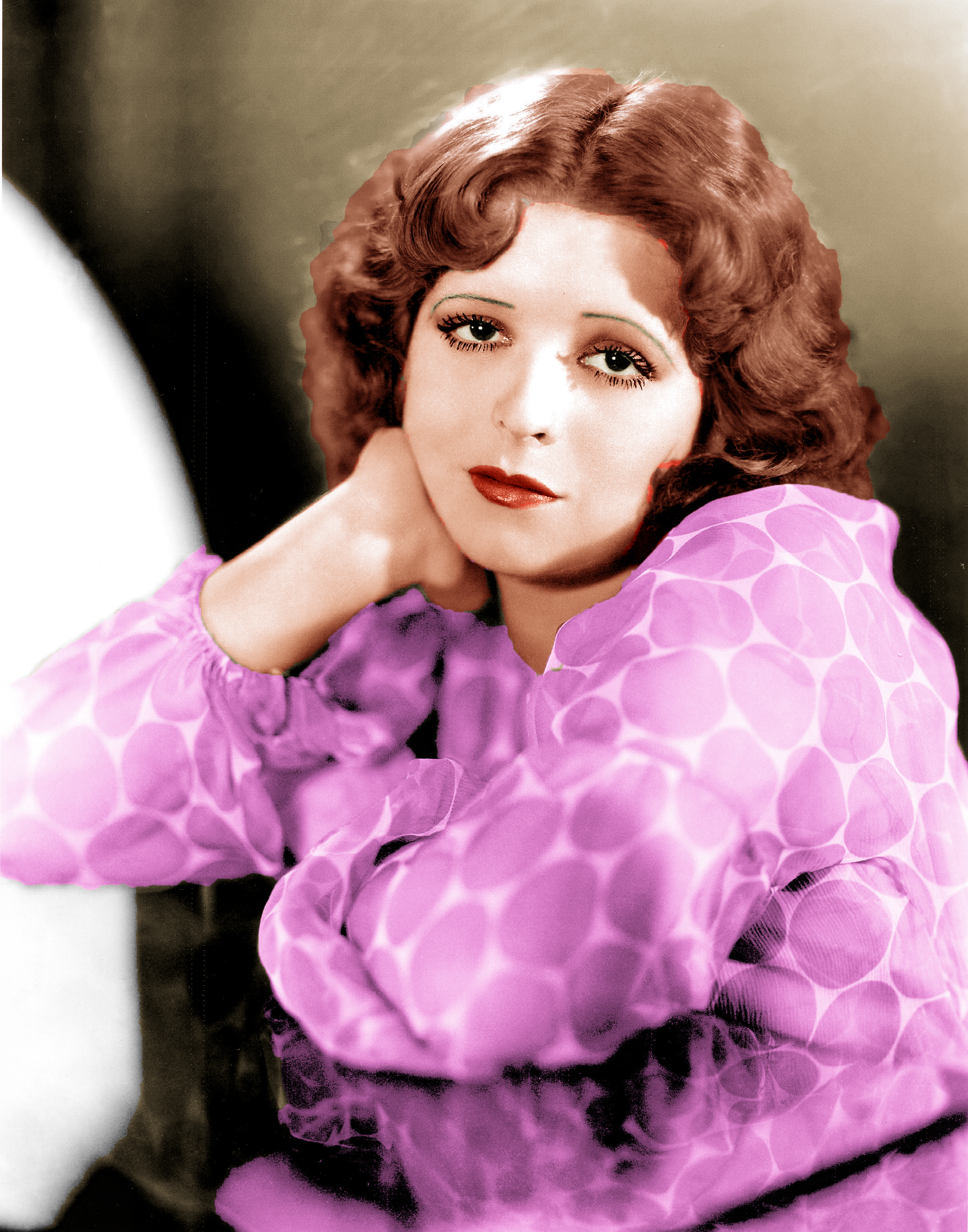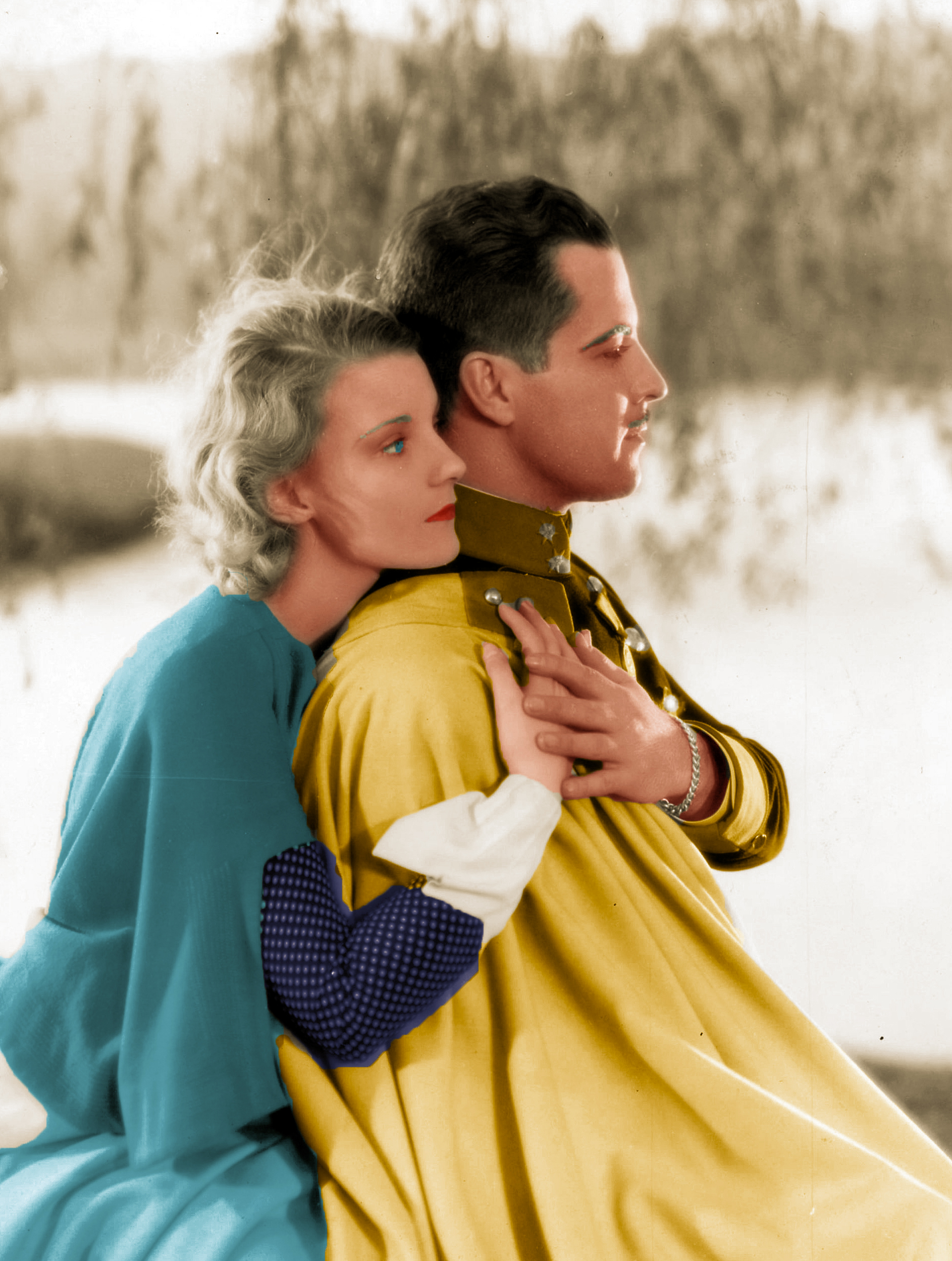Throughout the year I am always colorizing photographs for my three Facebook groups. (Click any of the three here on the right under the listing for “Arliss Archives” and request to join >>>>>>>>>>>>>>>>>
So, in no particular order I offer a parade of notable talented people from the past, all of whom we can see and hear today thanks to the restoration of their films on DVD, Blu-ray, and streaming.
Before the advent of so-called Rock Stars of our time, just who were the celebrities that were treated like the rock stars of today? Believe it or not, the public was first obsessed with opera singers. Film stars would develop a bit later, but among the many superstar opera singers of the early 1900s, none were more popular than soprano Geraldine Farrar. During her summers off from the Metropolitan Opera in New York, she traveled to Los Angeles in her own private railroad car to make films for Cecil B. De Mille. This portrait dates from 1906:
One of her most popular films was De Mille’s JOAN THE WOMAN (1917) where Gerry portrayed Joan of Arc. No, she didn’t sing, she didn’t even speak because it was a silent film. But audiences were mesmerized nevertheless:
A newspaper ad for her 1919 film had quite an eye-catching title:
Perhaps the most popular of rock stars, I mean opera singers, of that time was tenor Enrico Caruso. Yet another star of the Metropolitan Opera along with Farrar, he was recruited for movies in 1918, possibly because of Gerry’s success in that medium. His film debut was in MY COUSIN where he played two roles: a famous opera singer and his poor cousin.
Caruso literally established the standard of the opera star as a mass communications phenomenon. He embraced making records not merely as a sideline but as an important part of his career. It was said that Caruso made records an important commodity much more than records made him important.
Here are two pressbook pages used to help theater owners publicize MY COUSIN:
The Met was an unlikely source for movie stars, but the Ziegfeld Follies was another matter. Where to start: Marion Davies, W.C. Fields, Helen Morgan, Will Rogers, Billie Burke, Eddie Cantor, and many more Follies performers had long and successful film careers. But perhaps the most heartbreaking was Olive Thomas who soared from being a “Ziegfeld Girl” to becoming a major film star in the late 1910s:
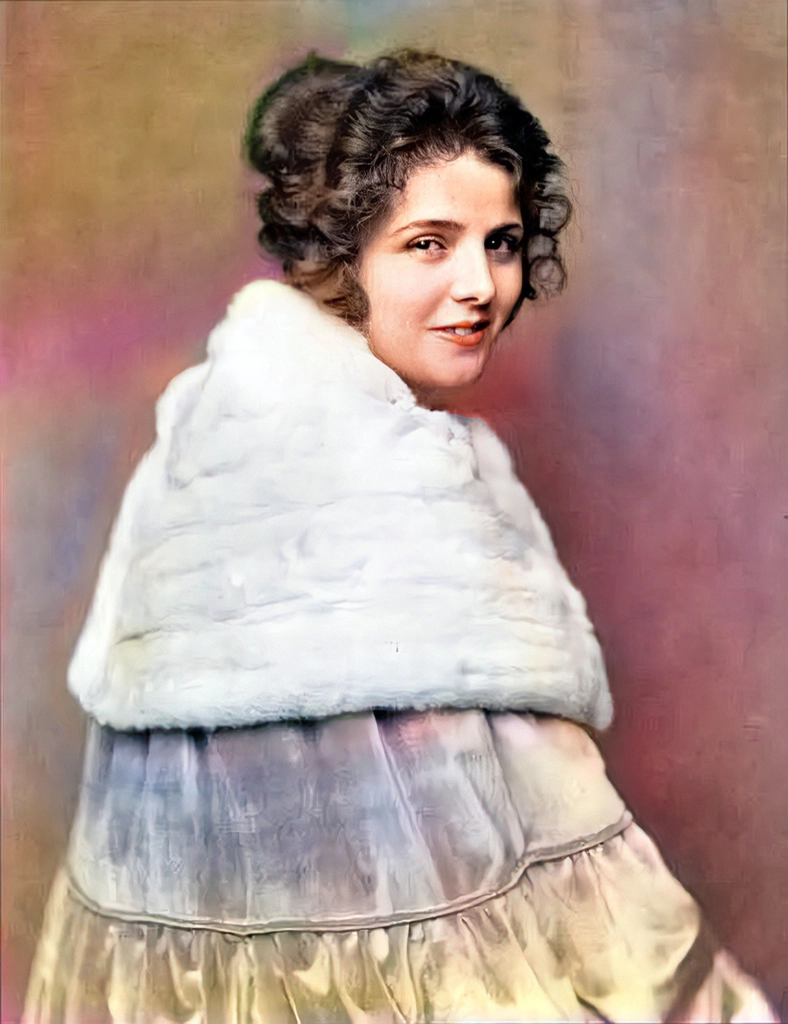
Olive married Jack Pickford, Mary Pickford’s brother, in 1916 but their respective film careers kept them from getting away for a honeymoon until the summer of 1920. They sailed for Europe but one night in Paris Olive accidently ingested poison and died a few days later of kidney failure.
Latin actors were especially popular stars in American films of the 1920s. Here are two prominent Mexican actresses early in their careers: Lupe Velez and Dolores Del Rio.
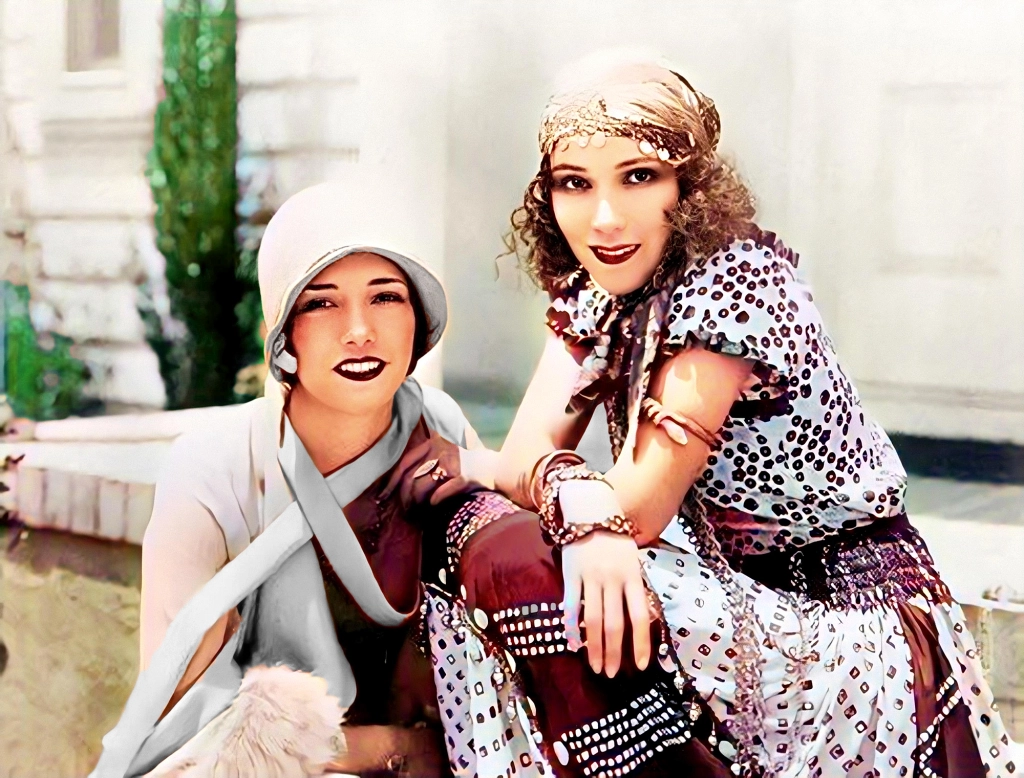
Nobody planned it, but early Hollywood was a multicultural community long before the term was invented. Here is Hungarian Vilma Banky and Italian Rudolph Valentino with director Clarence Brown on the set of THE EAGLE (1925):
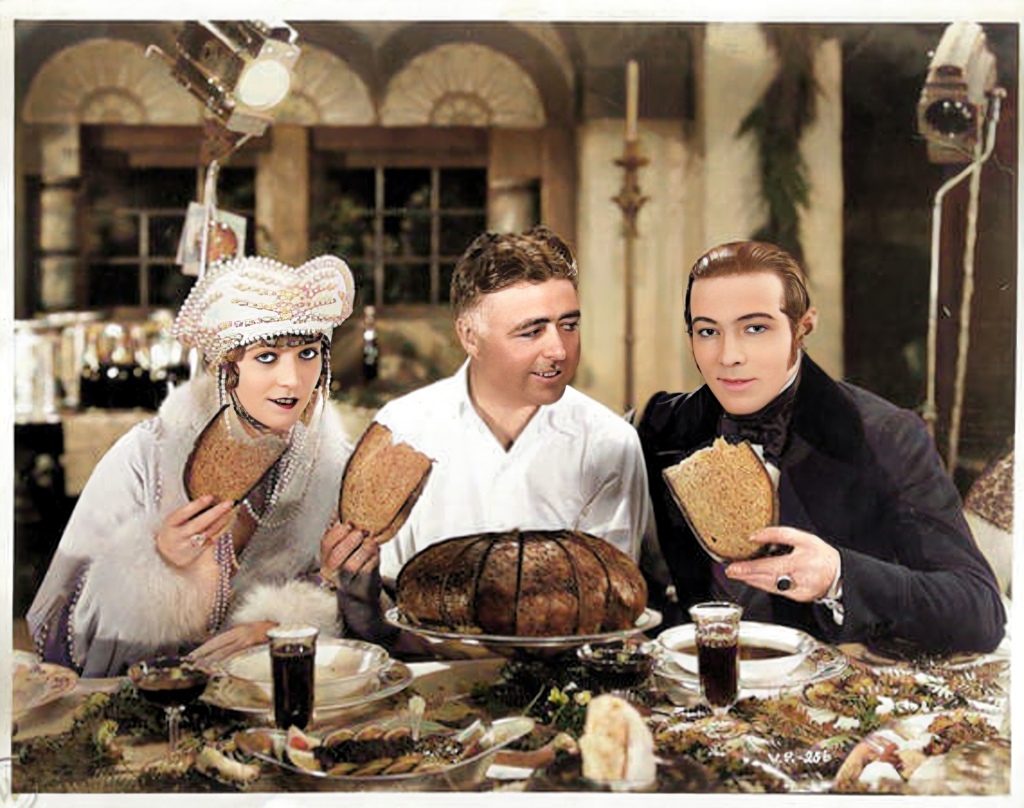
Valentino arrived in America in 1913 with not much more than optimism. Within a few years he was attracting attention as a dancer and in films. Rudy’s career blossomed in the early 20s and it seemed that just about everything he did attracted attention. He and his wife Natacha Rambova toured America in 1923 in a dance presentation that was wildly popular ……

….and widely imitated:
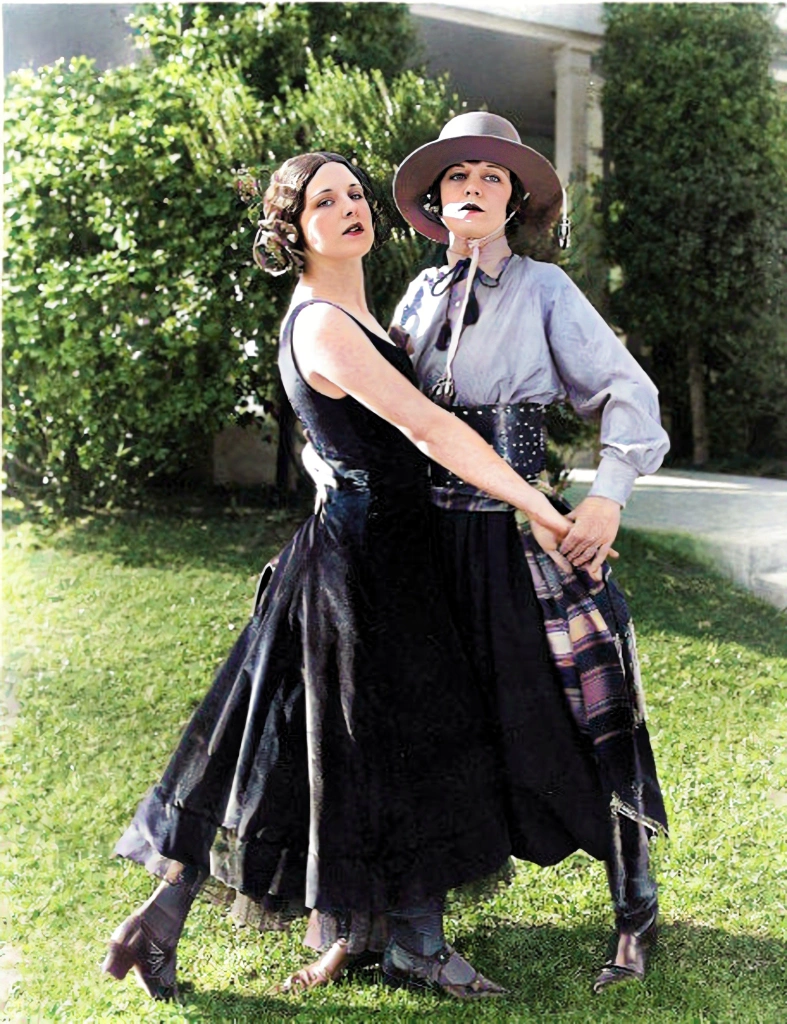
Movie star sisters Shirley Mason and Viola Dana raised funds for charity with their dance routine in imitation of the Valentinos.
Polish actress Pola Negri became a popular film star in Germany, then tackled Hollywood with help from some of her German friends who came over such as director Ernst Lubitsch. By the mid-1920s she was an “American” film star and her activities were covered as front-page news:
German film star Conrad Veidt was called “the John Barrymore of Europe.” So when John Barrymore invited him to travel to Hollywood to appear in his new film, THE BELOVED ROGUE in 1926, Veidt happily accepted. Conny – as he was called – made friends quickly in Hollywood and Universal signed him to a three-film contract. Here is a character portrait as the magician who is infatuated with his assistant, Mary Philbin, in THE LAST PERFORMANCE (1929):
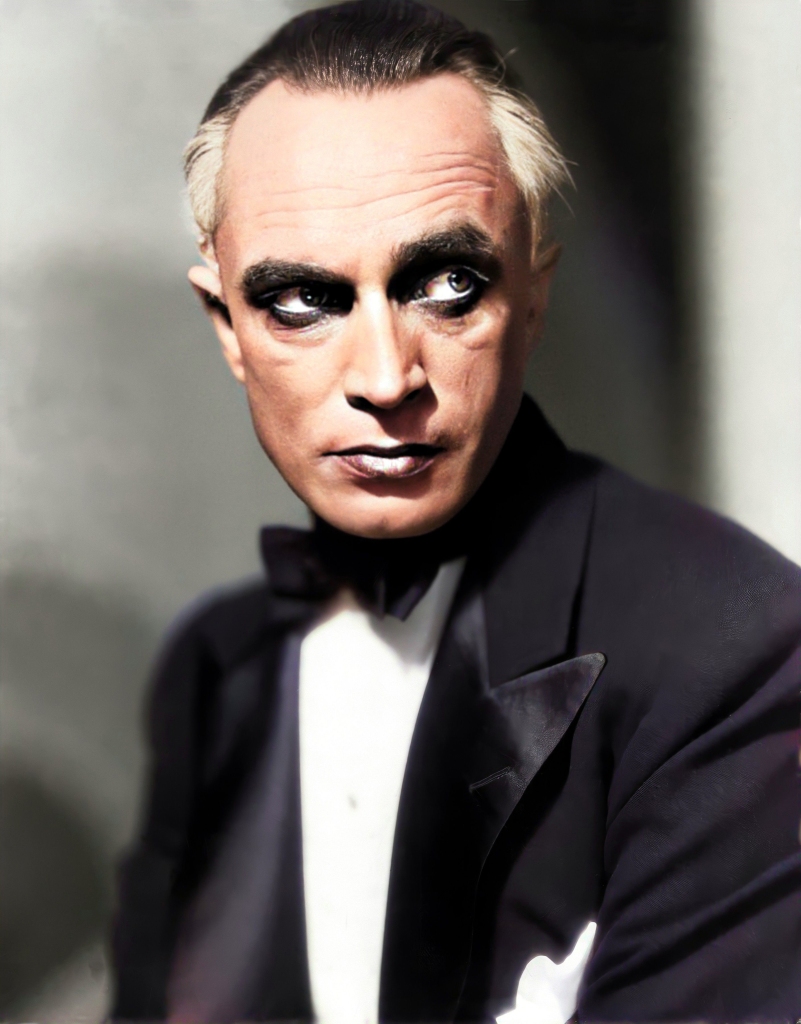
But Veidt’s first stint in Hollywood – he returned during World War II to make propaganda films – was capped by the elaborate Gothic horror film, THE MAN WHO LAUGH (1928):
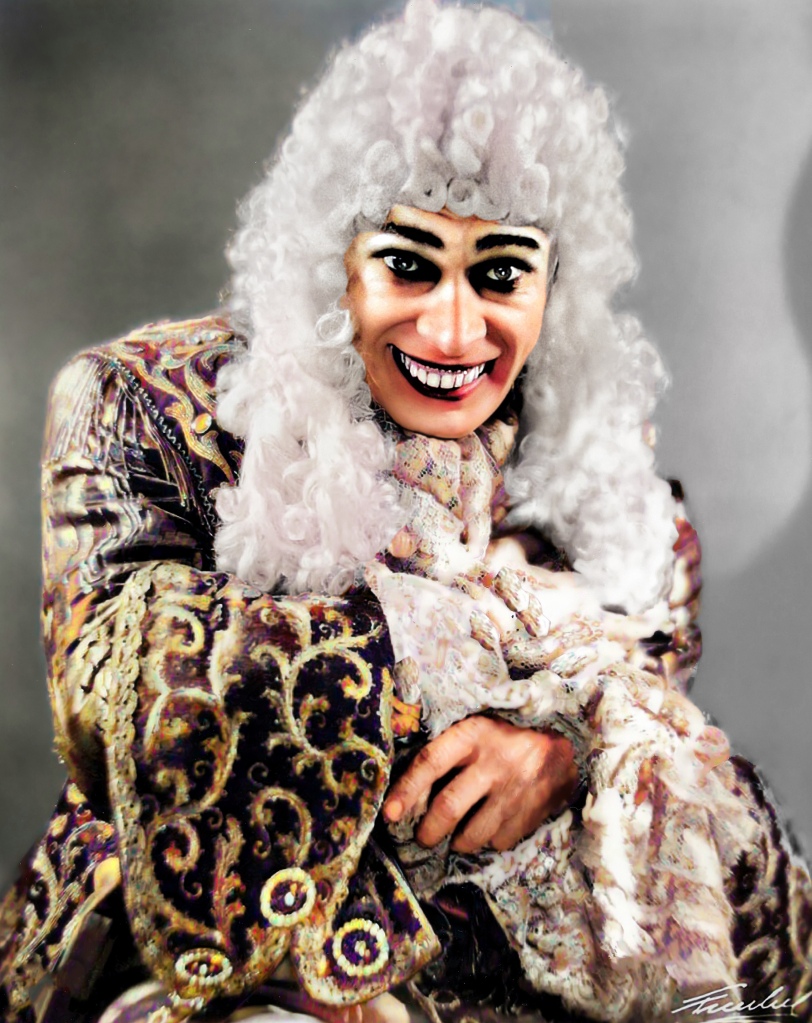
When Veidt returned to Hollywood shortly before his death in 1943, he scored in several war-related films, especially CASABLANCA (1942). Here Conny shares a scene with Claude Rains:
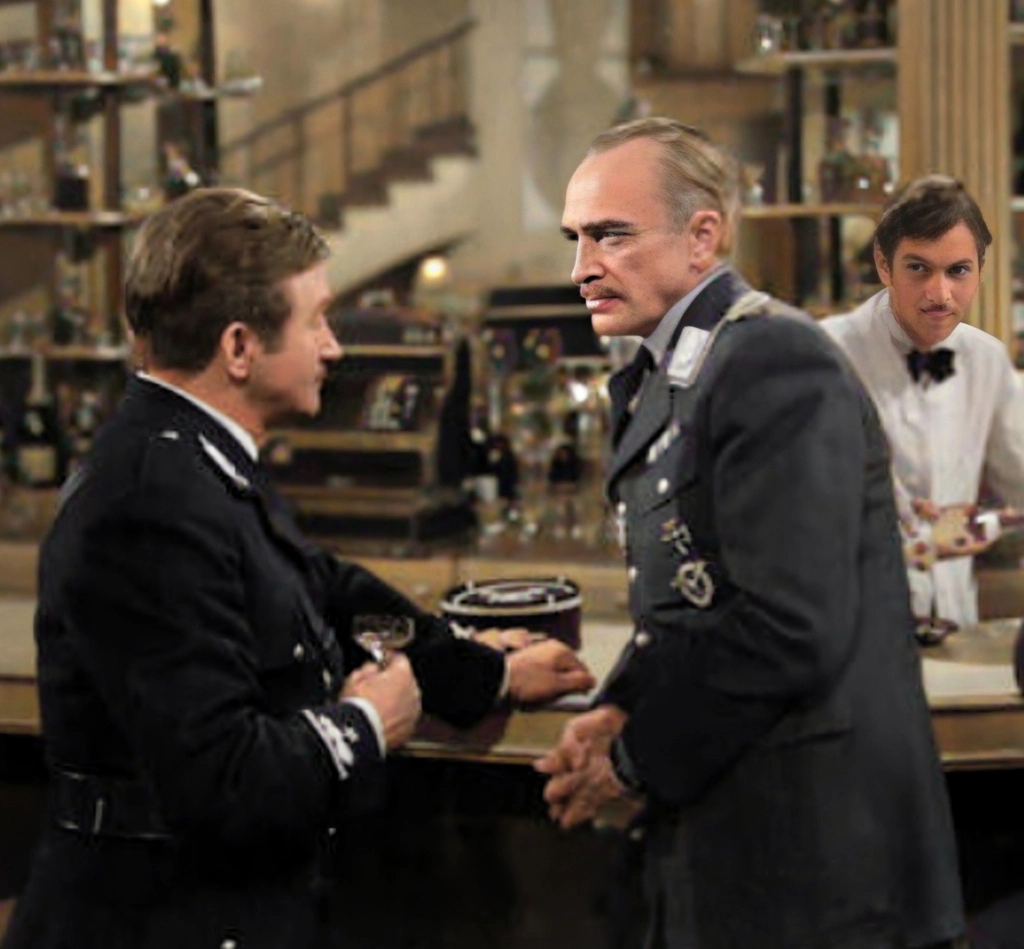
Mabel Normand became the first major female comedian in American films by about 1913. She also directed a number of her films for Mack Sennett and his Keystone studio. Believe or not, she directed Charlie Chaplin in a film during his first year making movies in 1914. Eventually, she focused on acting exclusively and for a number of years before poor health limited her activities, she was one of the most beloved film stars.
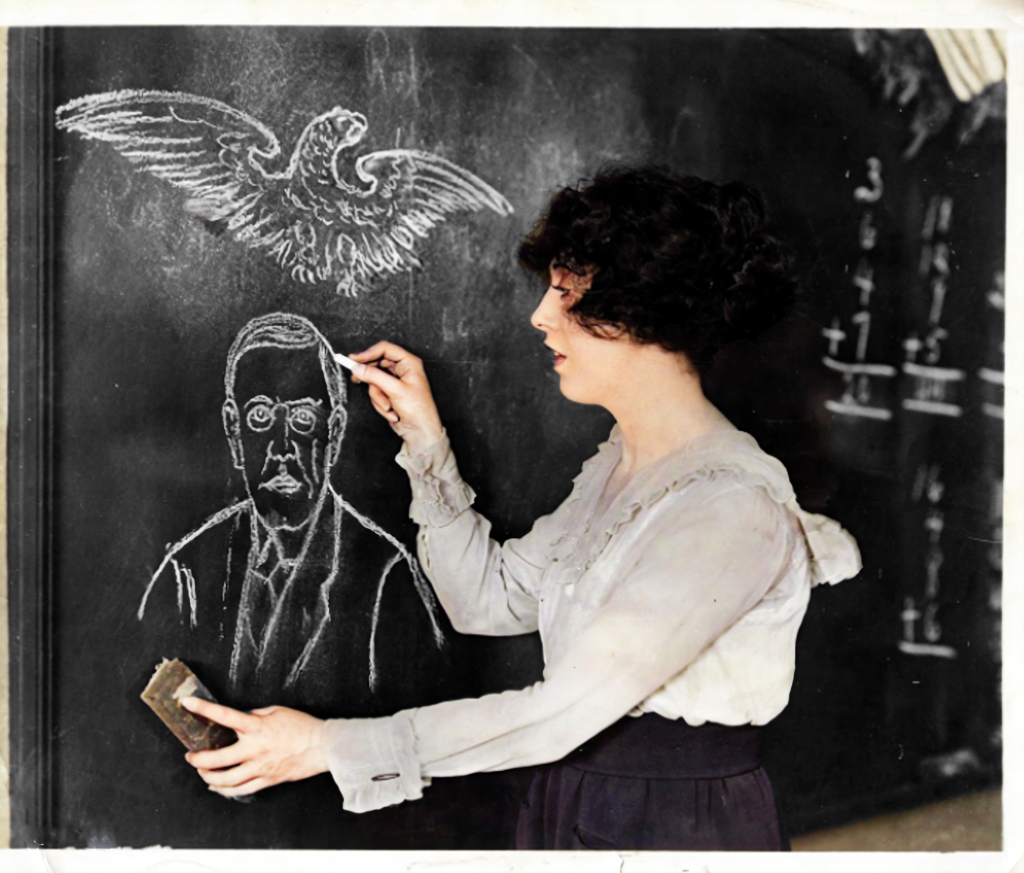
Mabel helps build morale during World War I with this 1918 schoolroom pose. Whether she actually drew that image of President Woodrow Wilson is open to speculation, but she focused attention where it needed to be.
Normand was not the only actress-director of that time. Lillian Gish gave it a try once by directing her sister Dorothy in one of her feature films. She never directed again and when she was asked why, she was quoted as saying, “It’s no job for a lady.” Here she is playing Mimi on the set of LA BOHEME (1926) with star John Gilbert on the left and director King Vidor on the right:
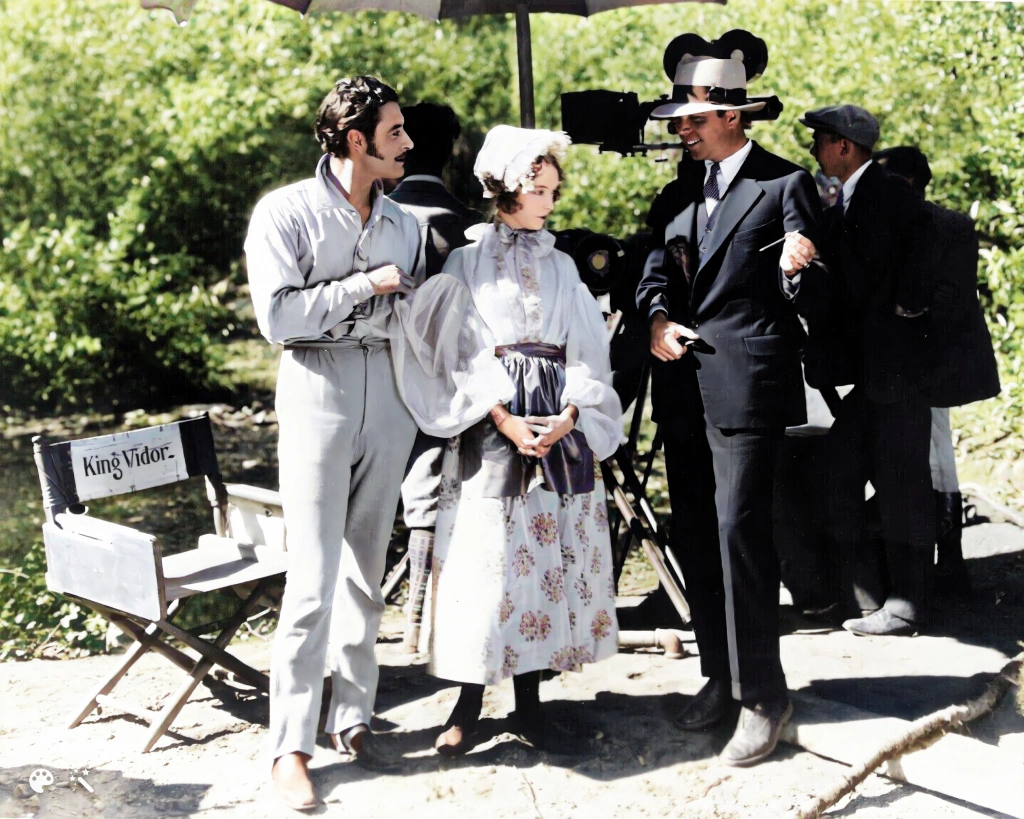
Lillian Gish continued to oversee her films more in a producer capacity and was involved in every aspect of filmmaking including set design. This is a stunning portrait of the set in ROMOLA (1924) that literally dwarfs its star. Much of this film was made on location in Italy:

Boris Karloff made plenty of films during the 1920s, but fame eluded him until he played the Monster in FRANKENSTEIN (1931). Lon Chaney Sr., the Man of 1,000 Faces, once advised him to play a character that would make himself memorable to the public. It took Boris a while to accomplish this. Here is one of his attempts circa 1925 in a film that I haven’t been able to identify. Anybody recognize it?
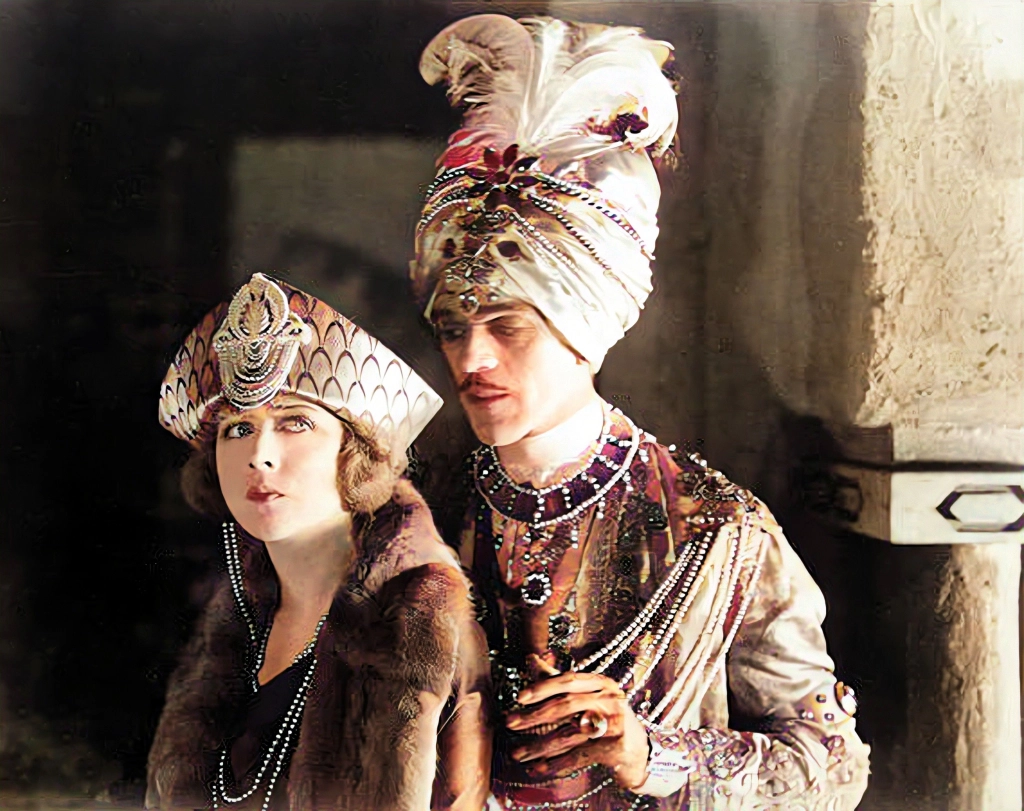
Speaking of Lon Chaney Sr., here is one of his thousand faces in the 1928 film, LAUGH CLOWN LAUGH:
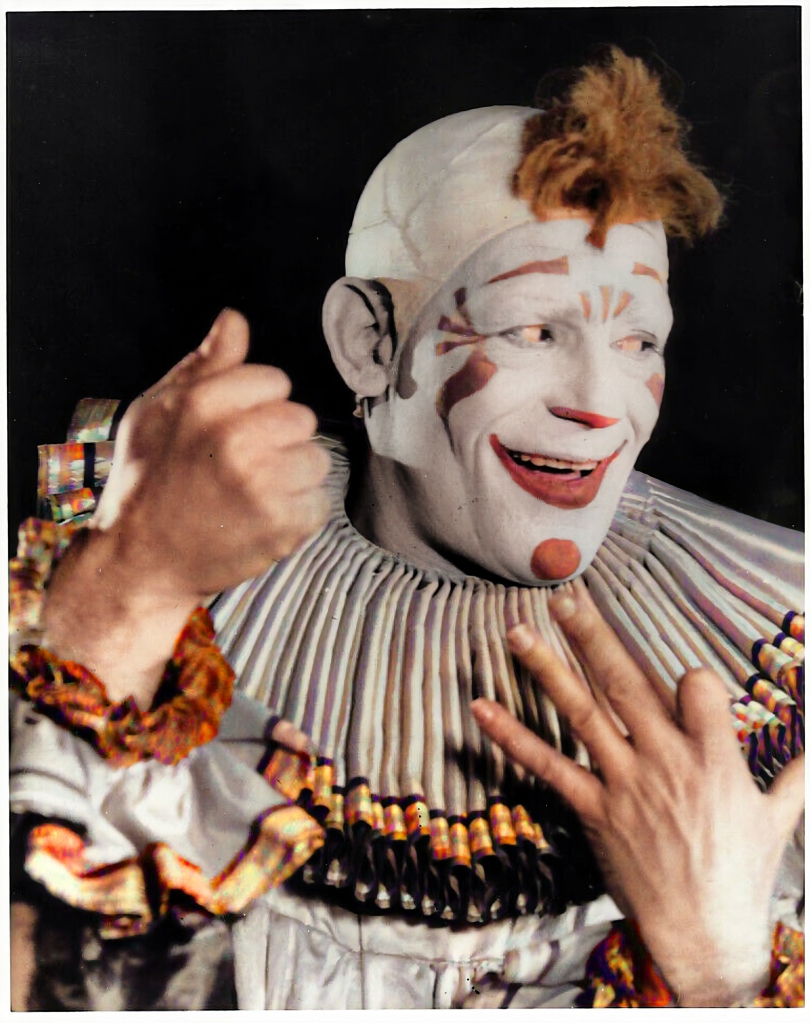
Finally, here is an iconic group photo of some of the most popular silent film stars of the 1910s and 1920s as they appeared in the 1936 film, HOLLYWOOD BOULEVARD. No doubt you will notice that most of them still look relatively young in 1936. Well, they were. In some ways, not much has changed in Hollywood during the past decades. A star at 20 and an extra by 30. But many of these former stars skillfully reinvented themselves and did quite well in their later lives:
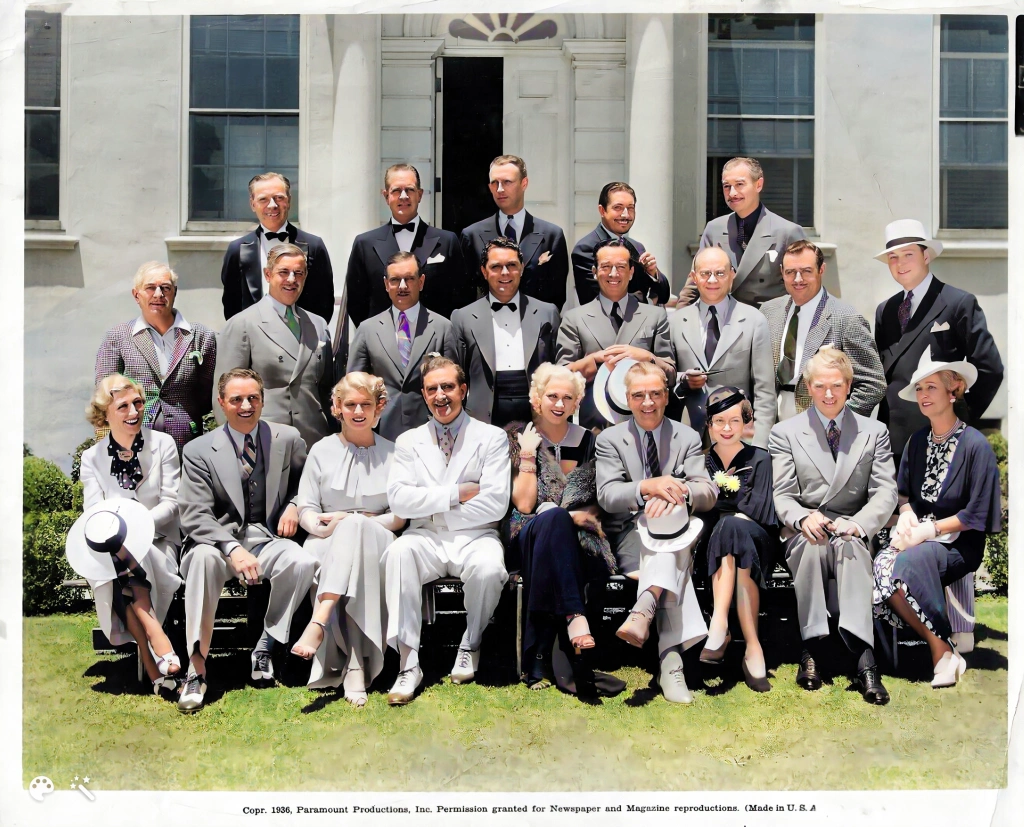
Who they are:
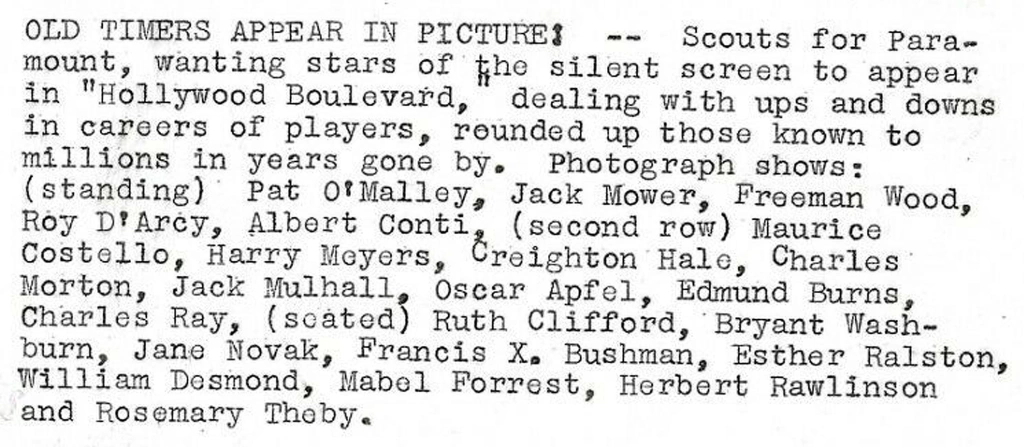
I hope you enjoyed our tour through times past. They were certainly colorful!
